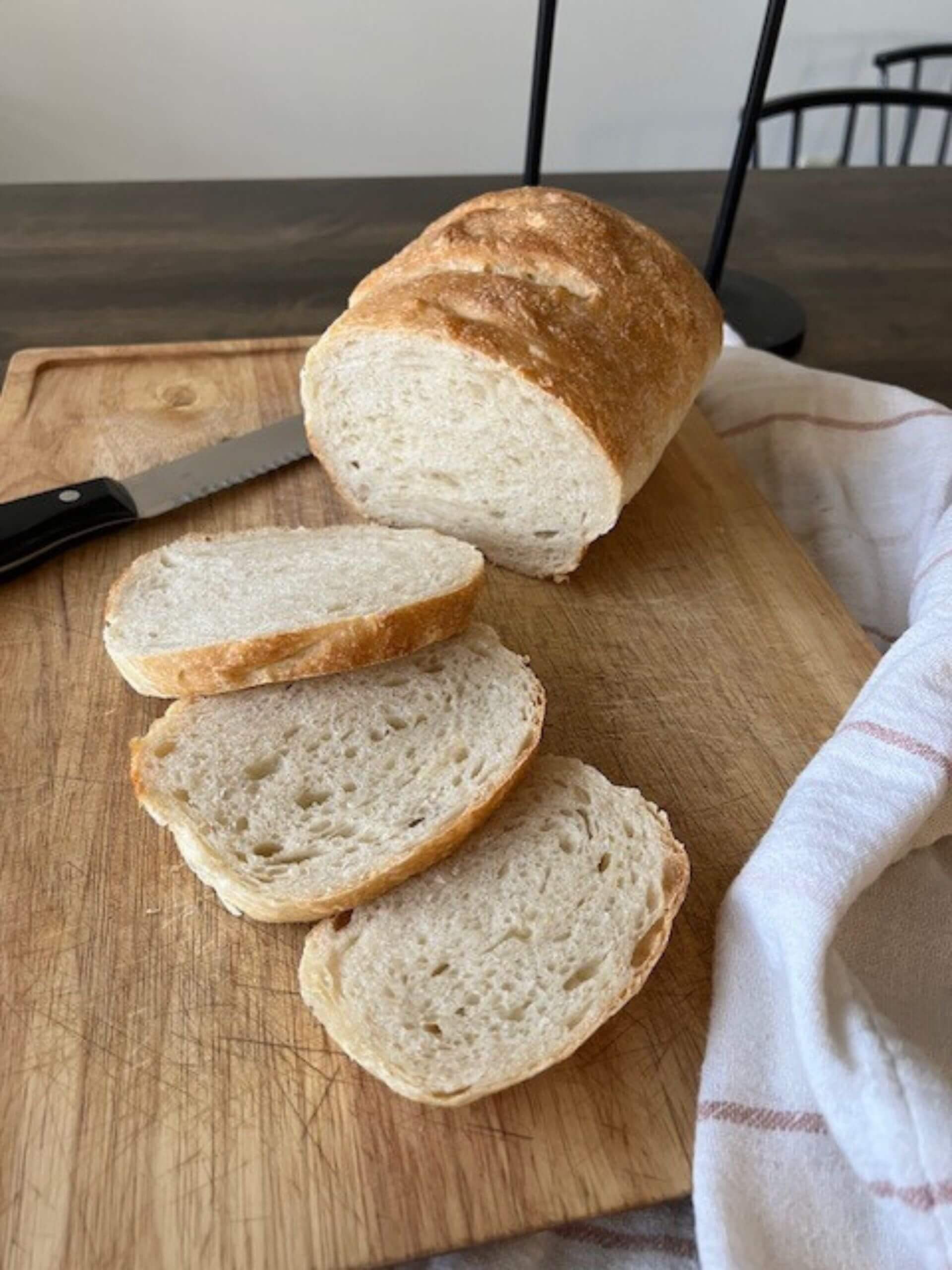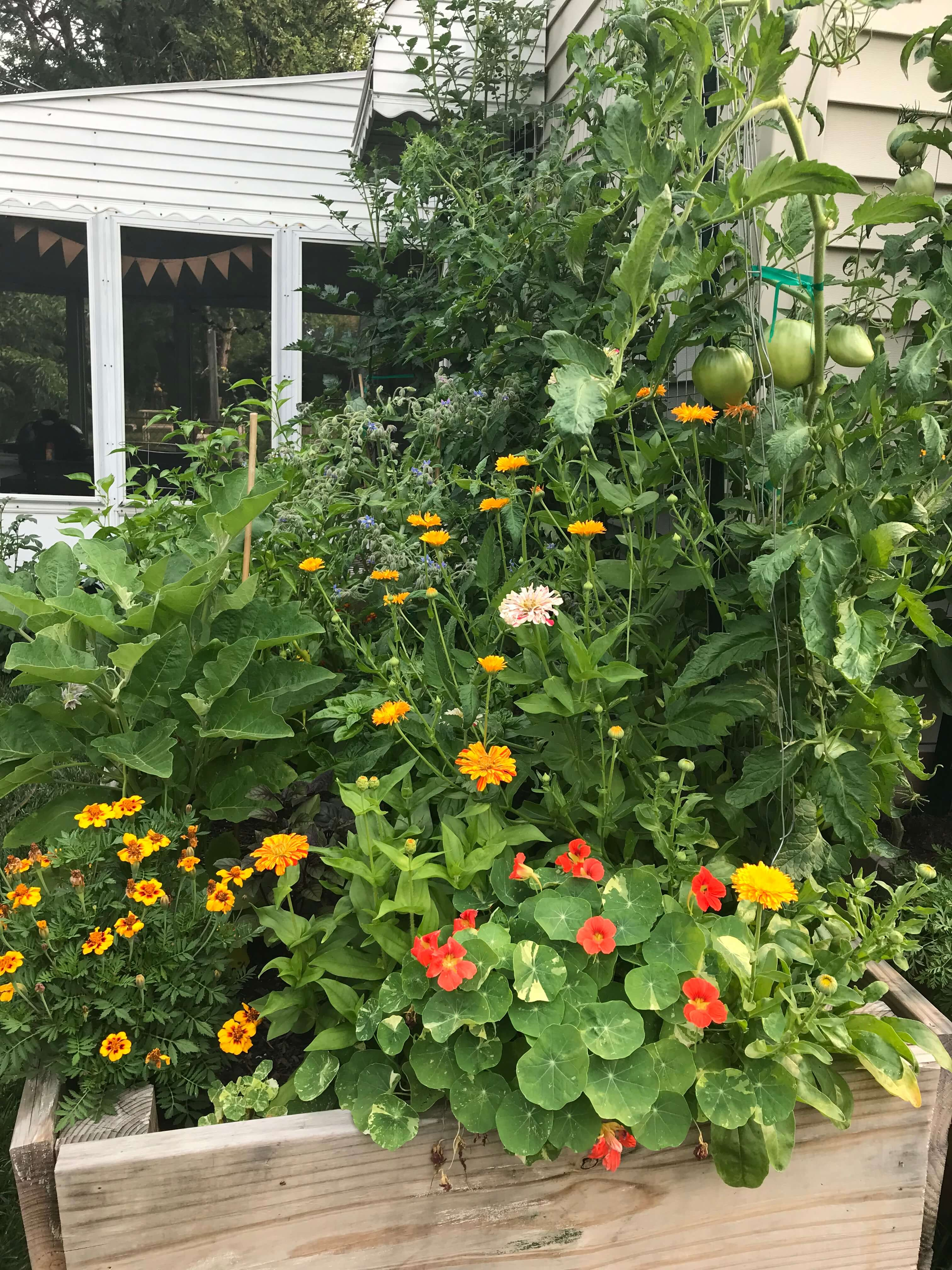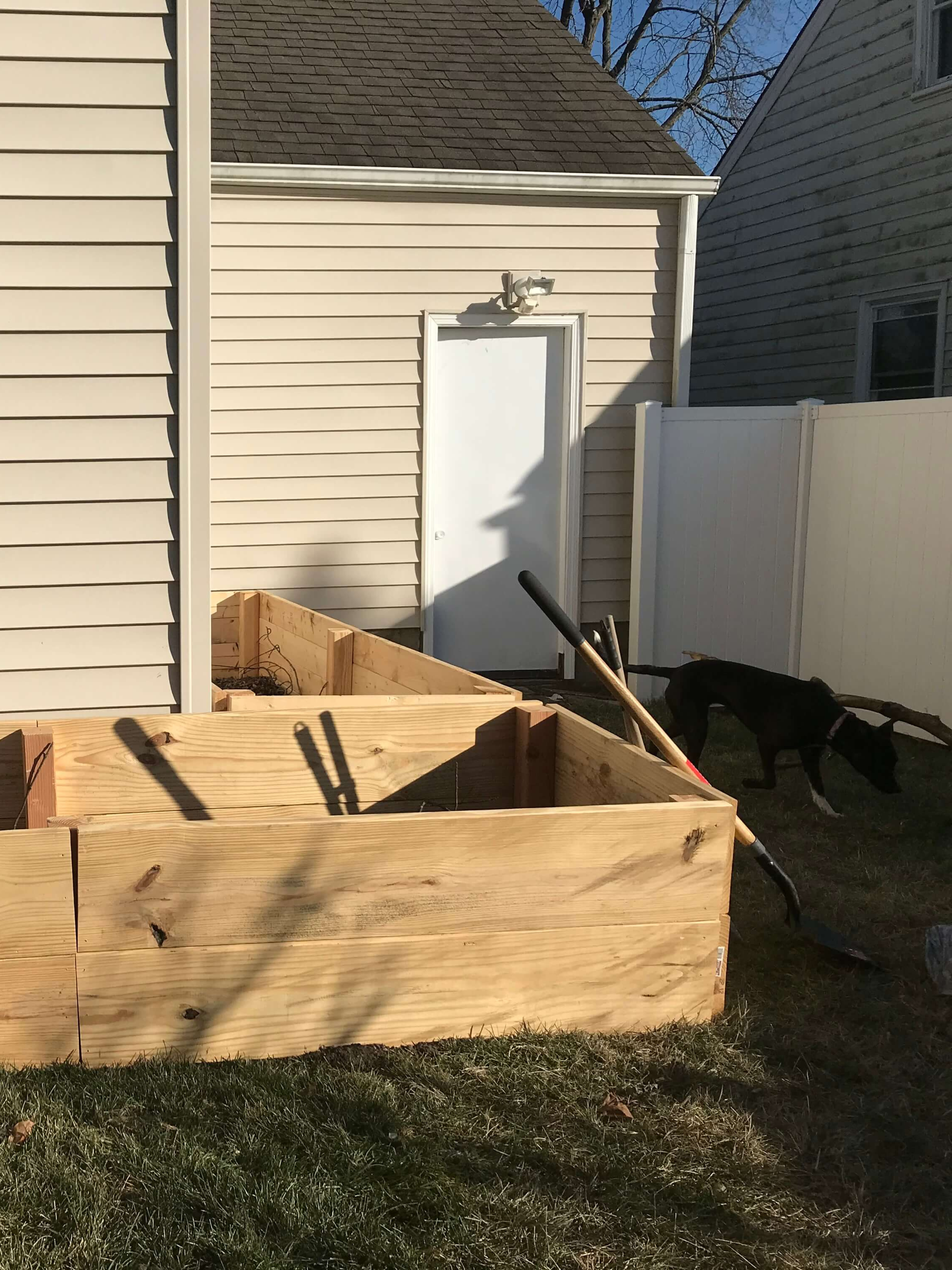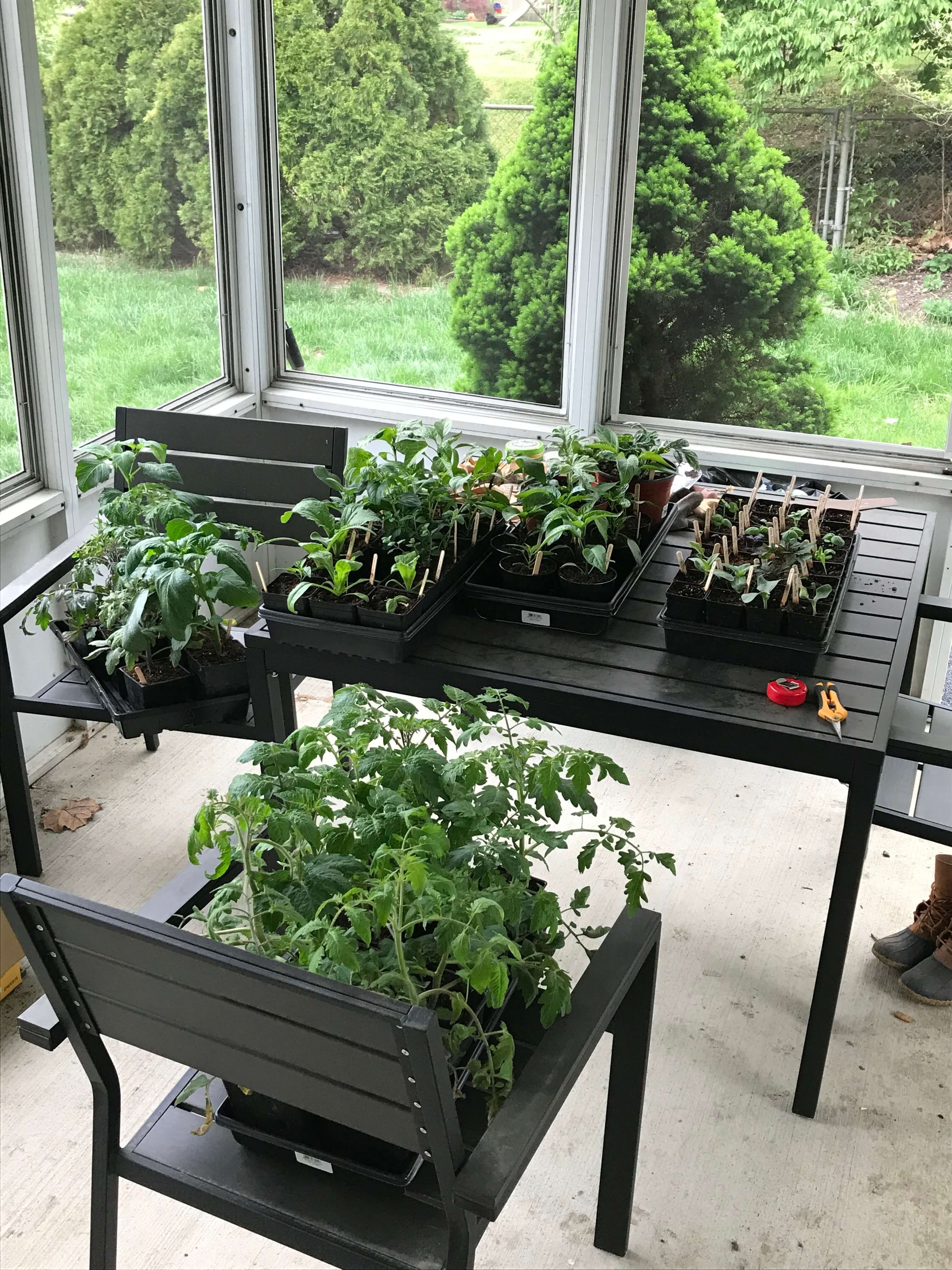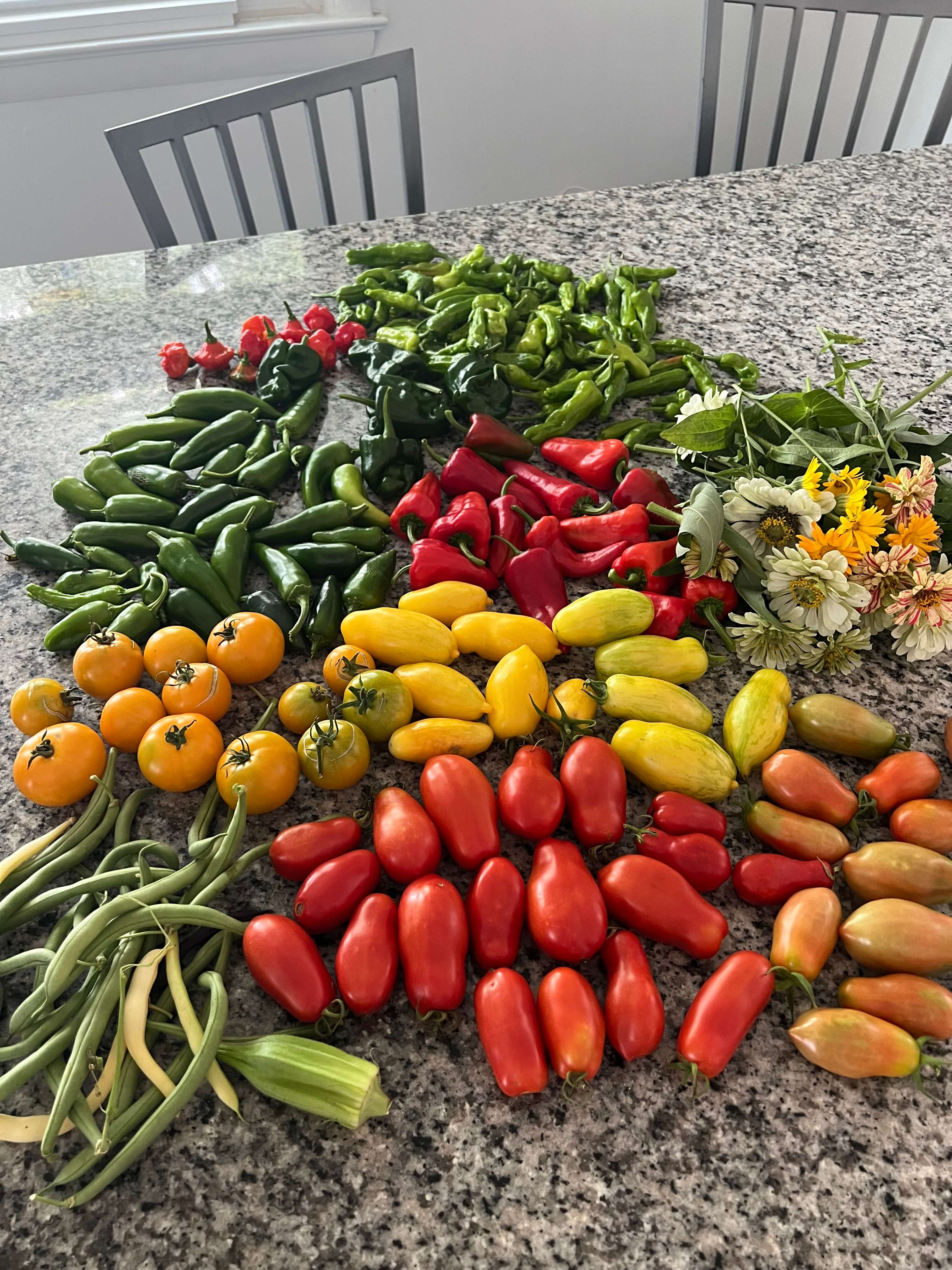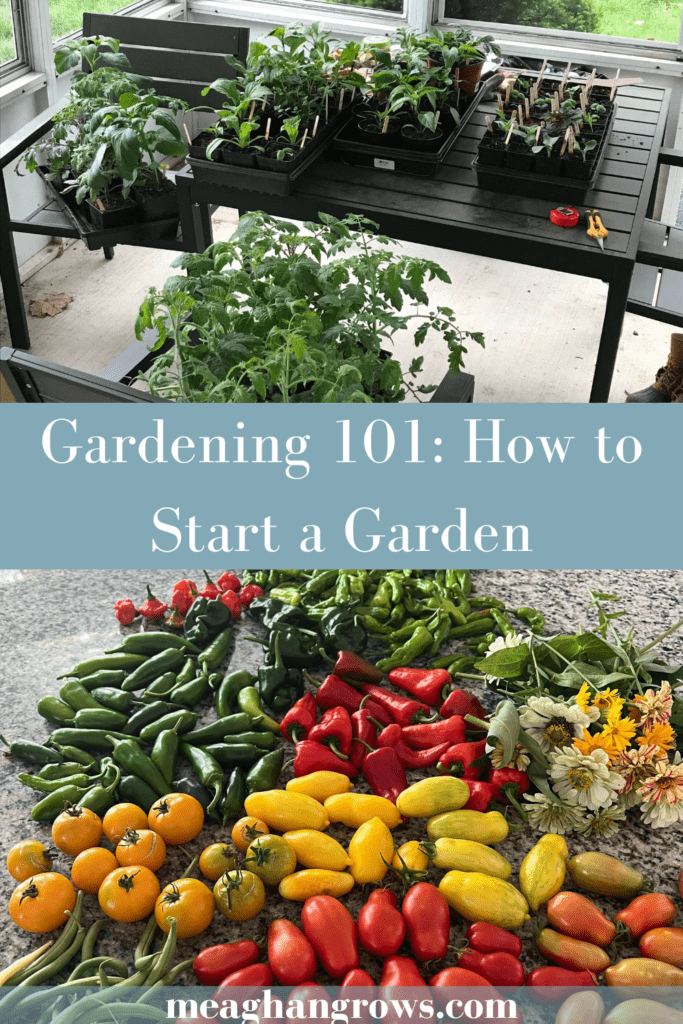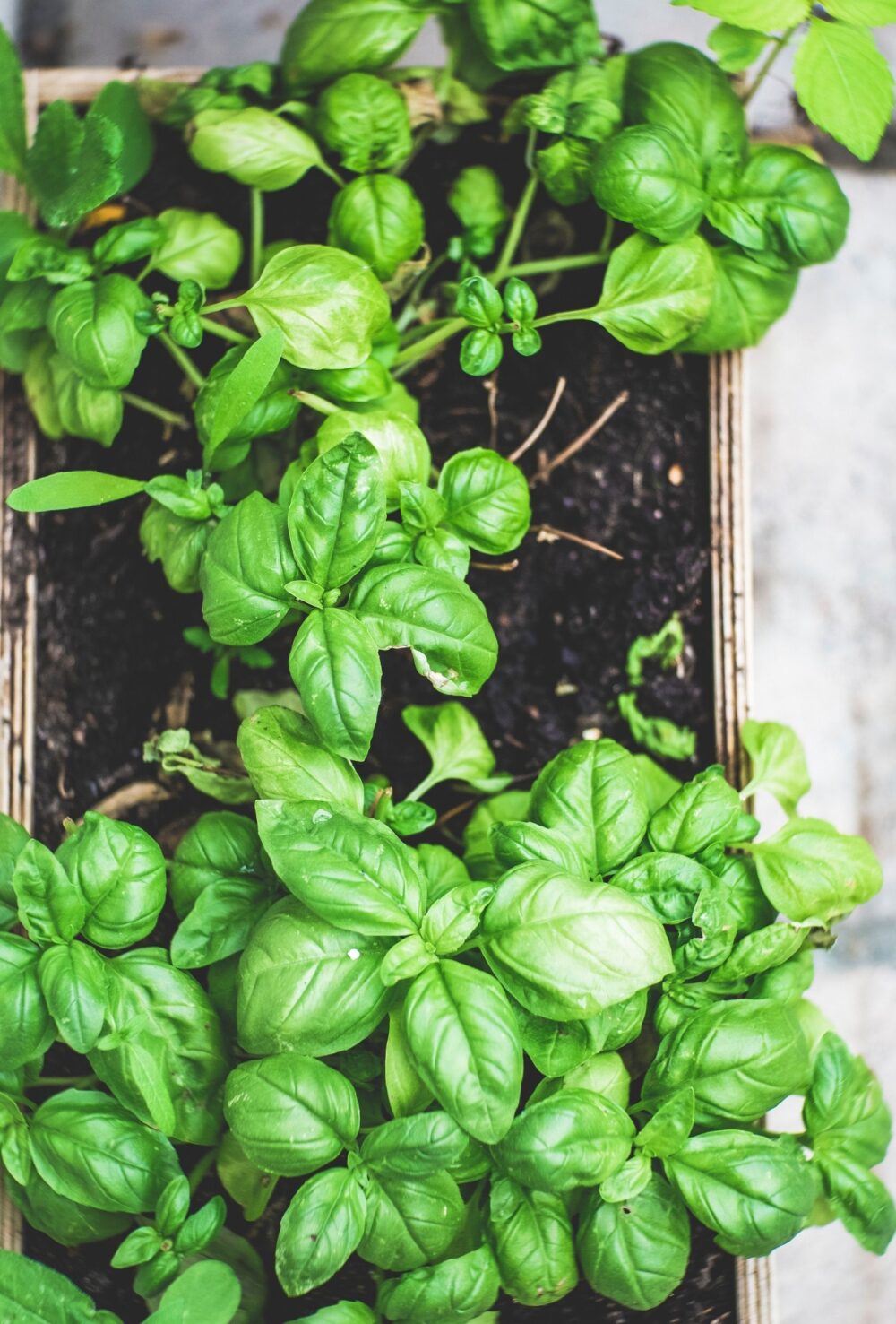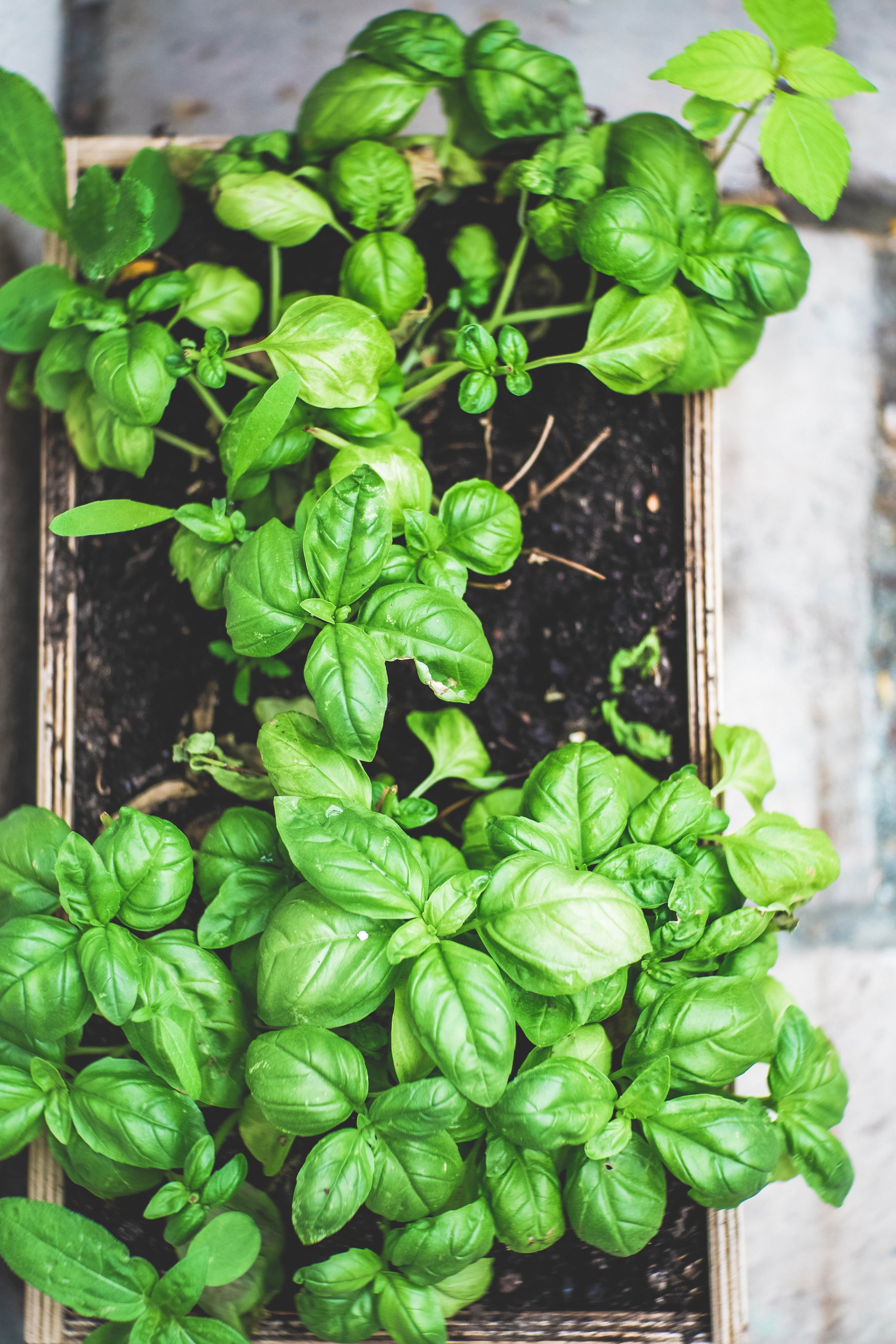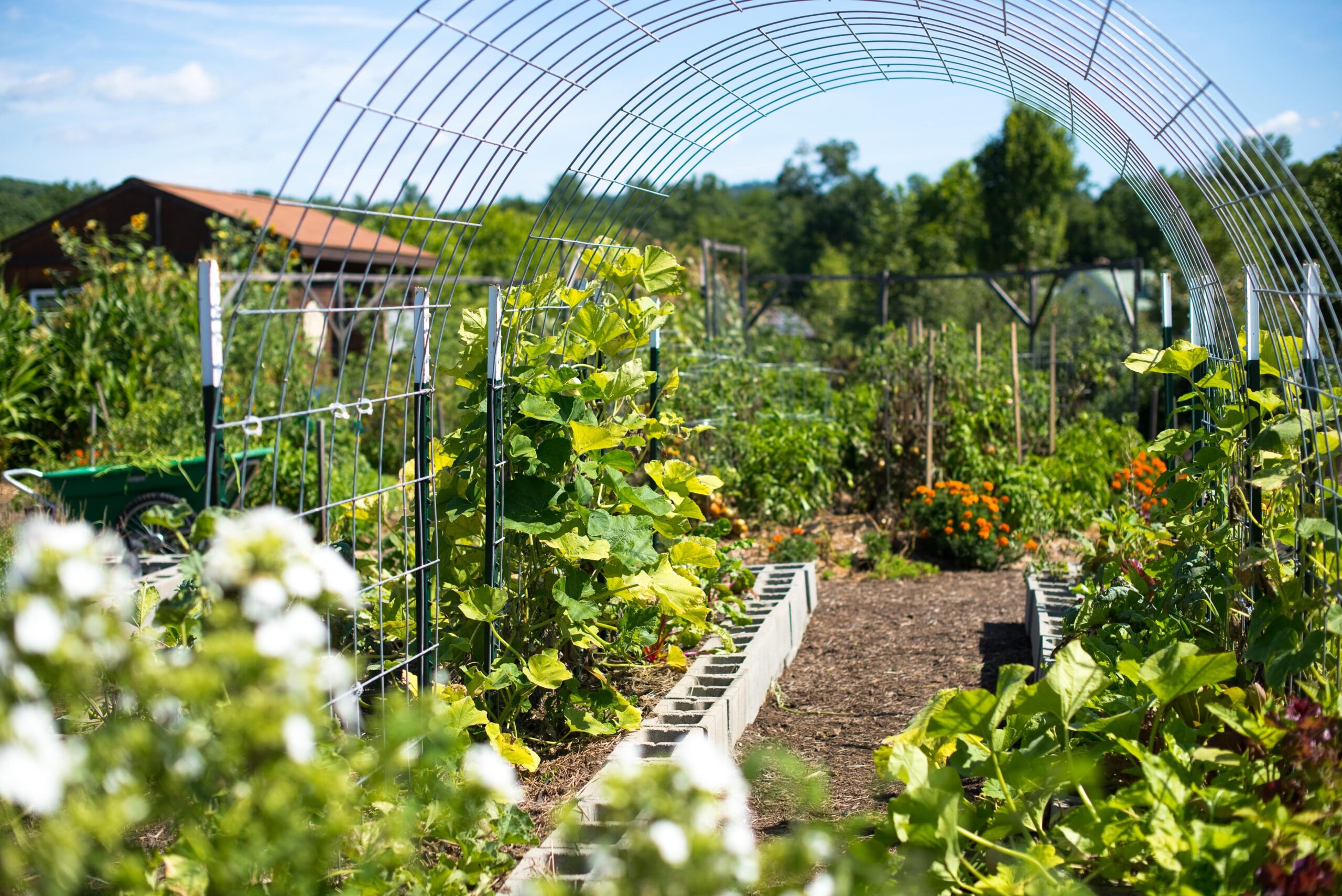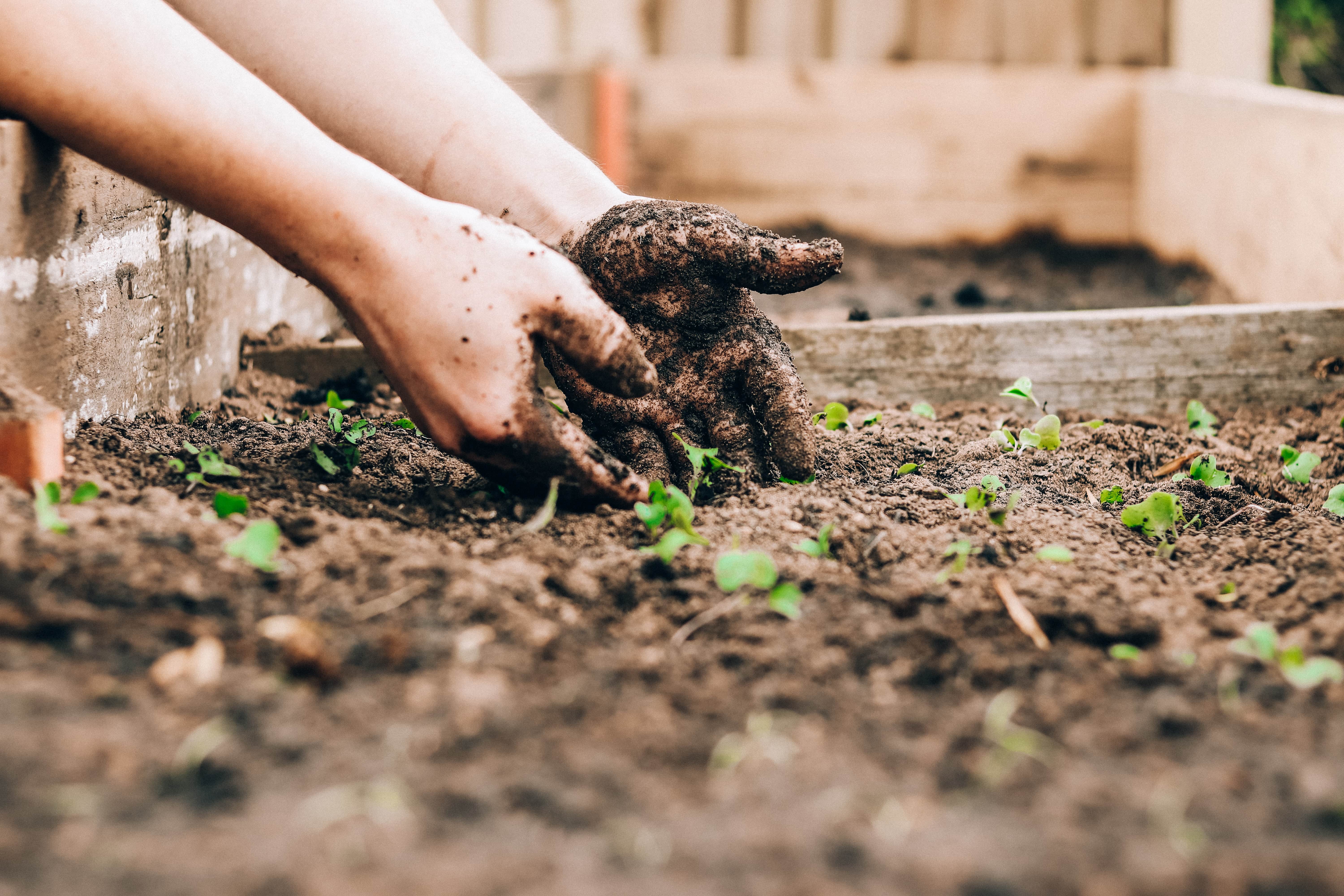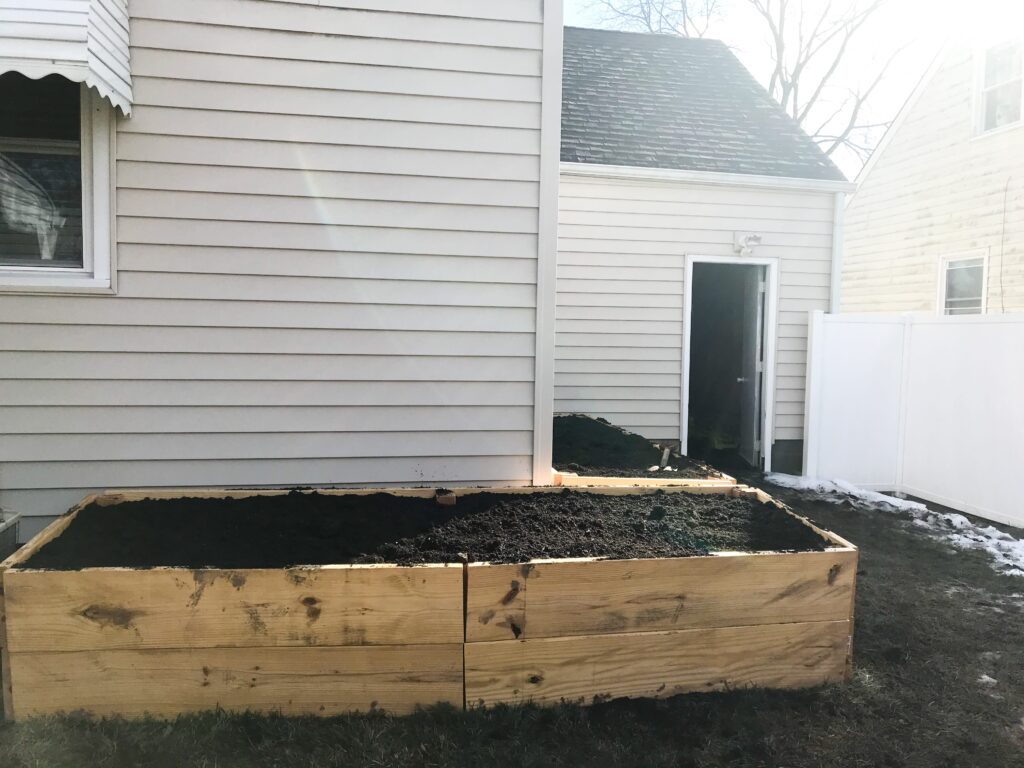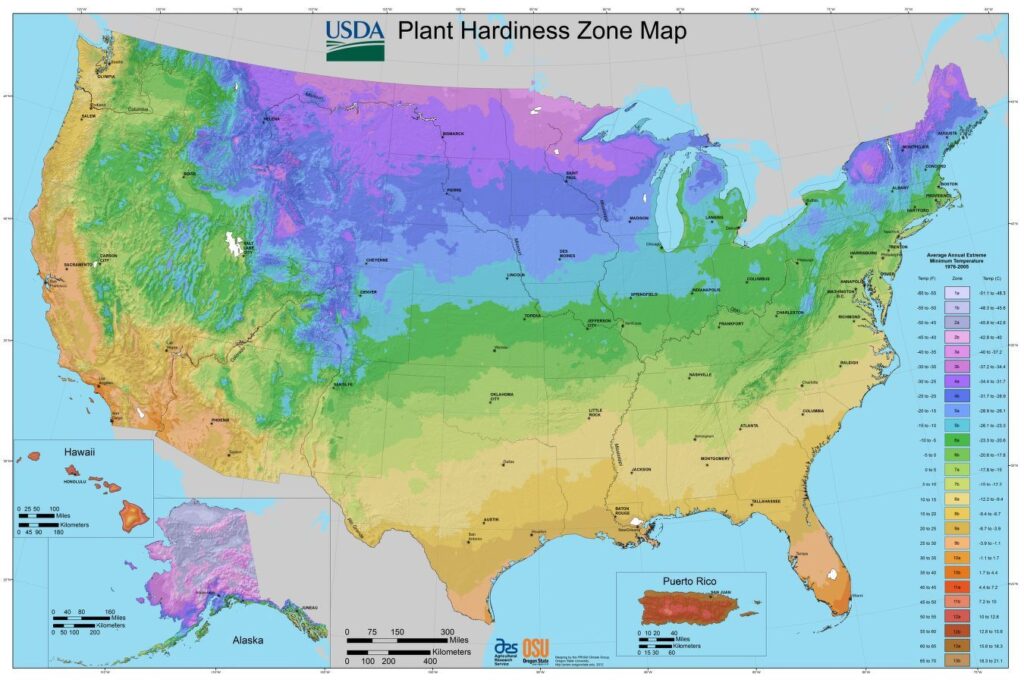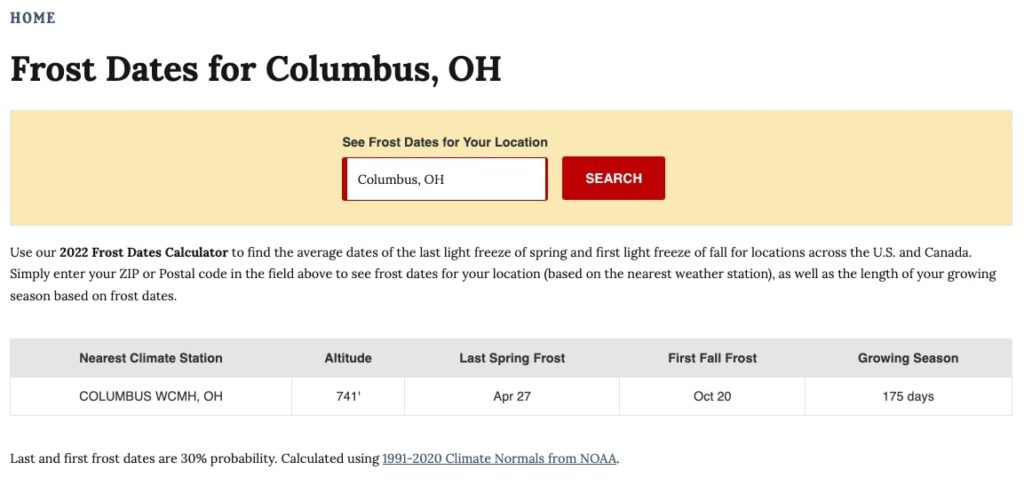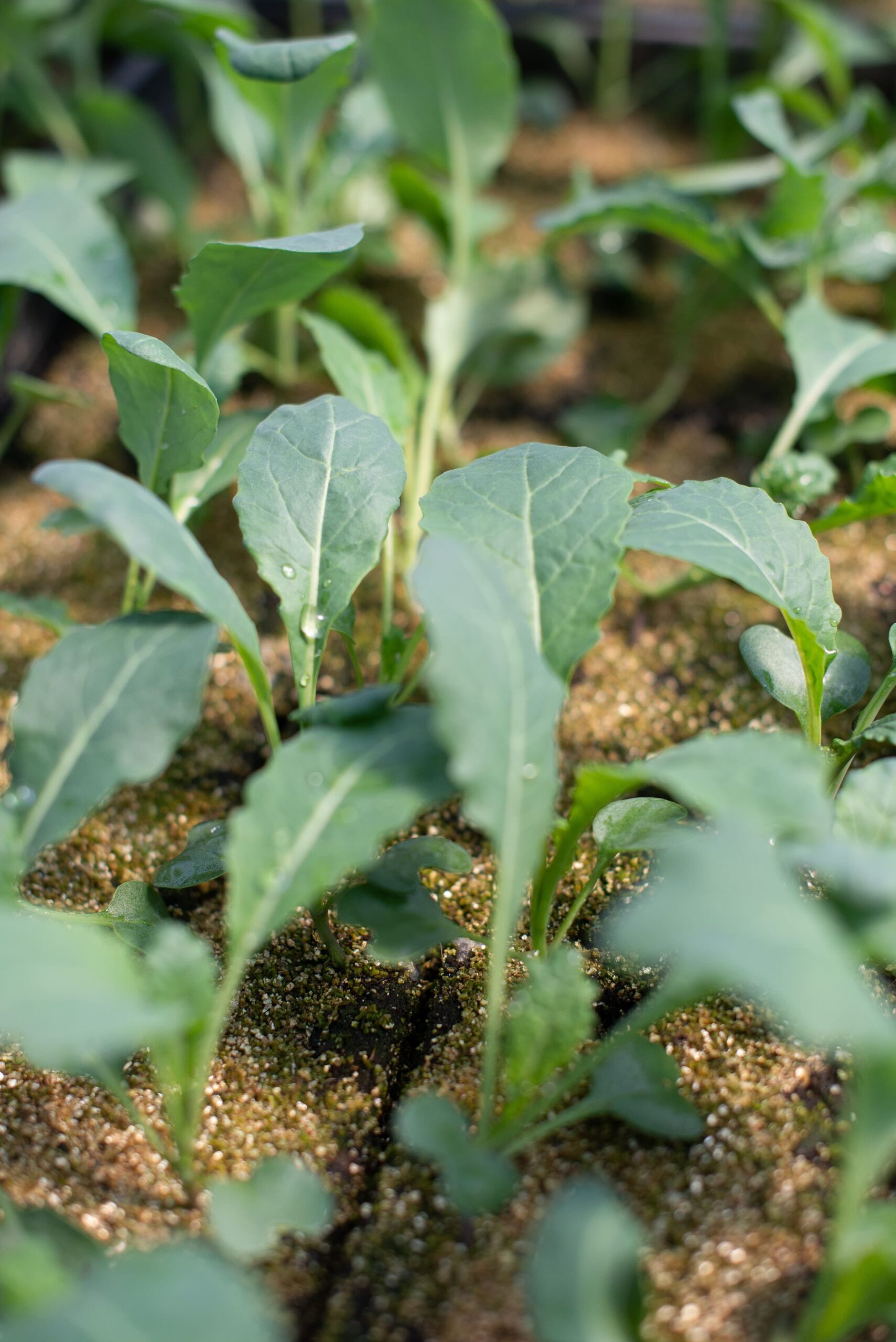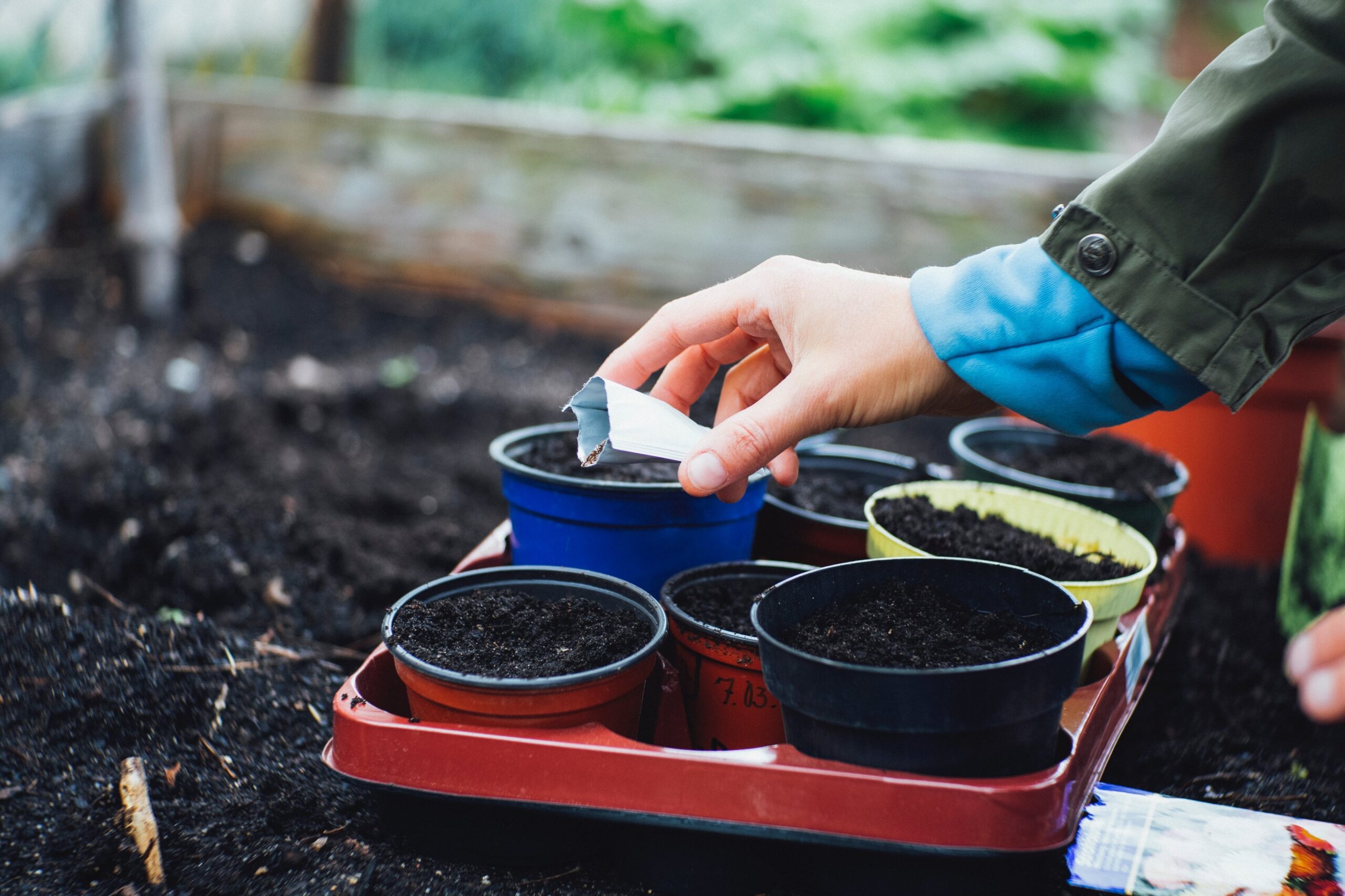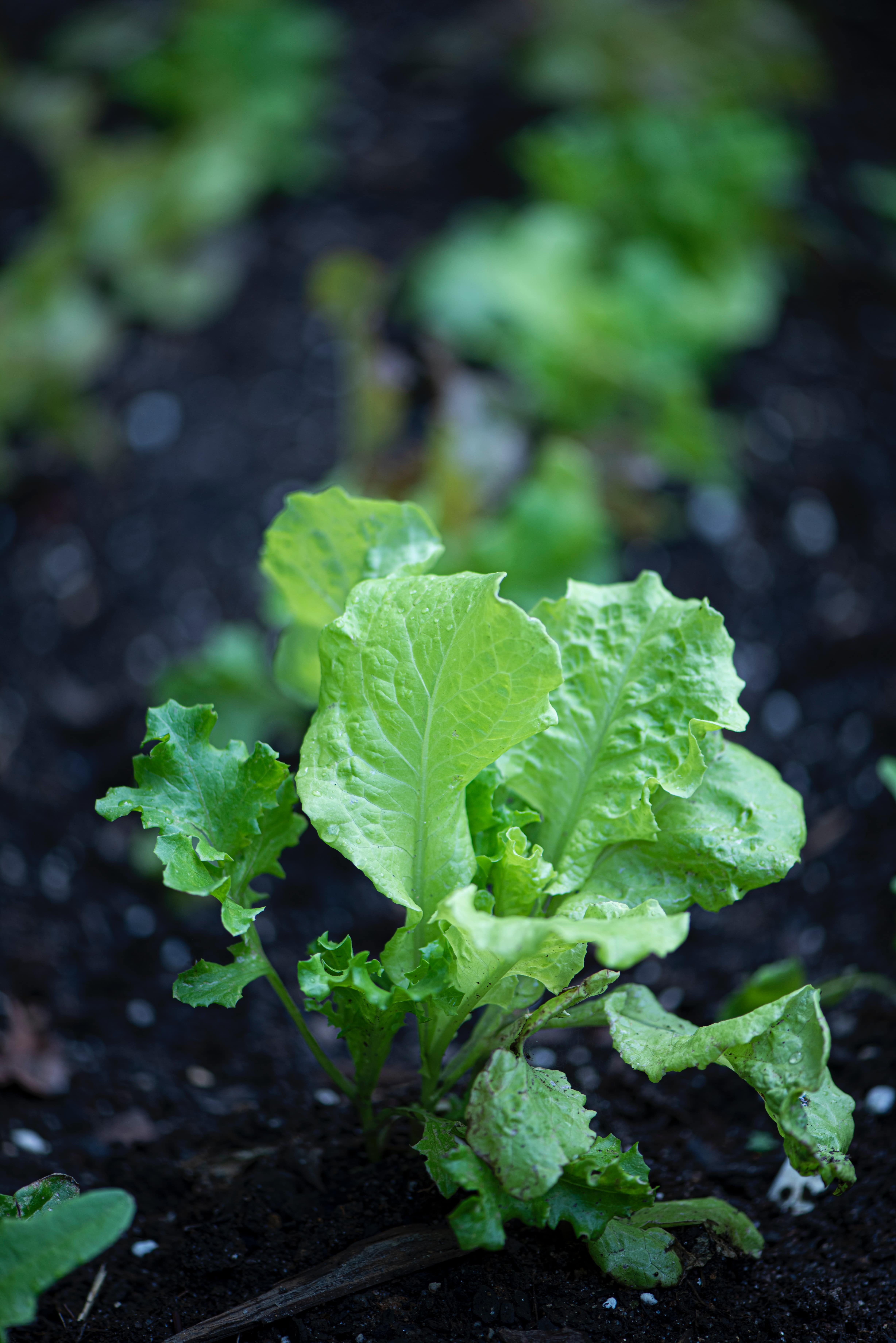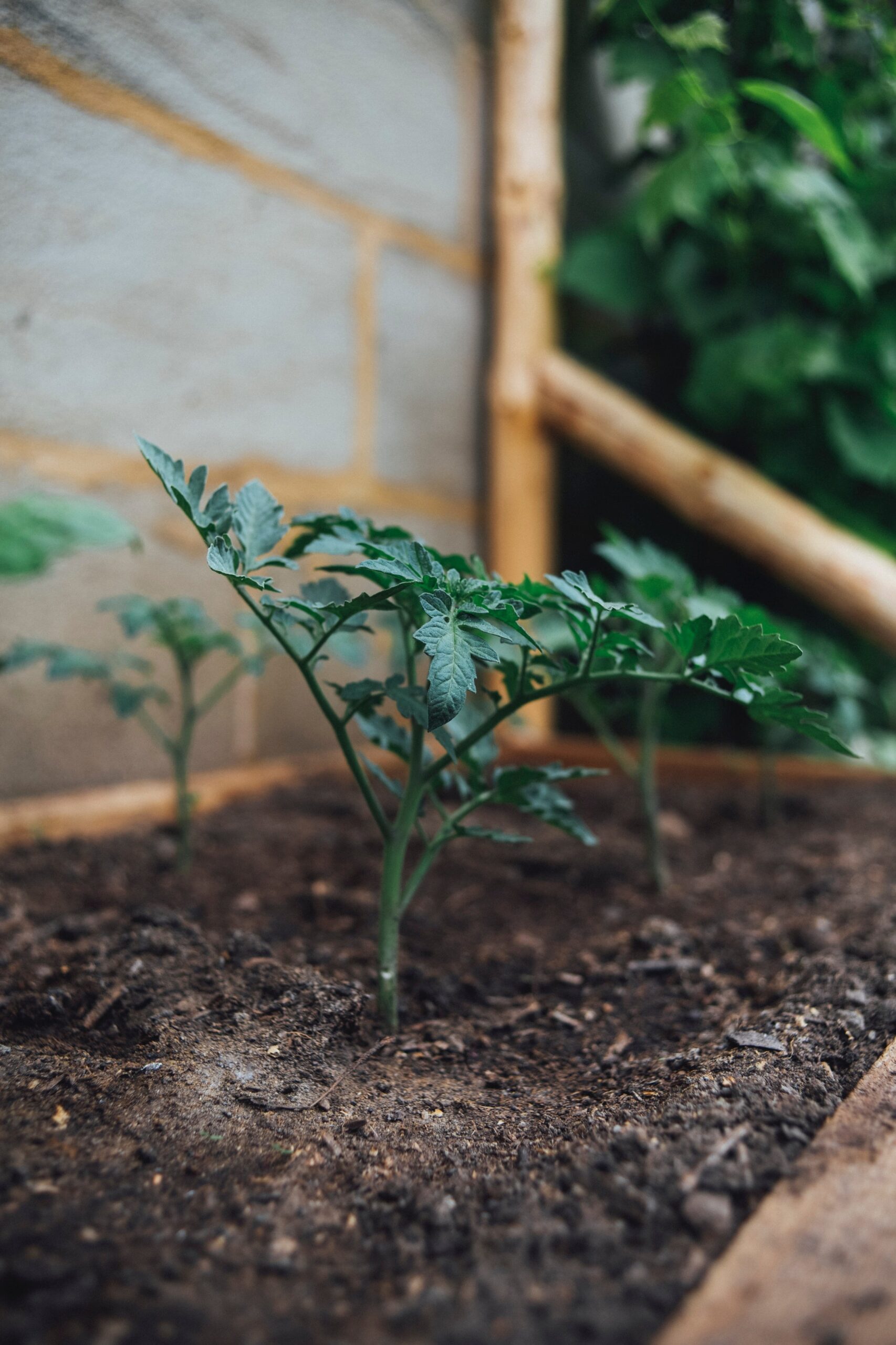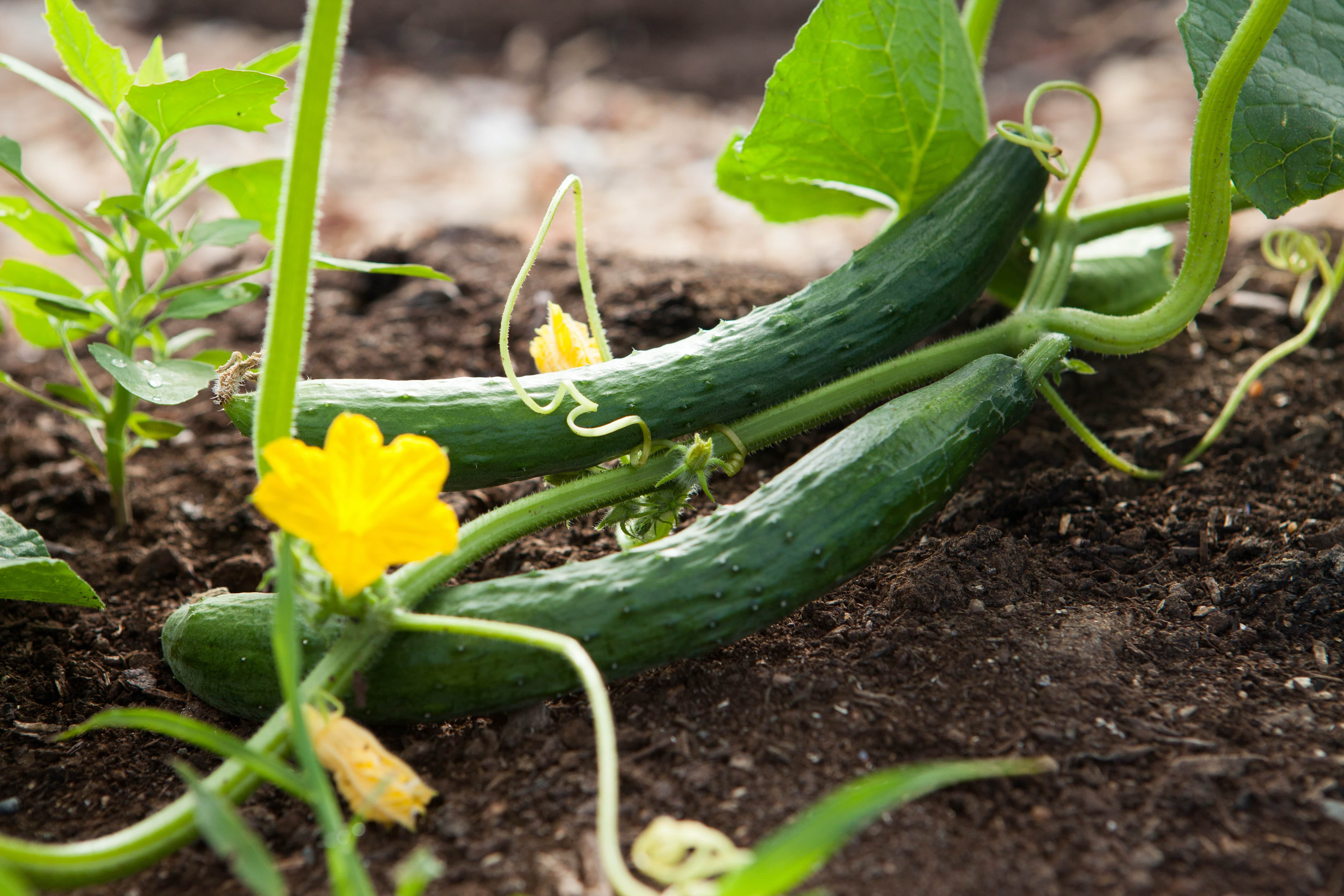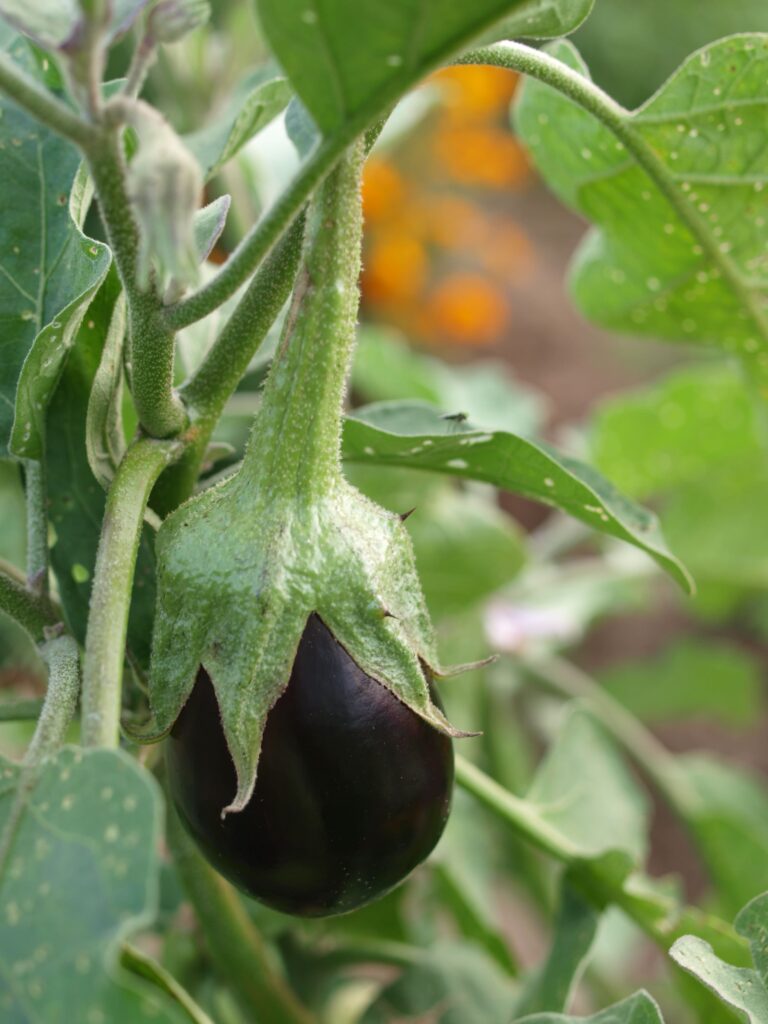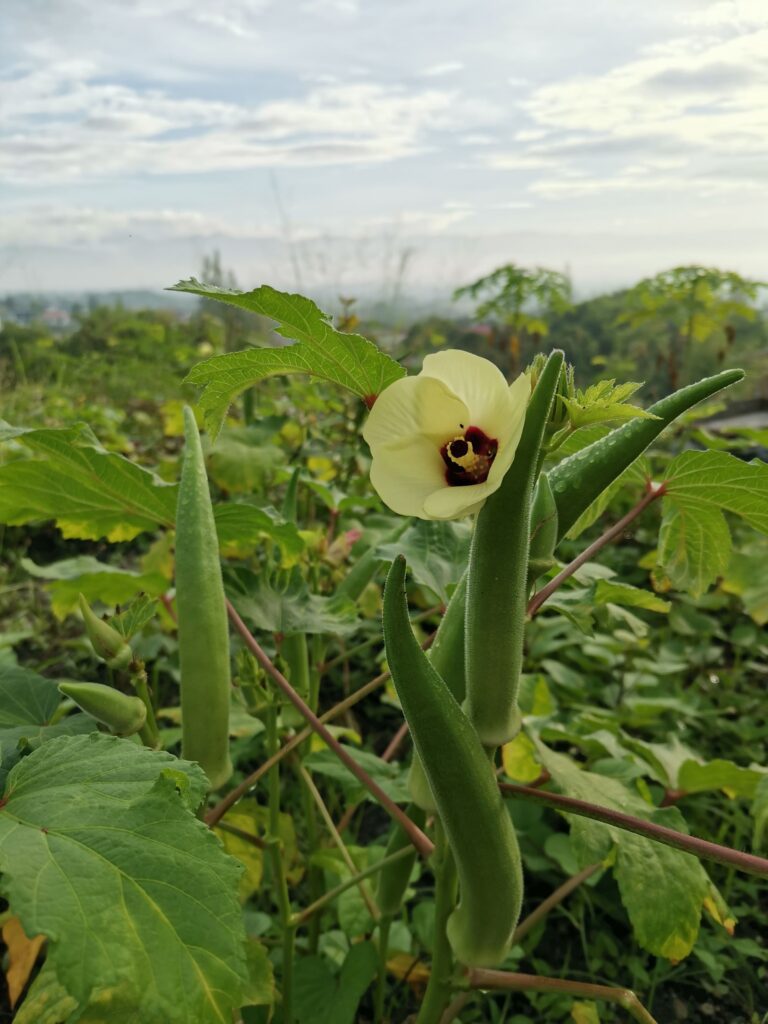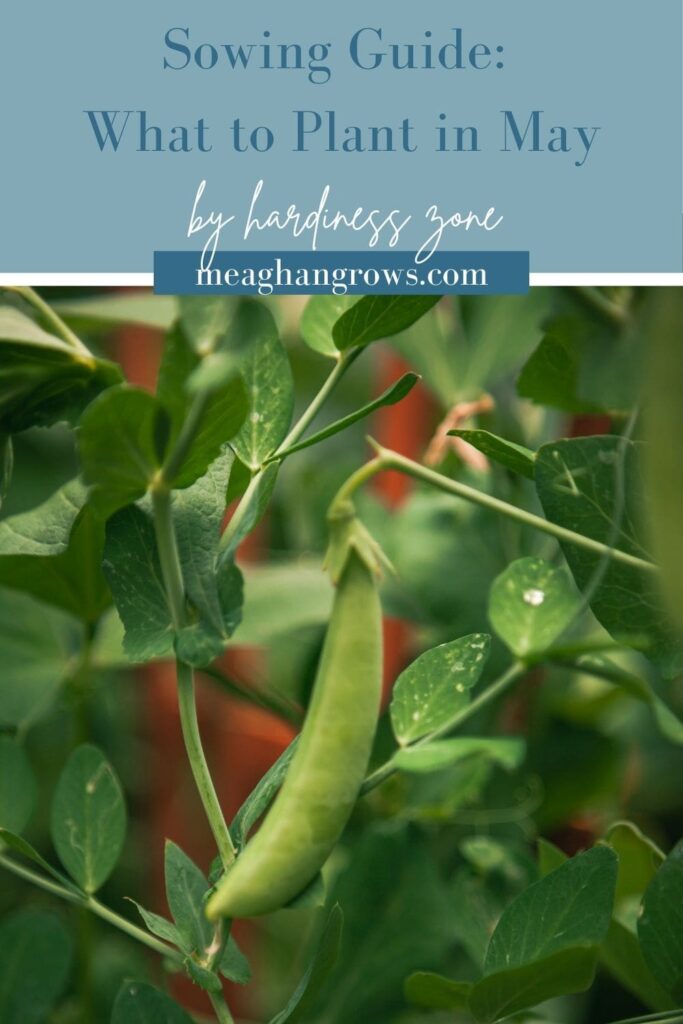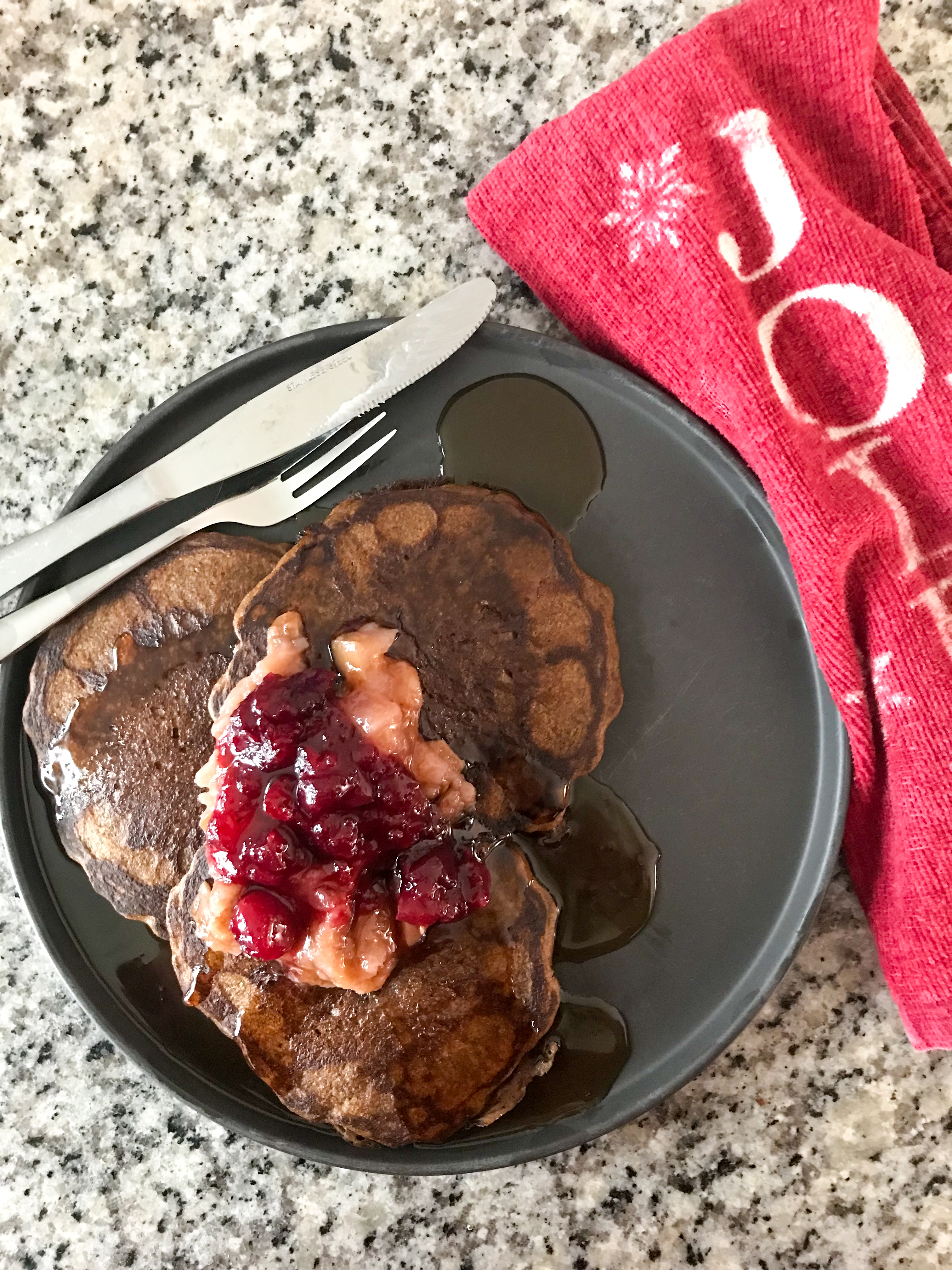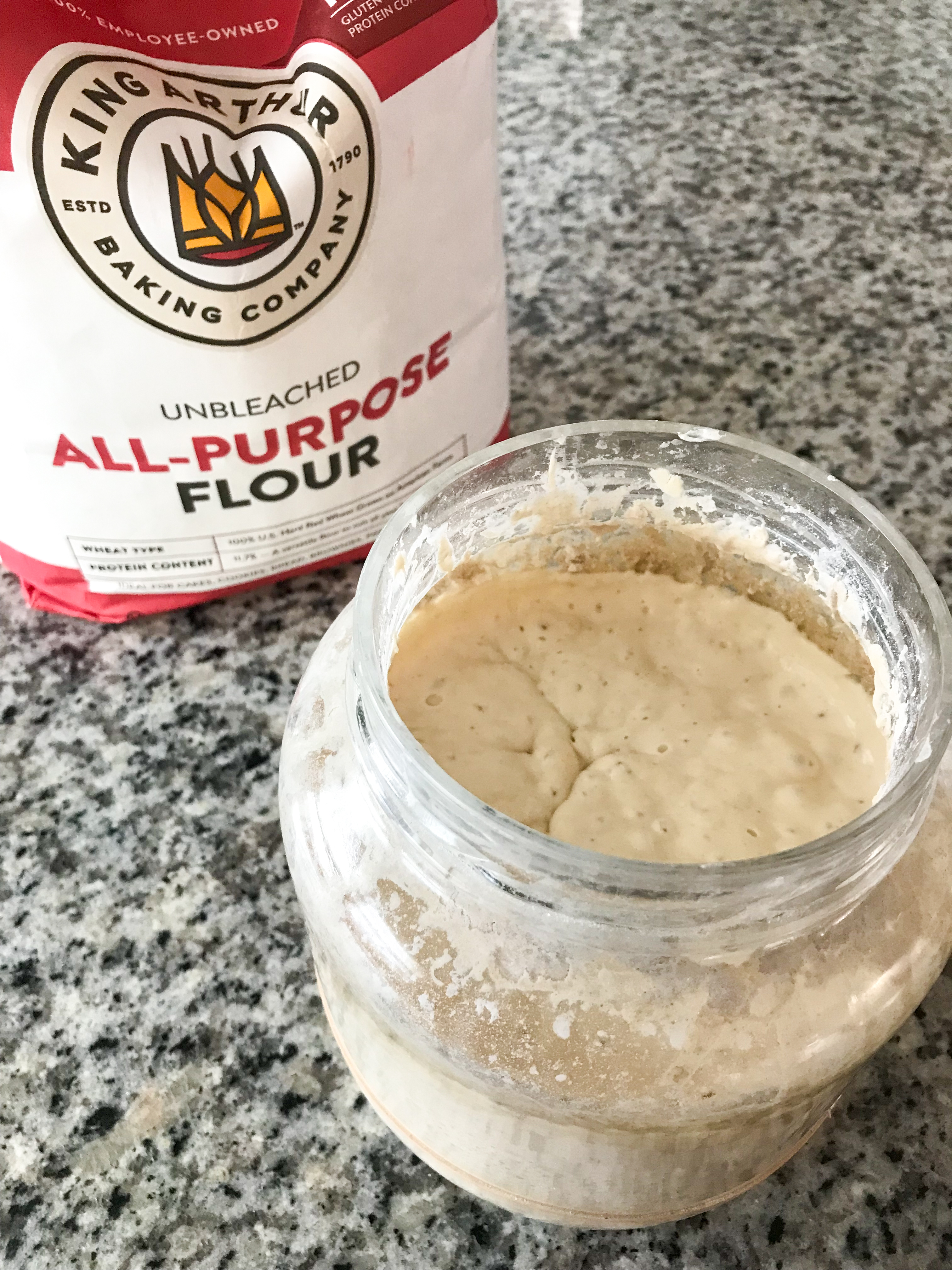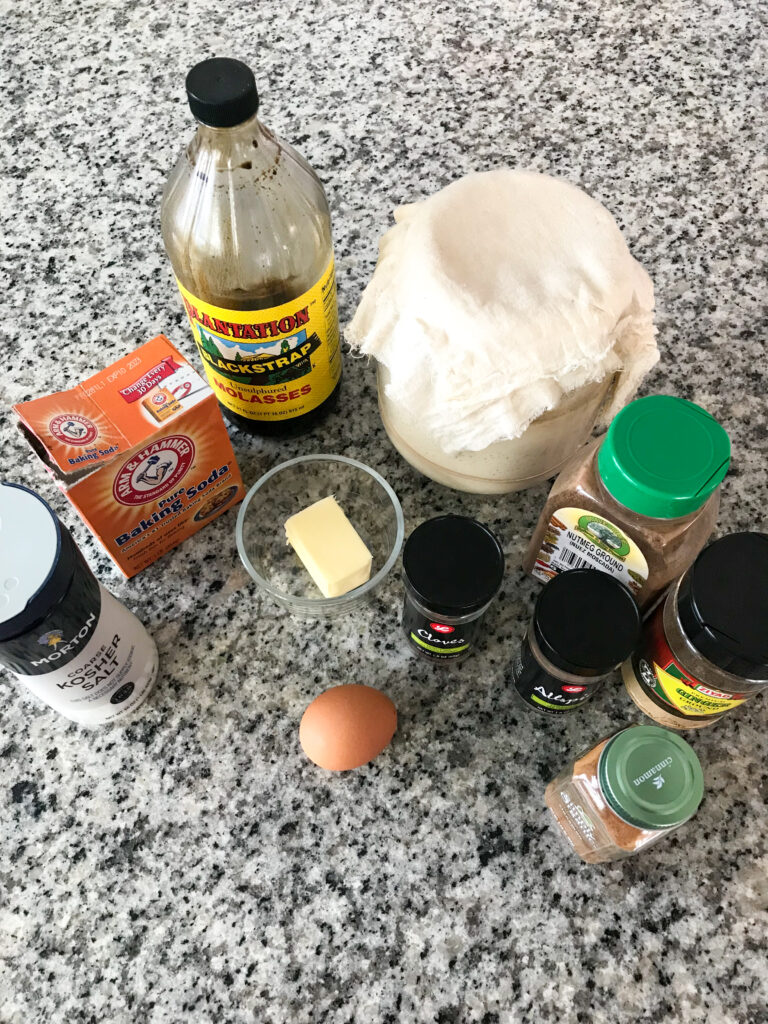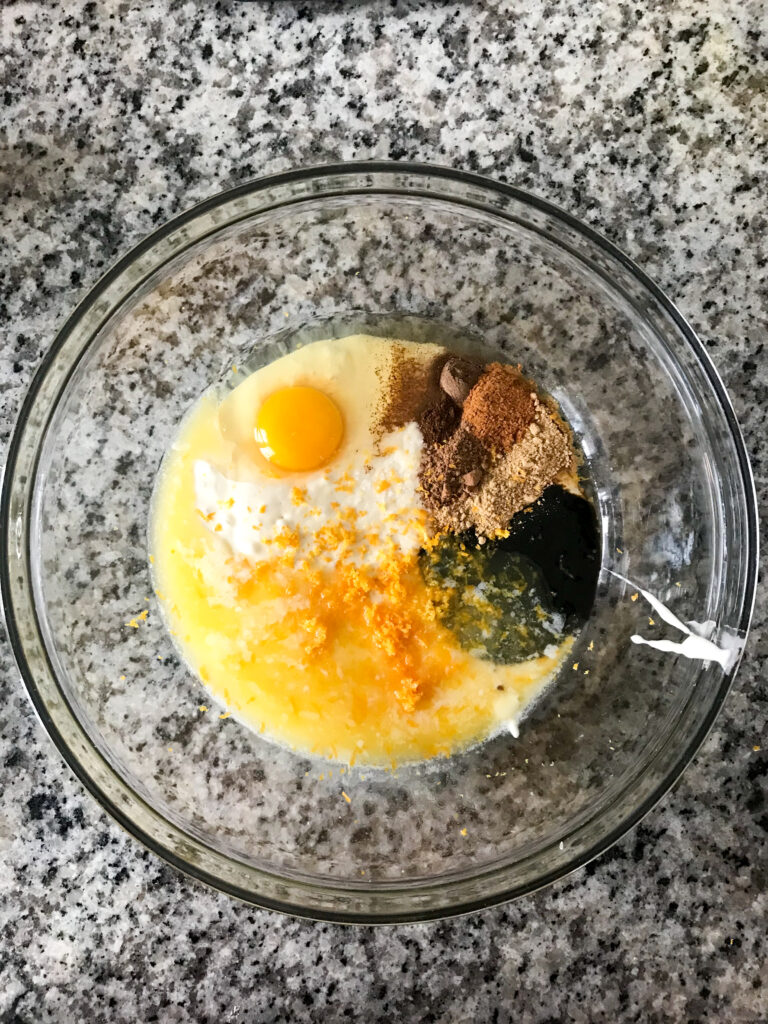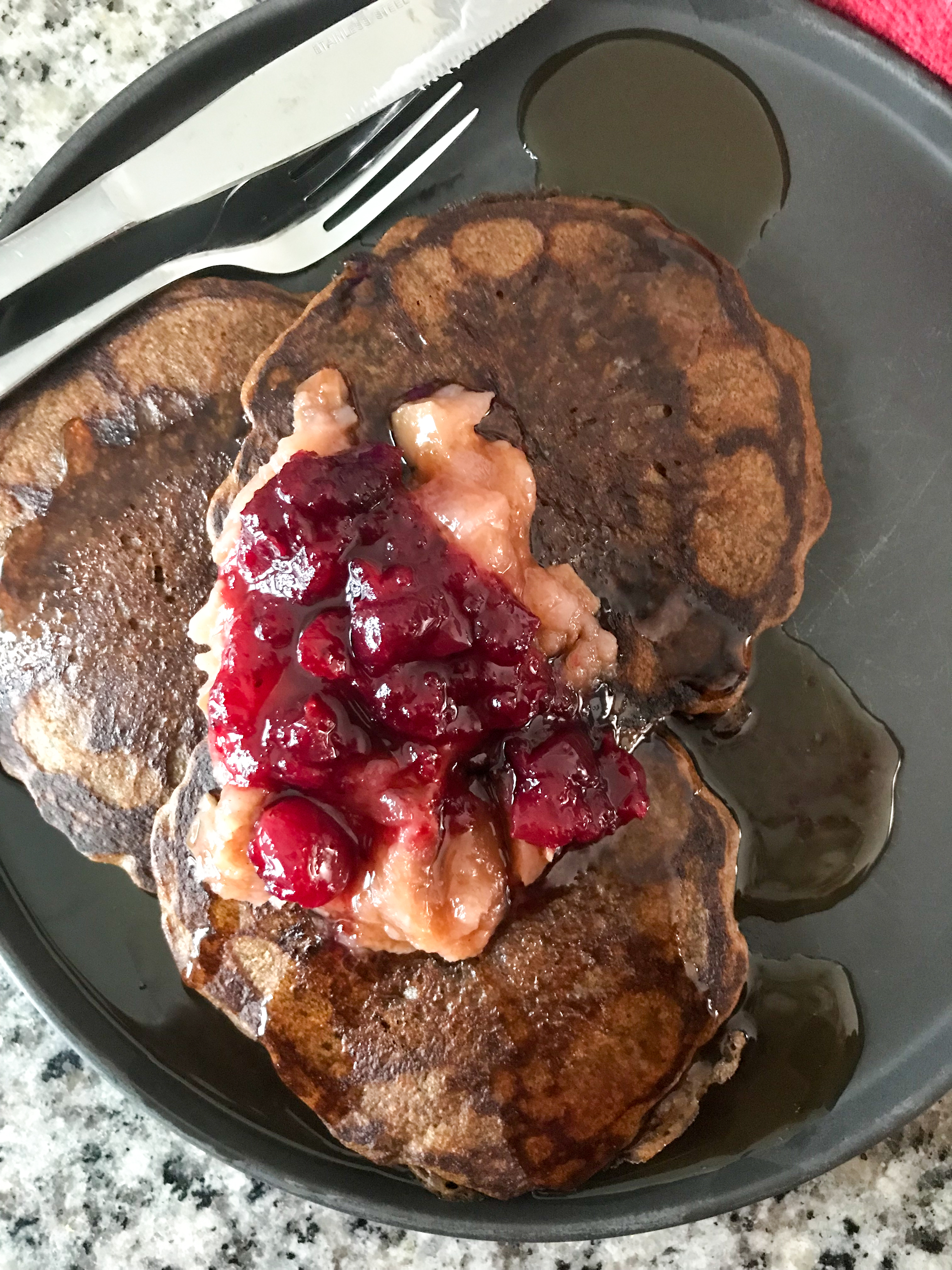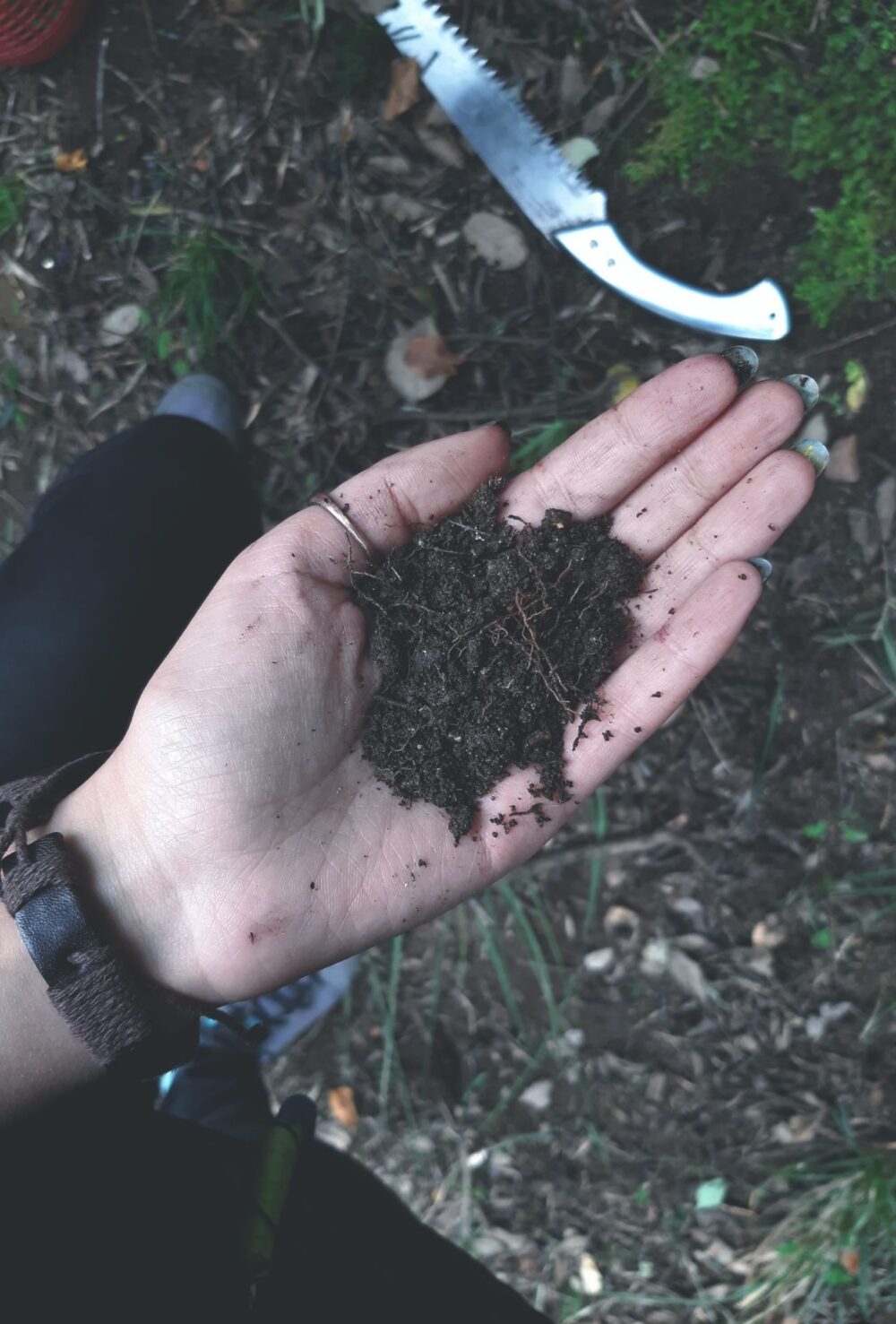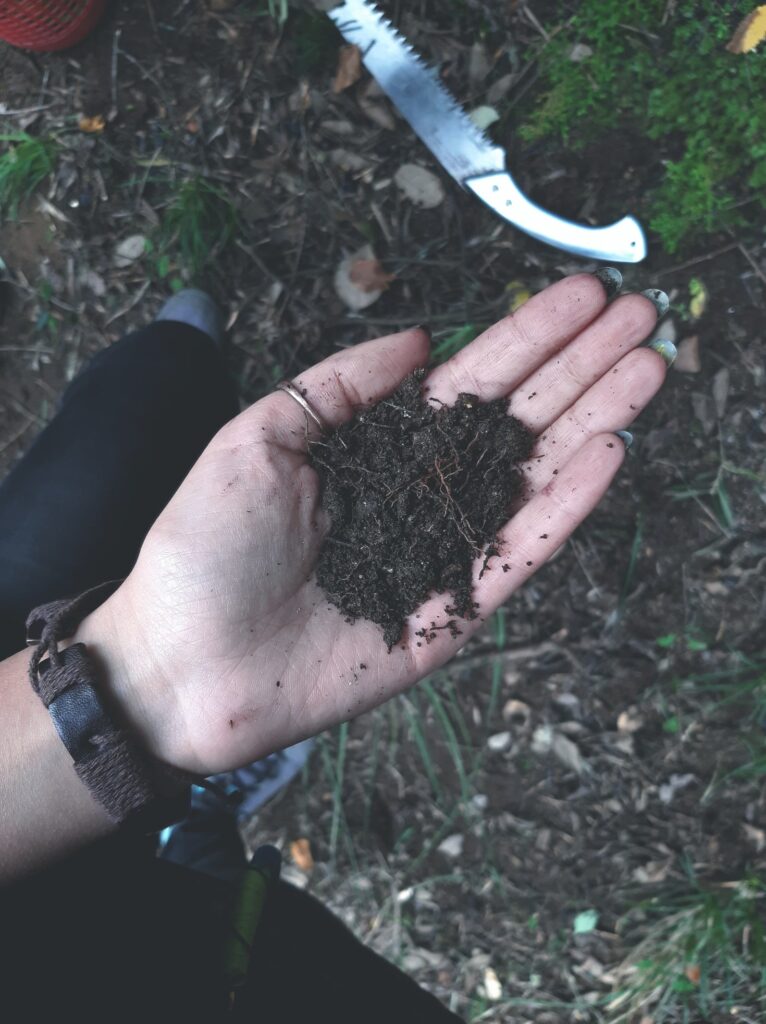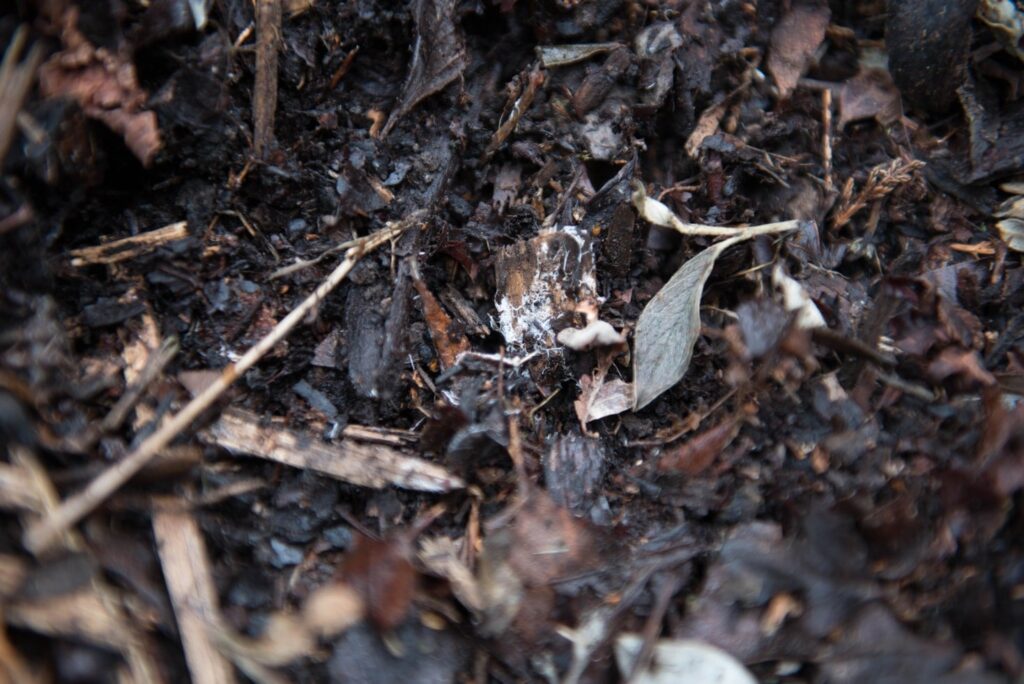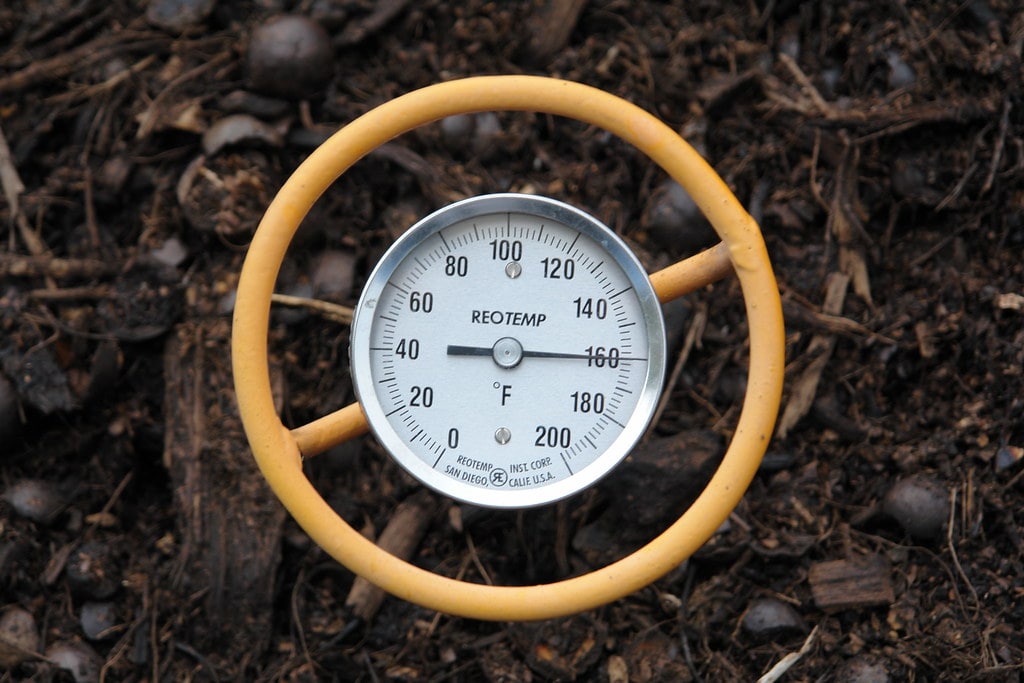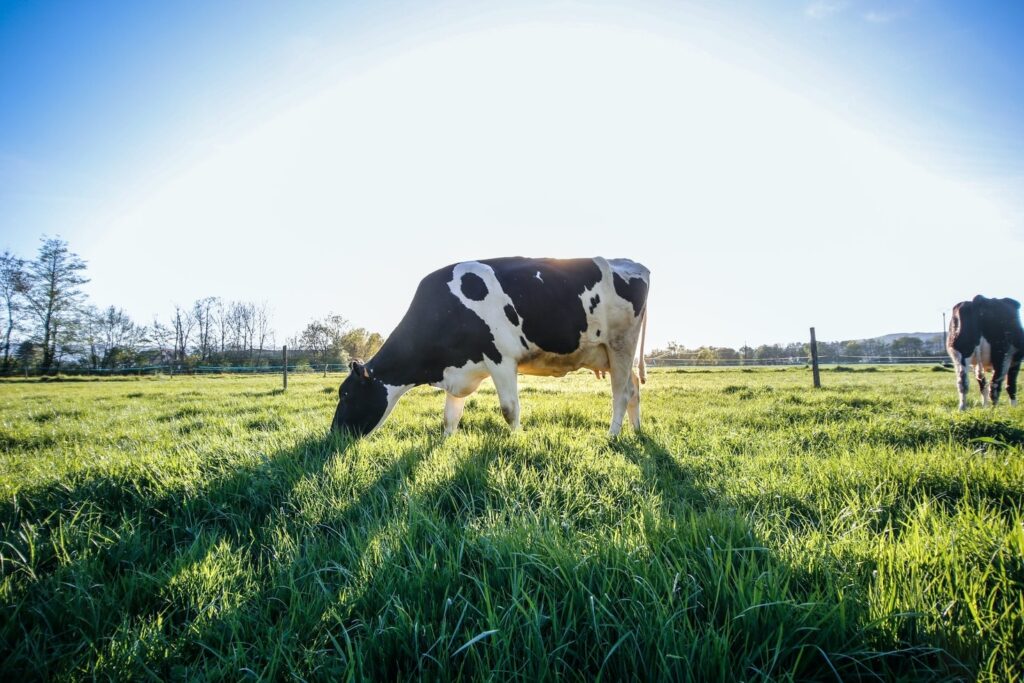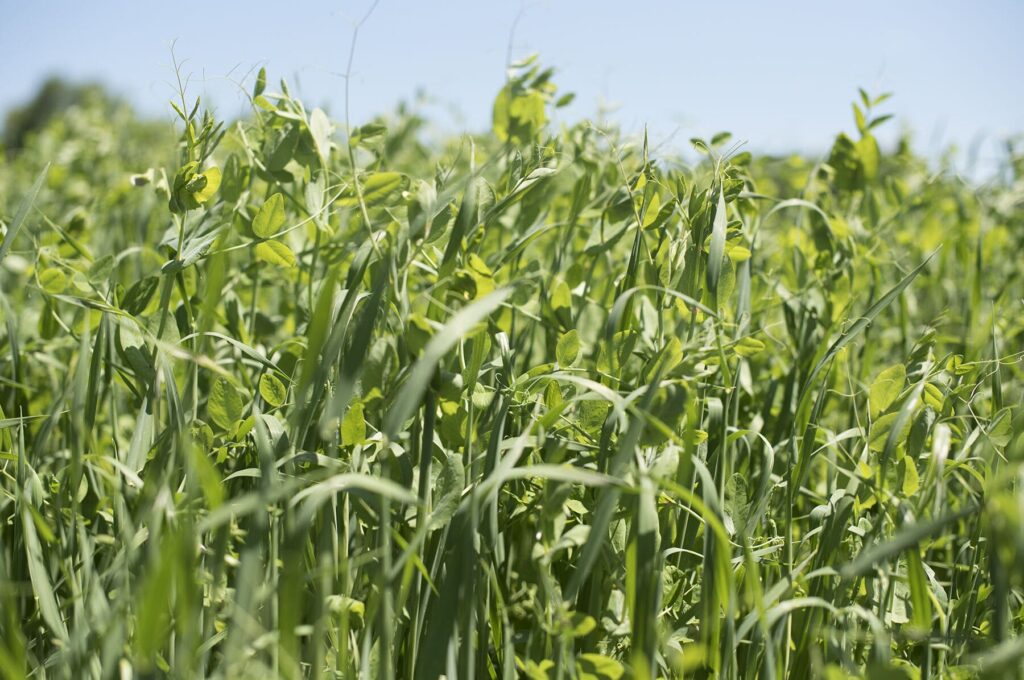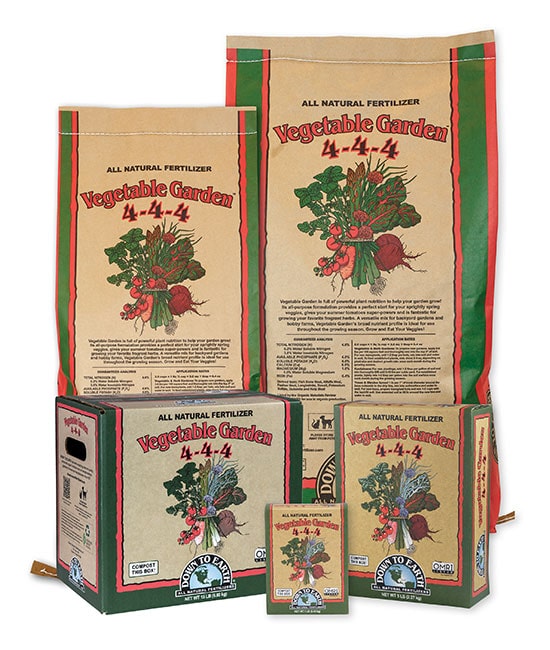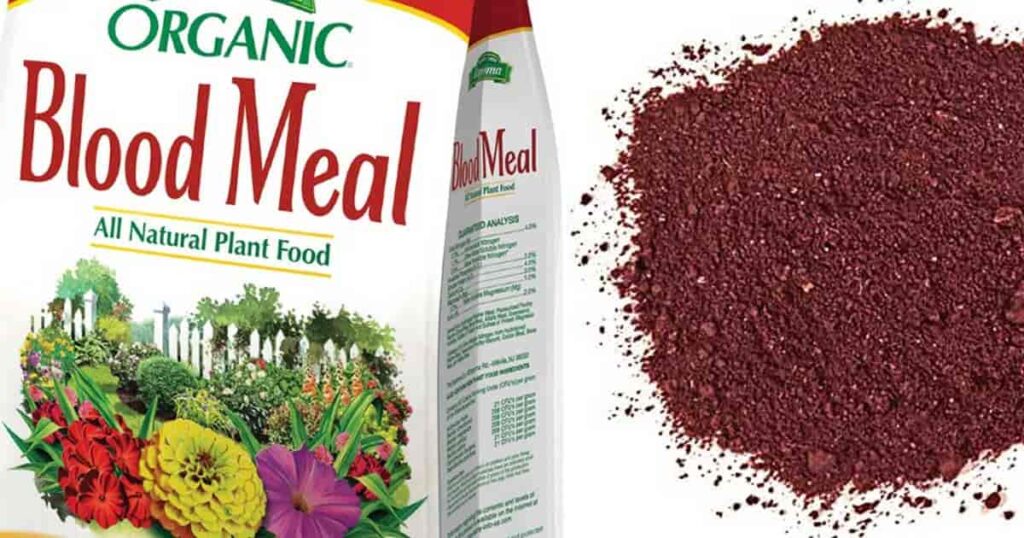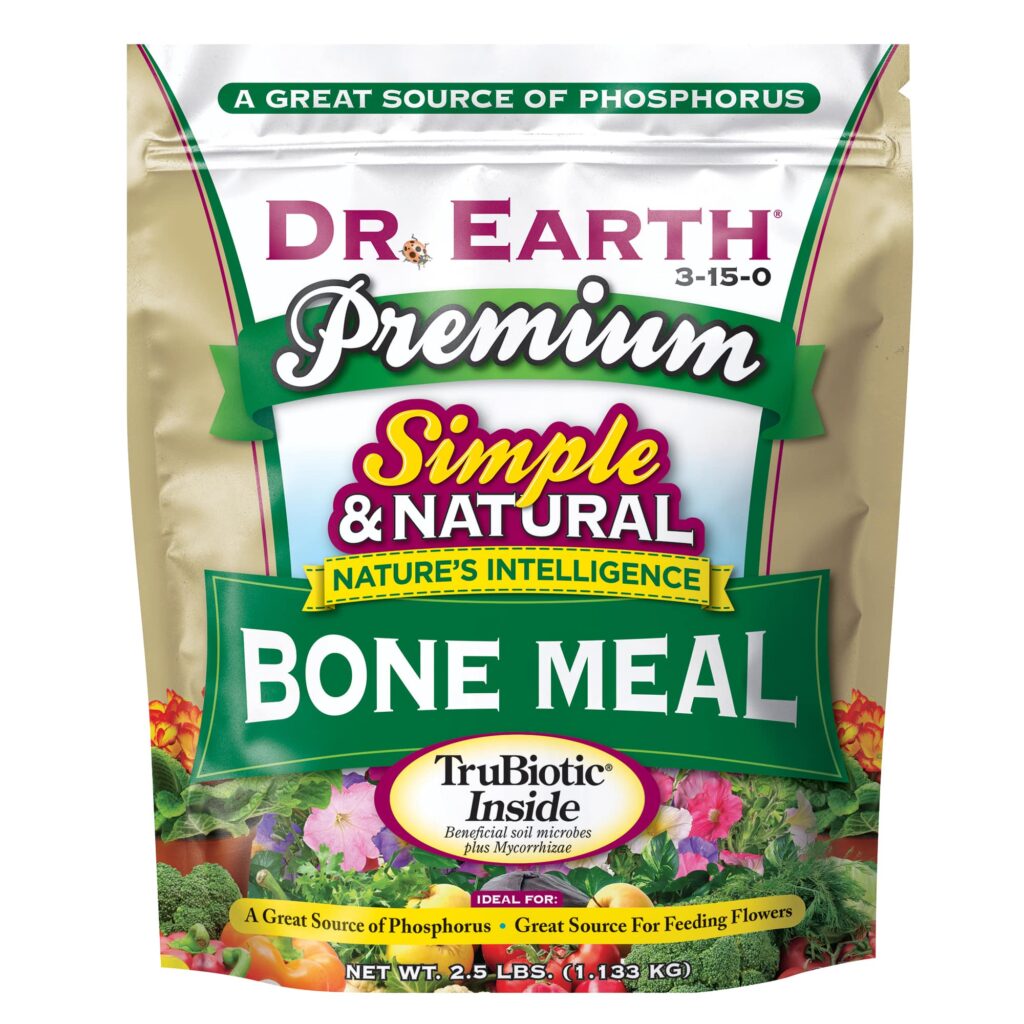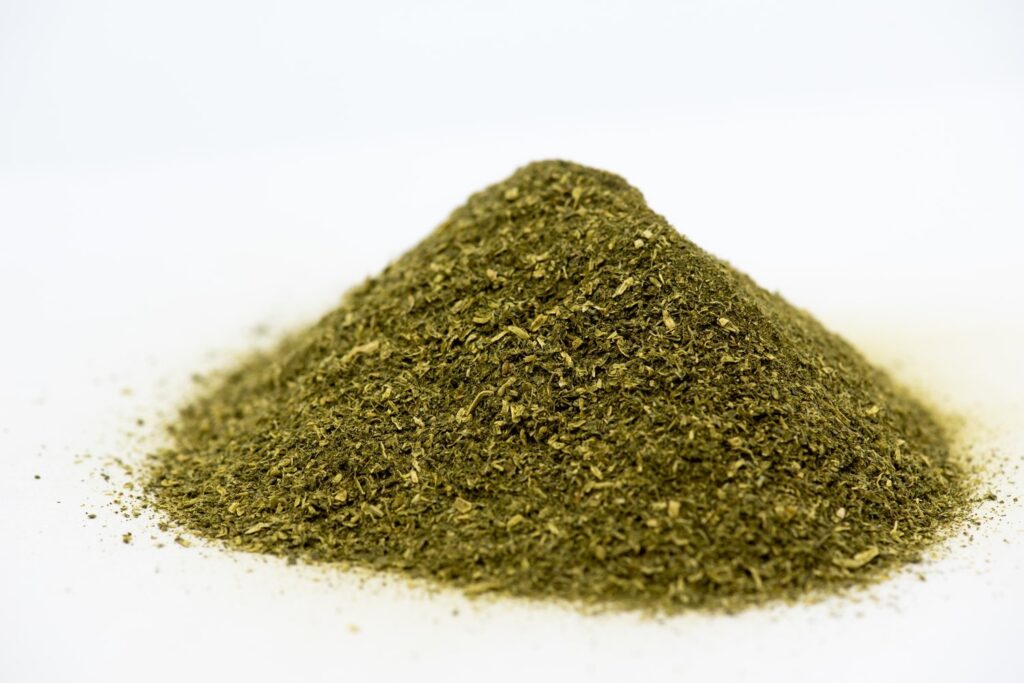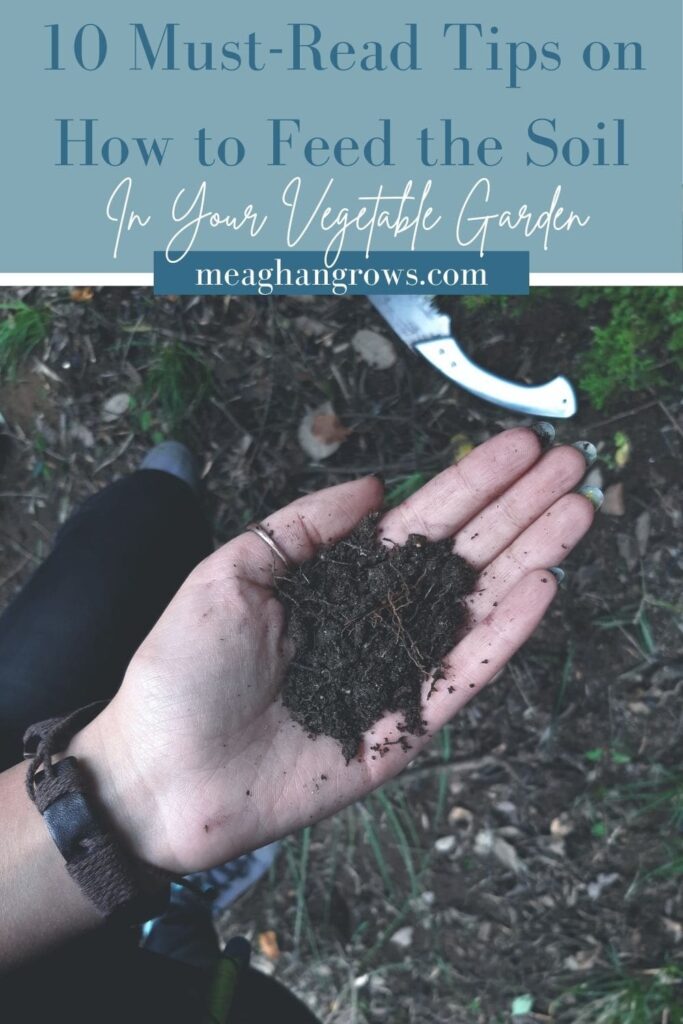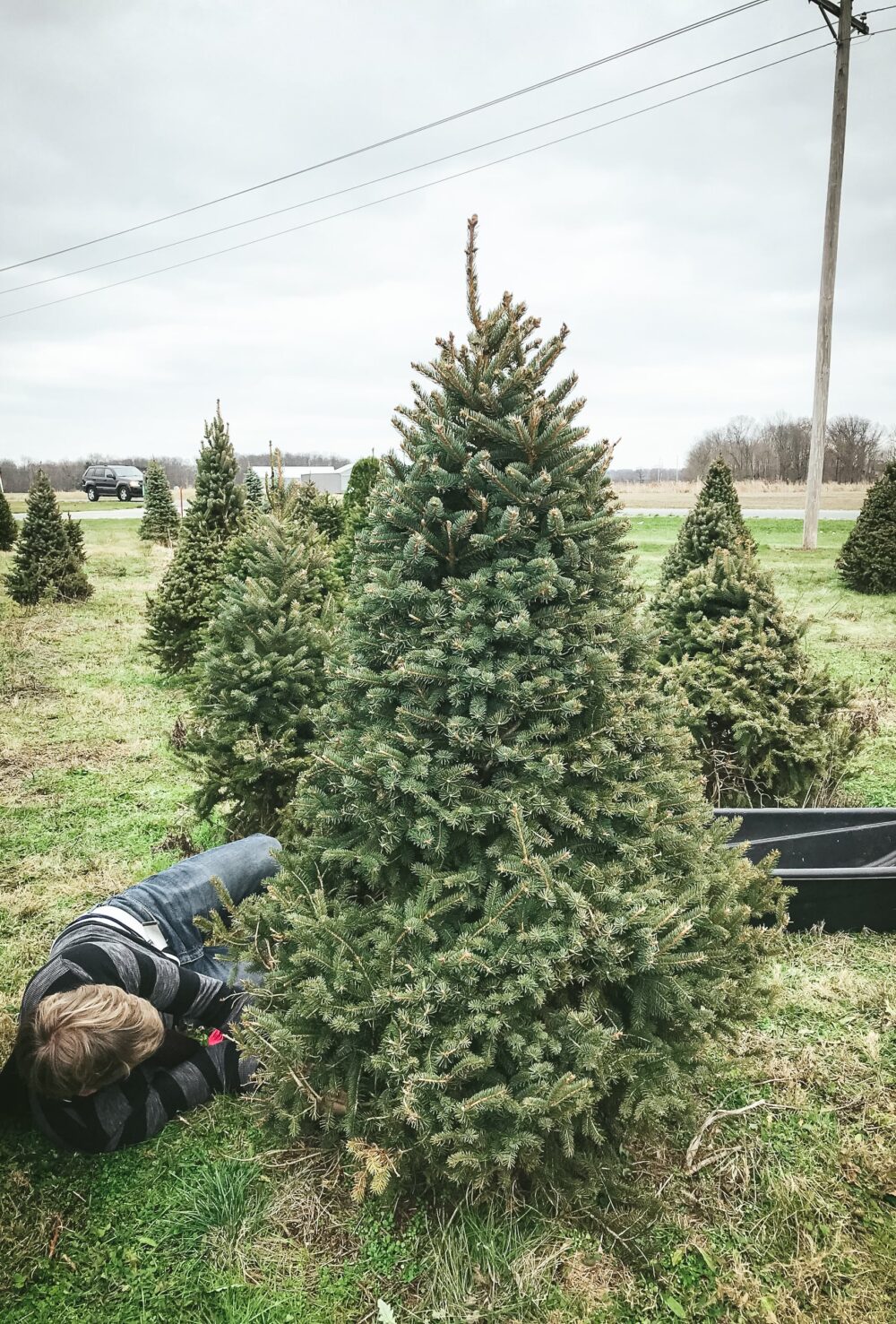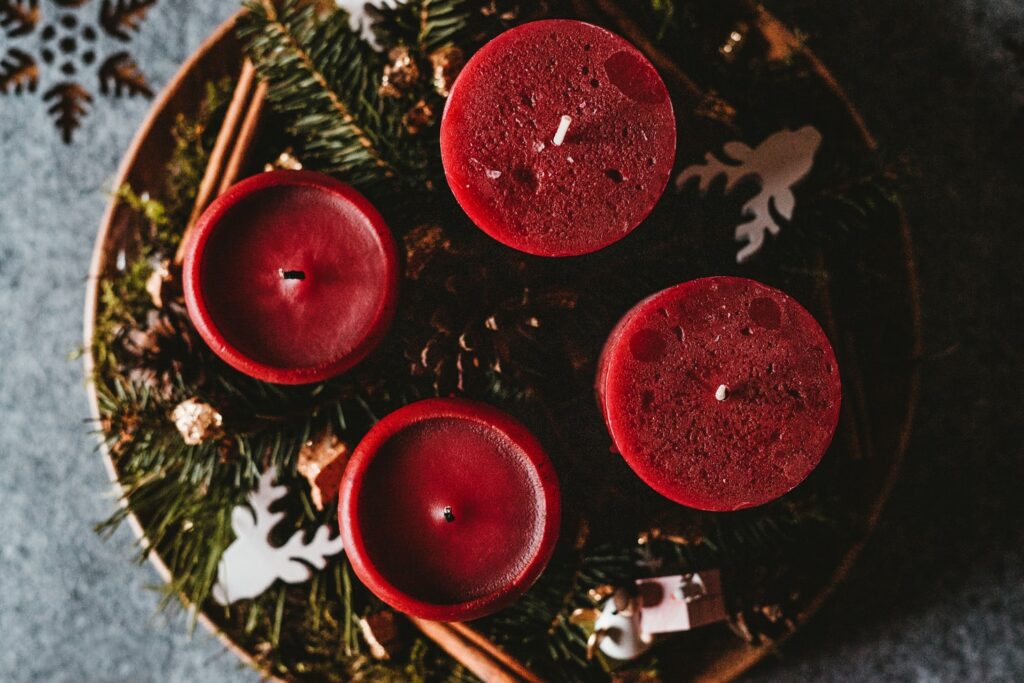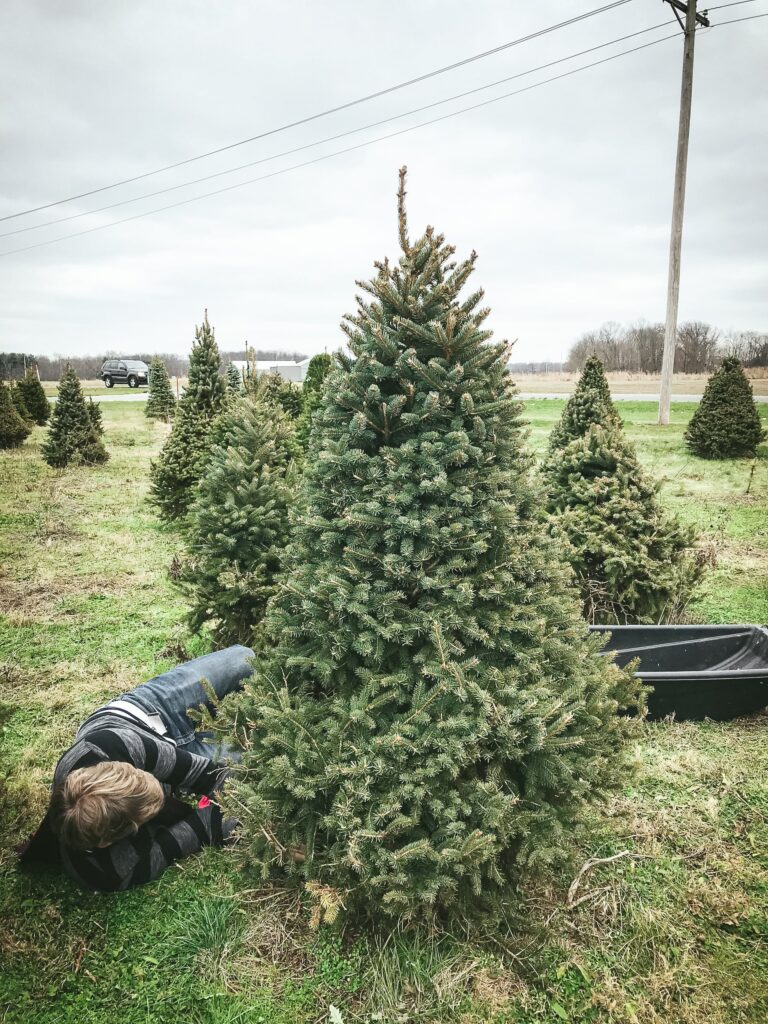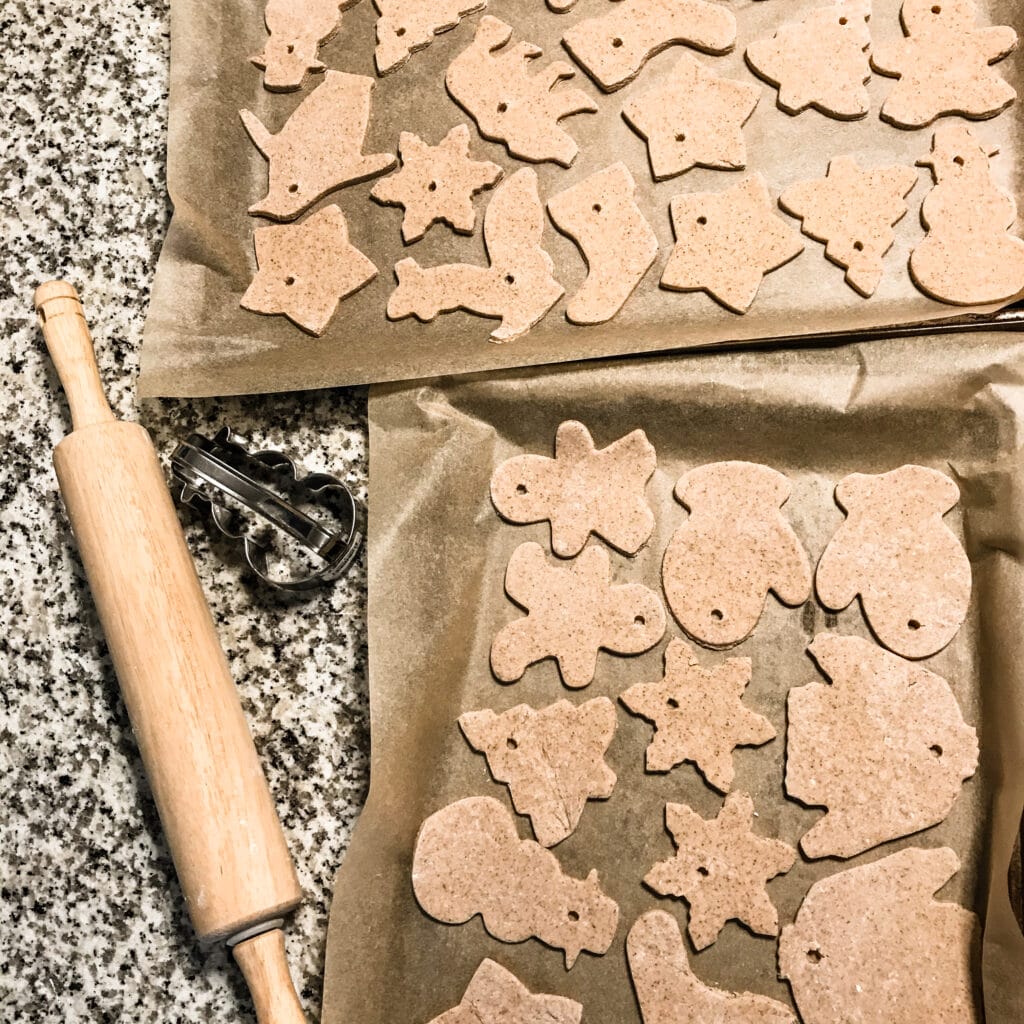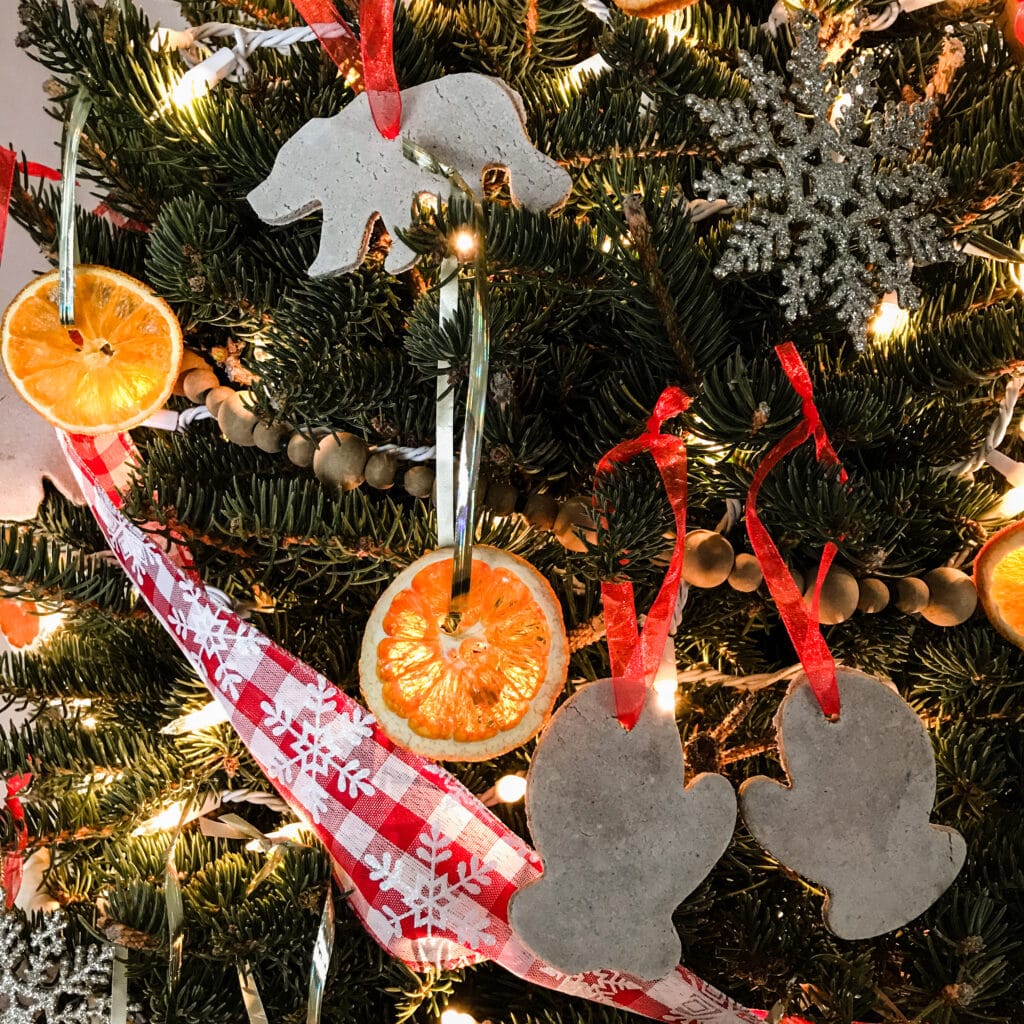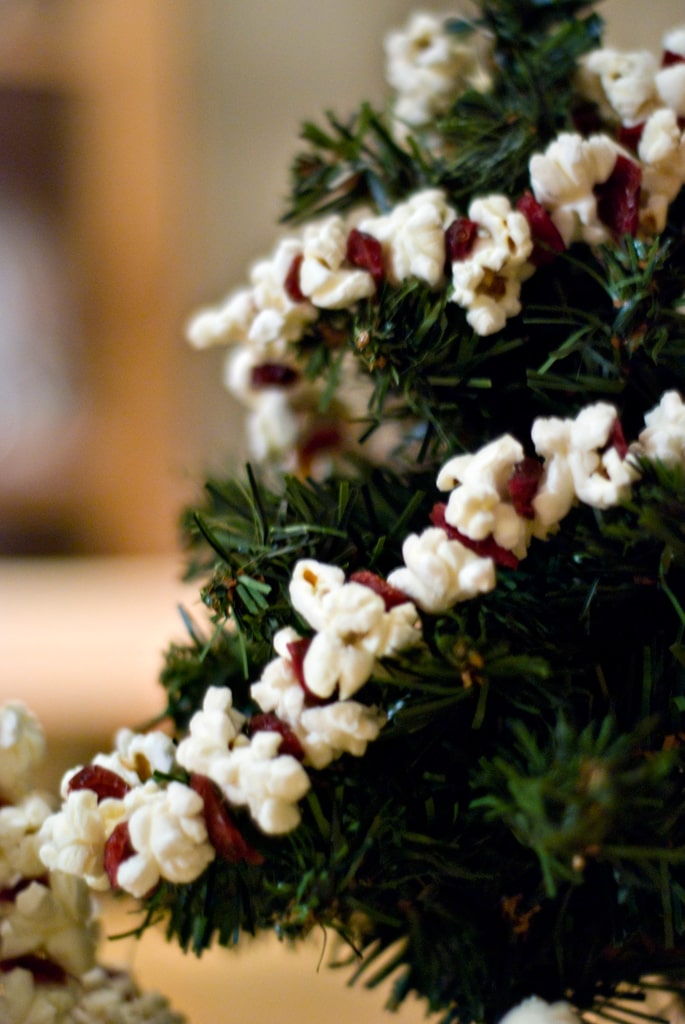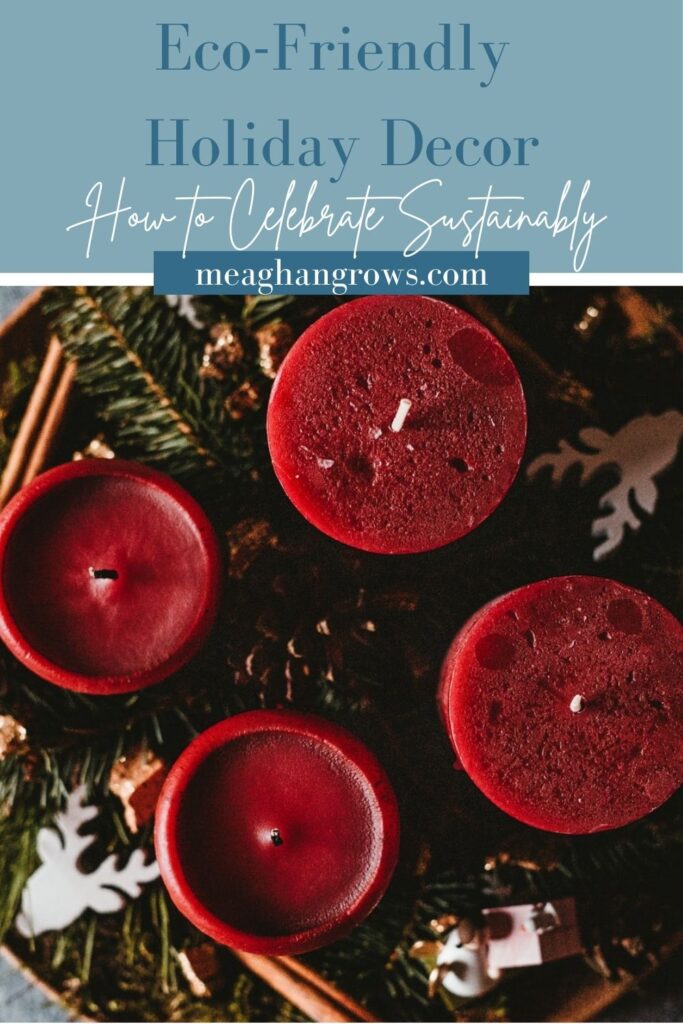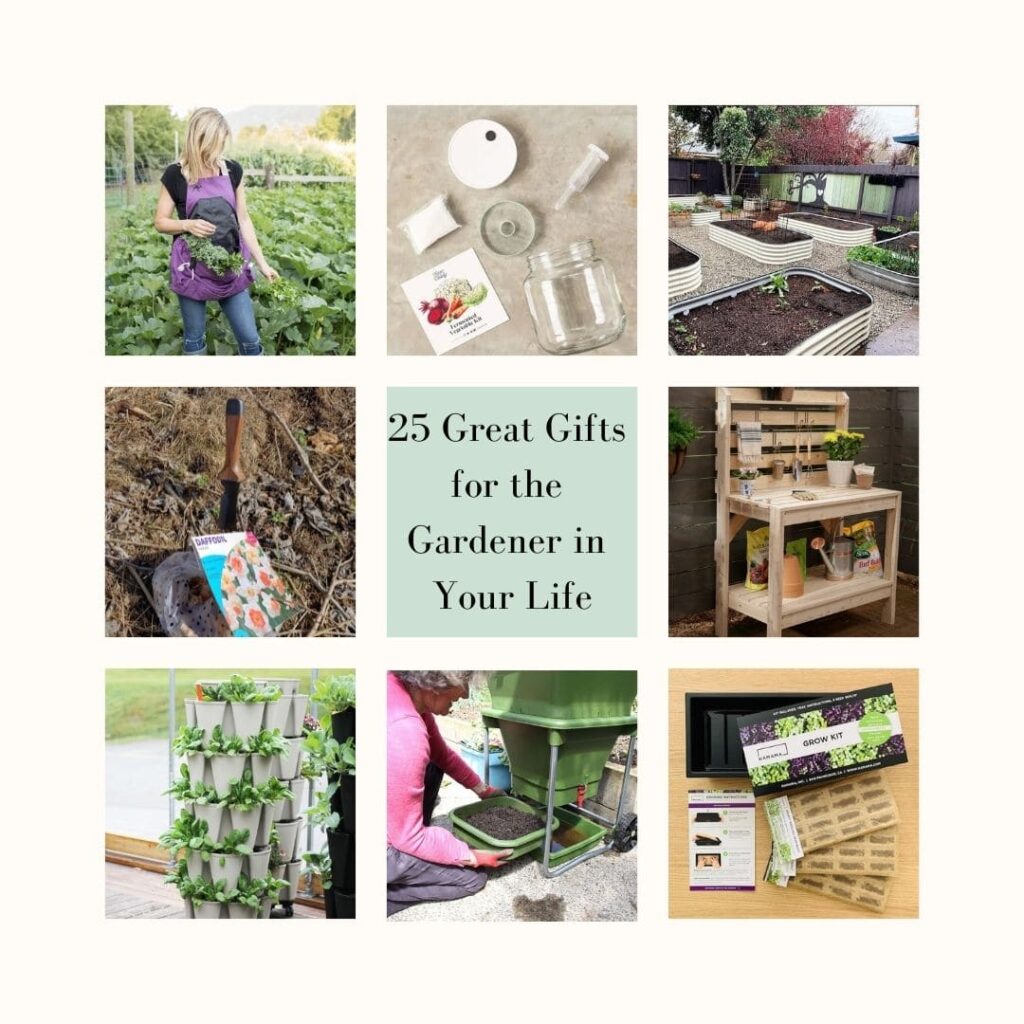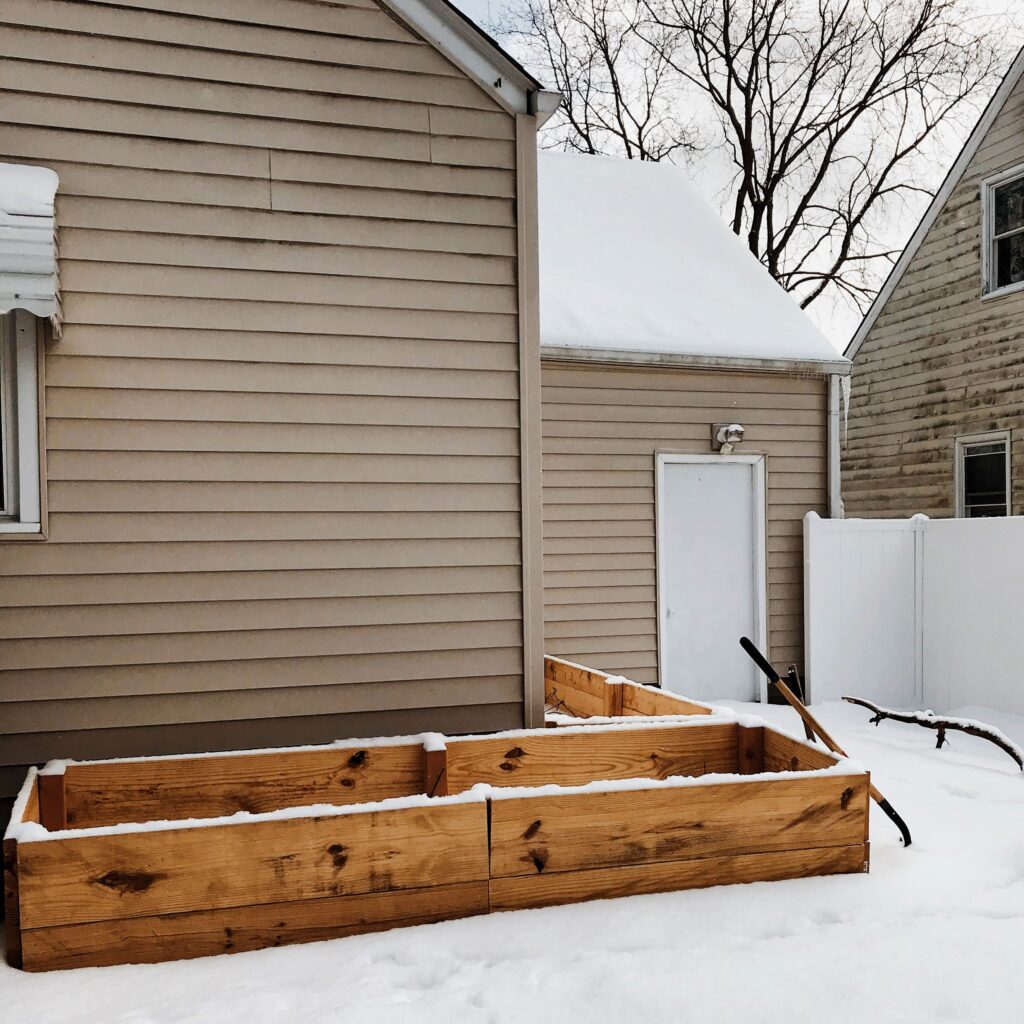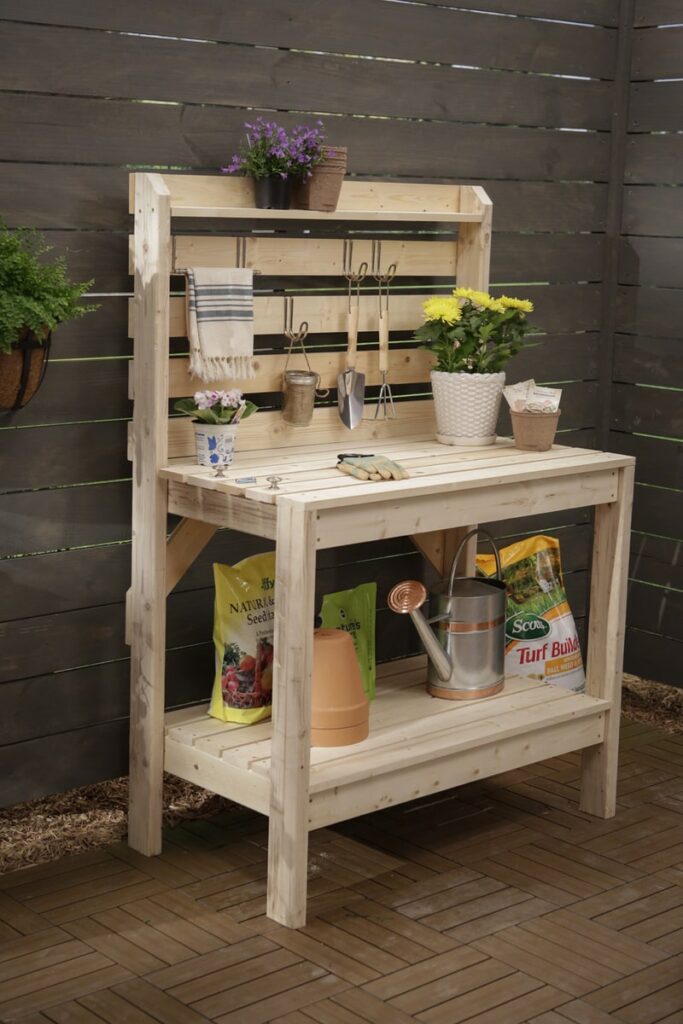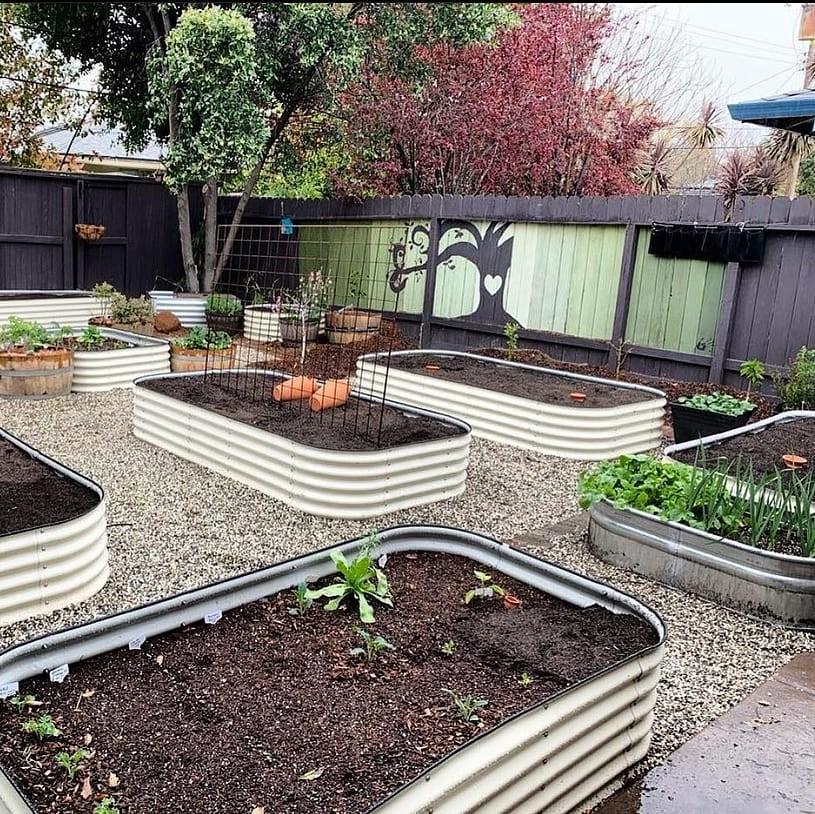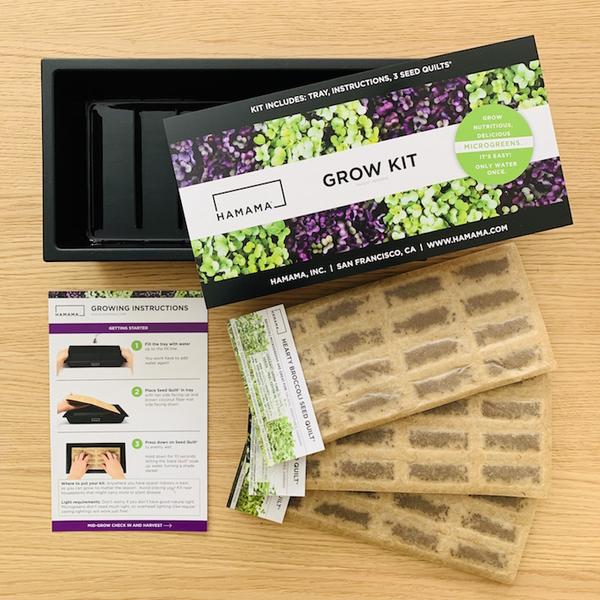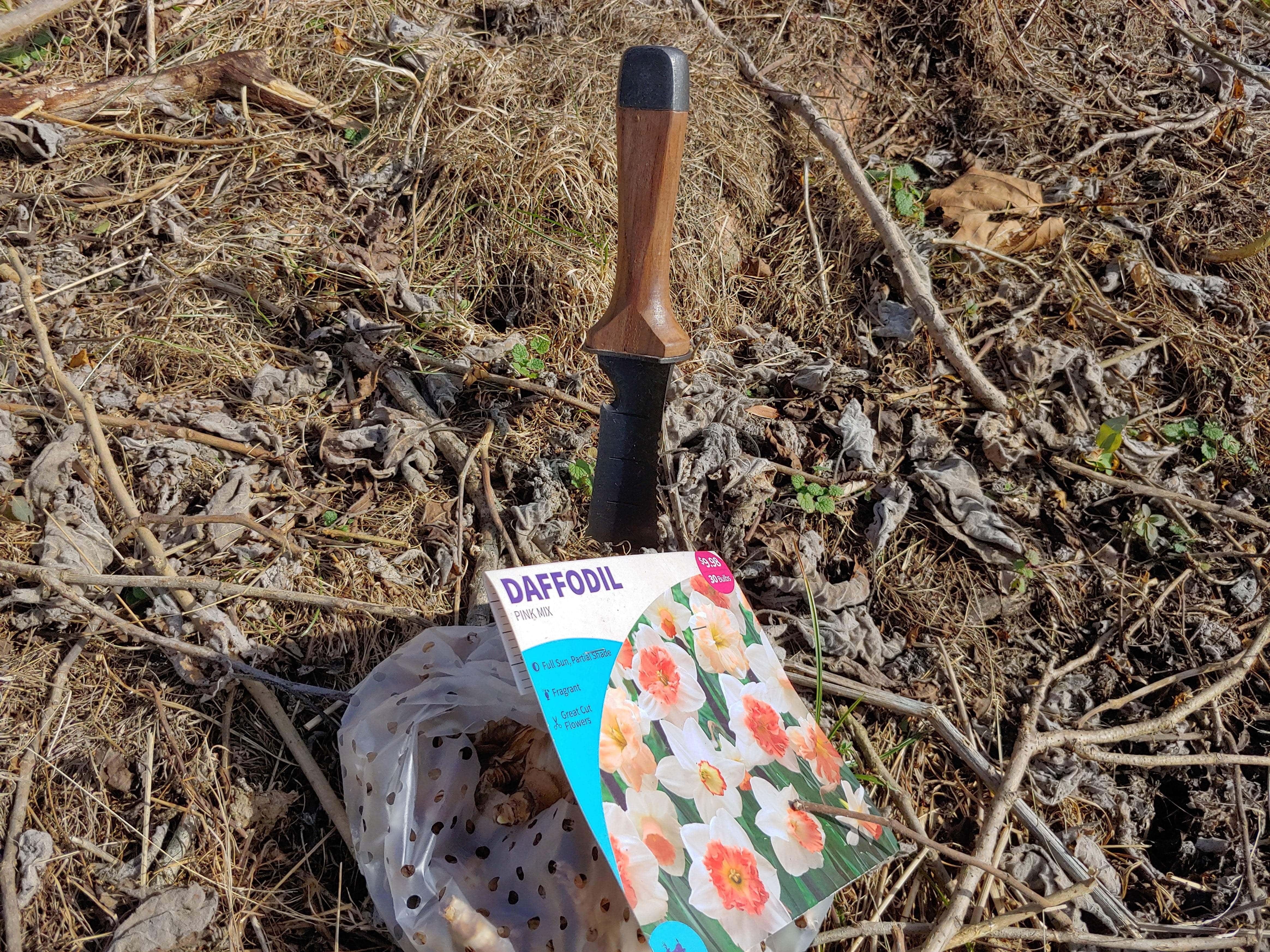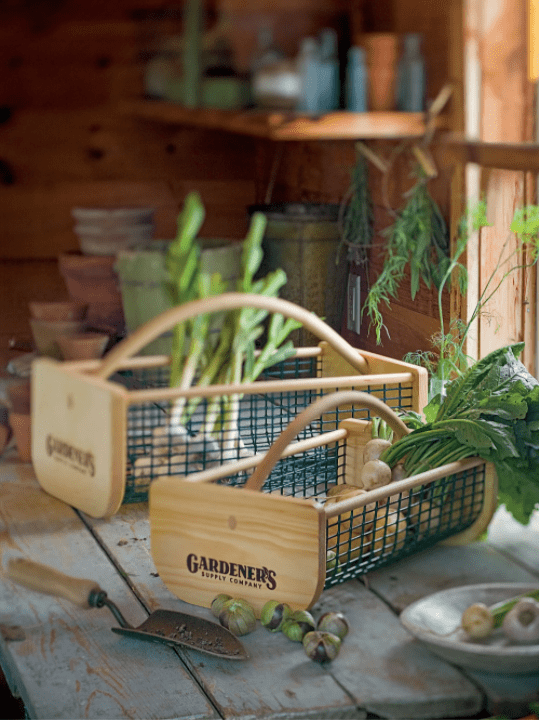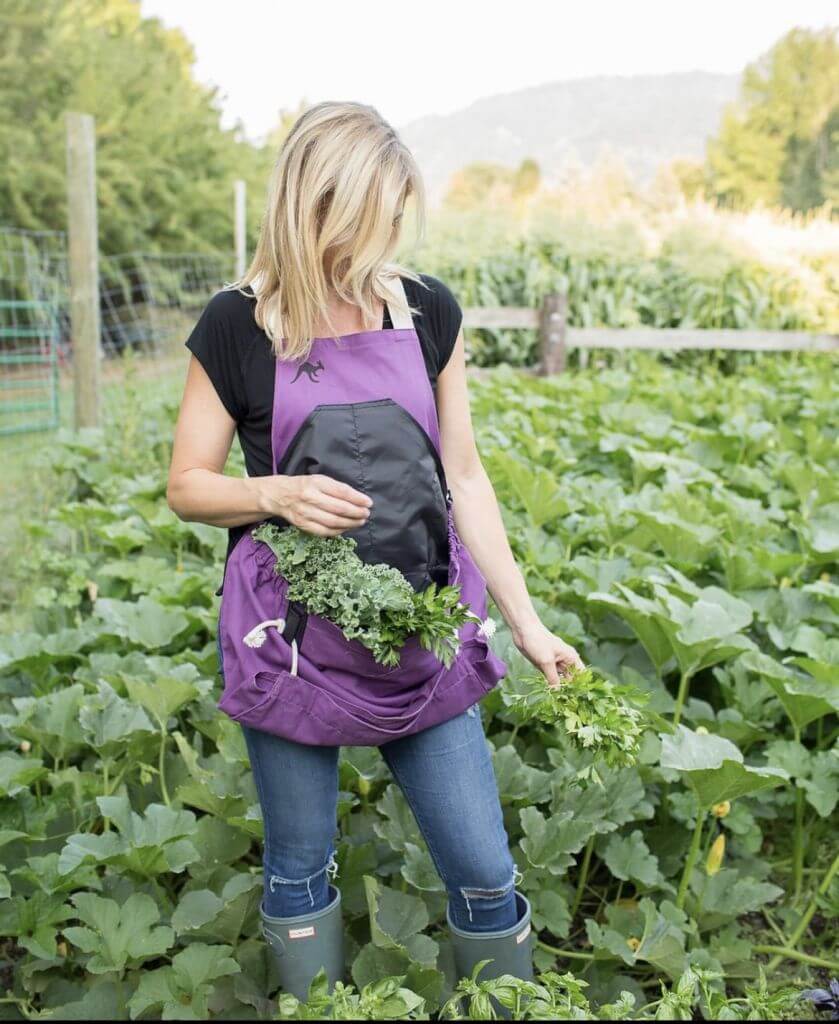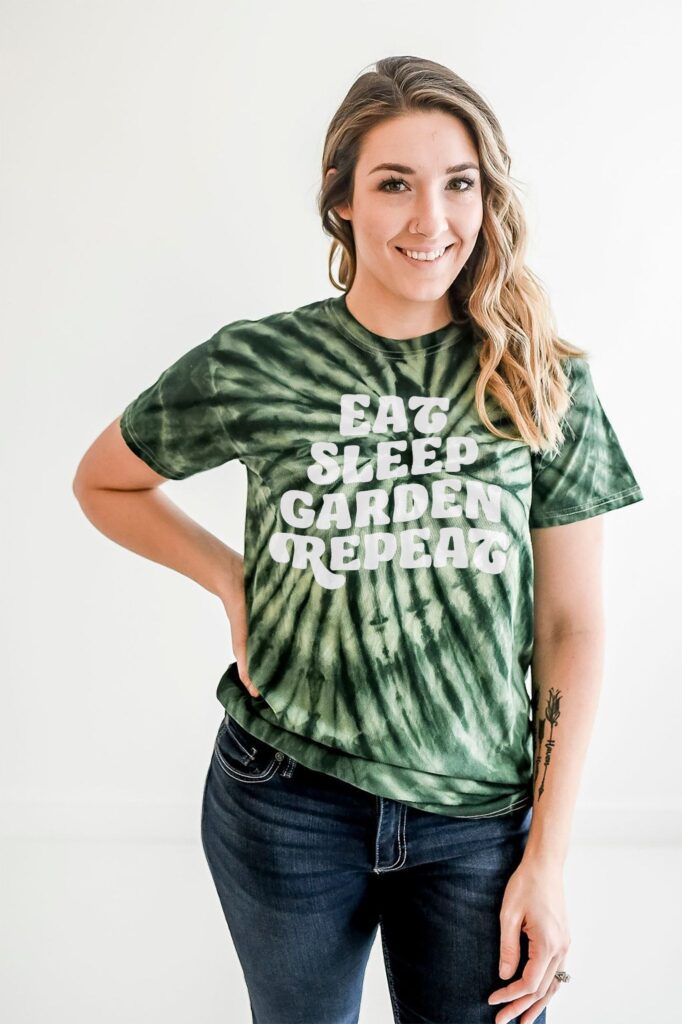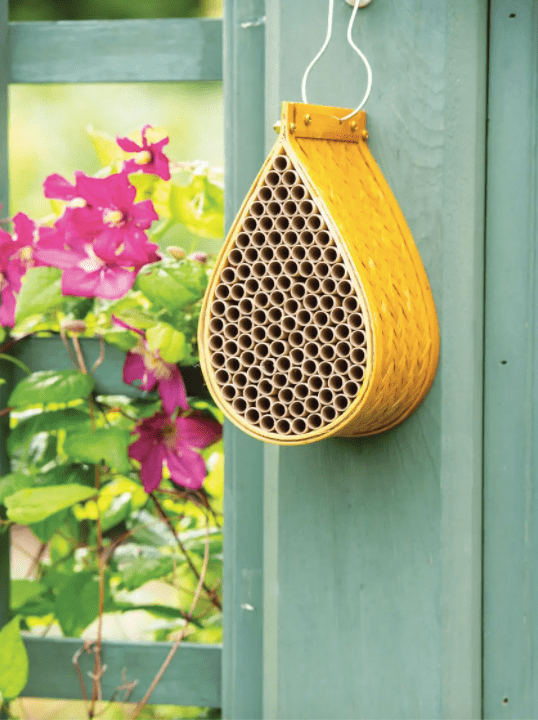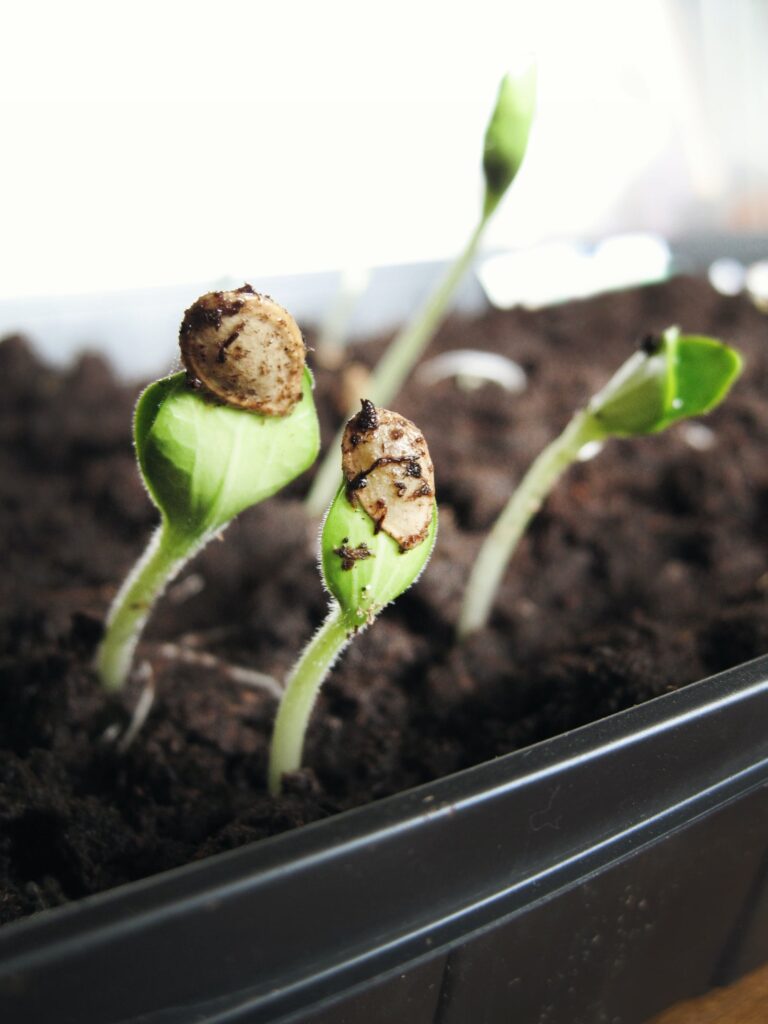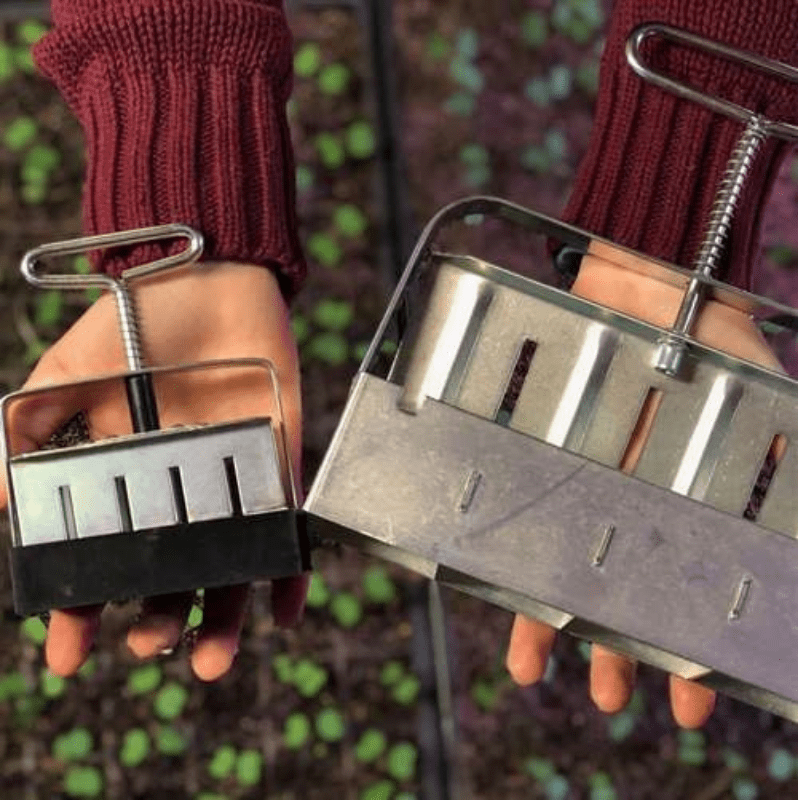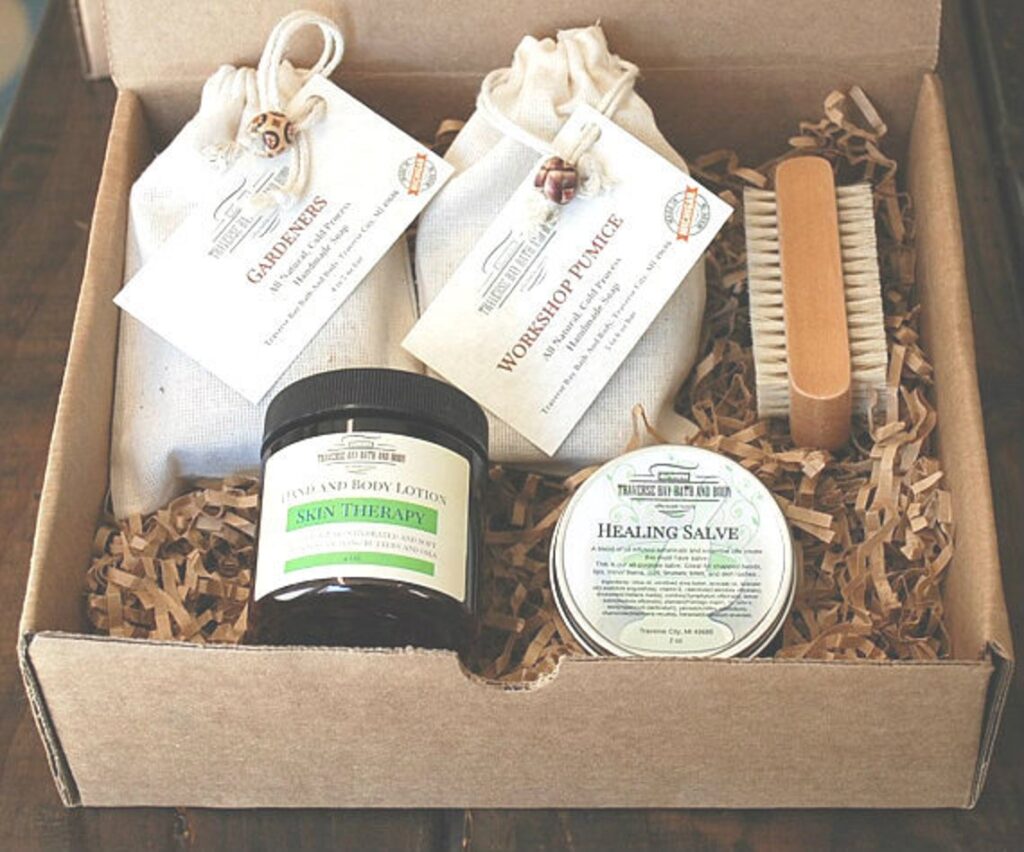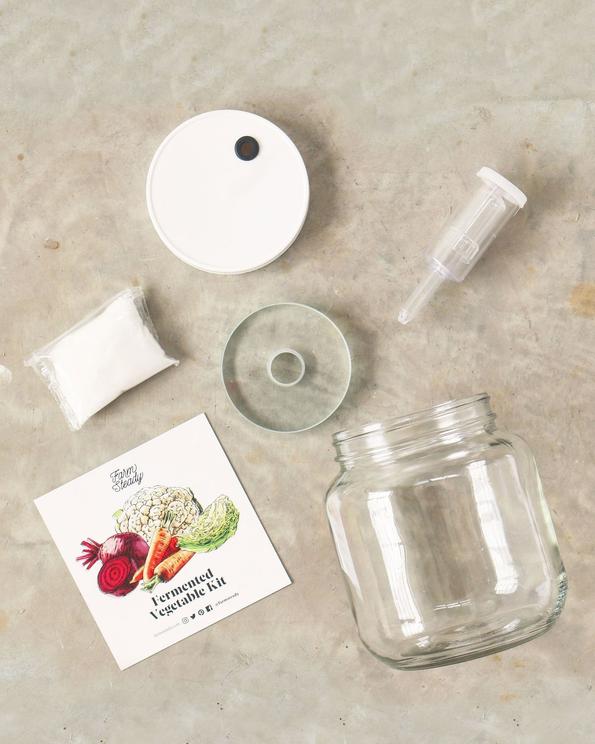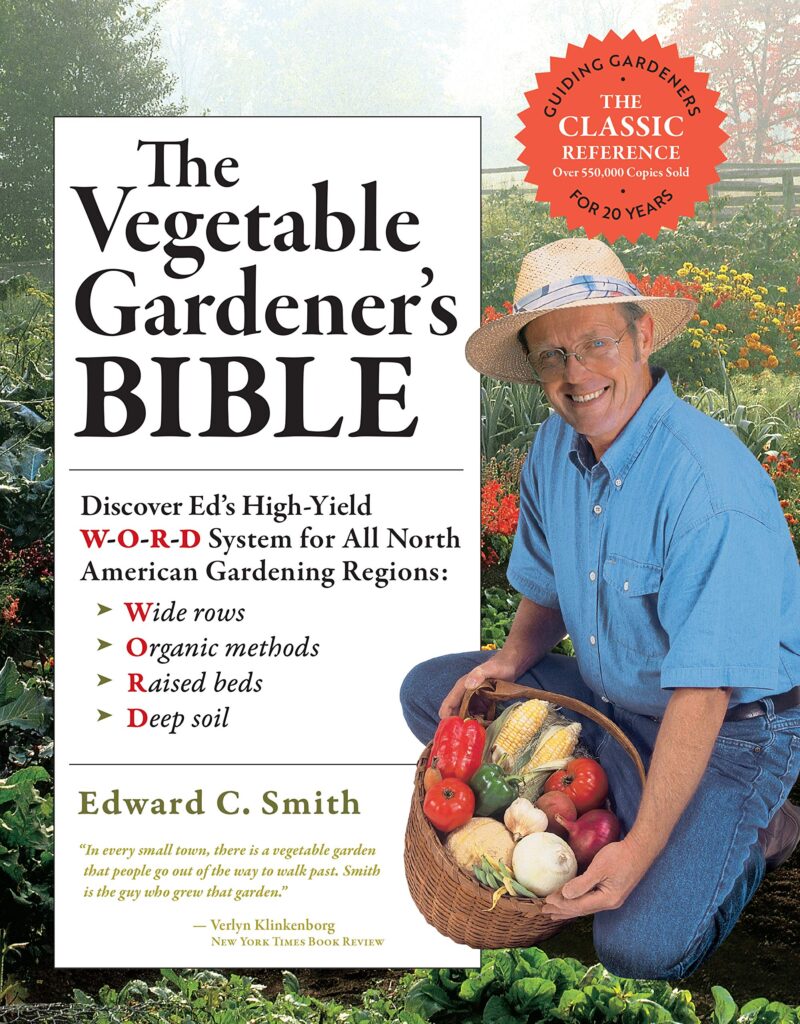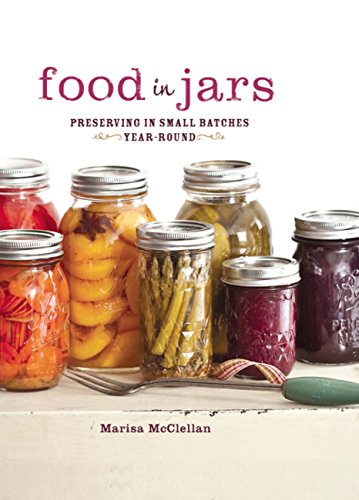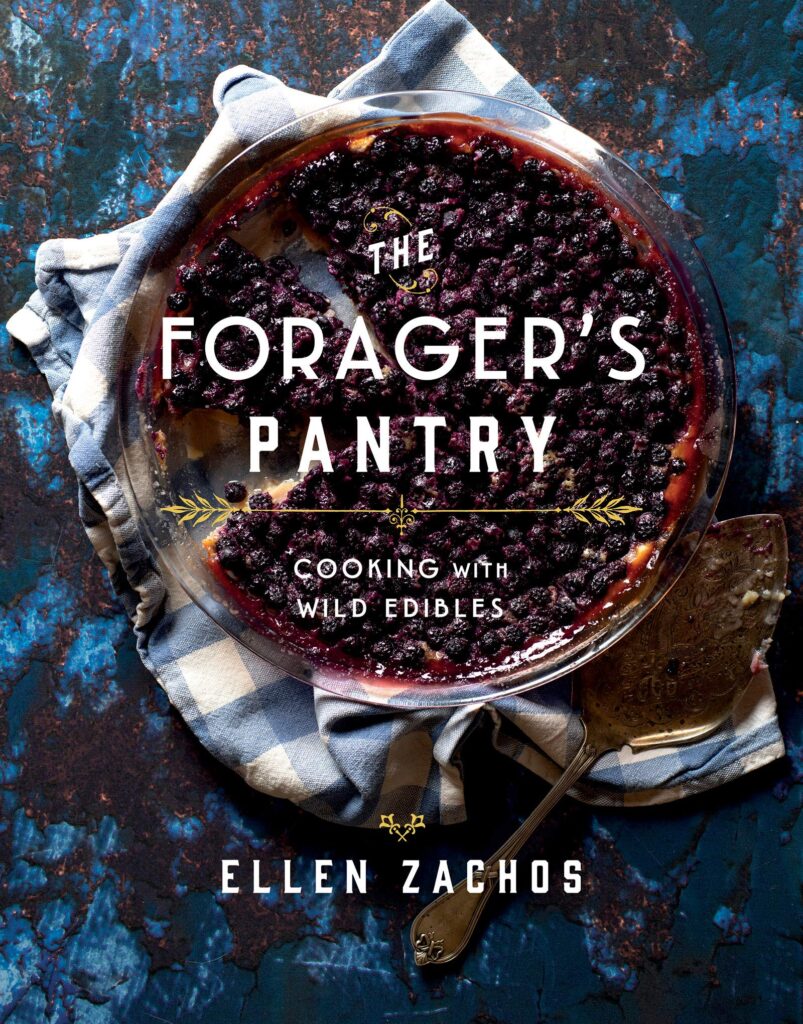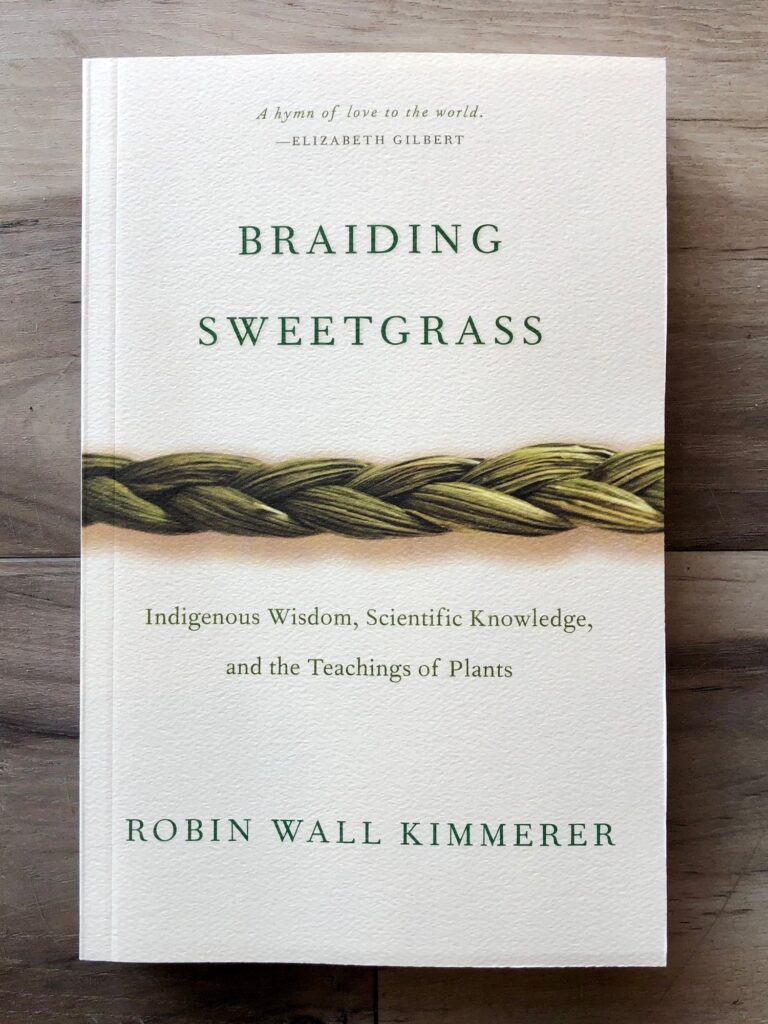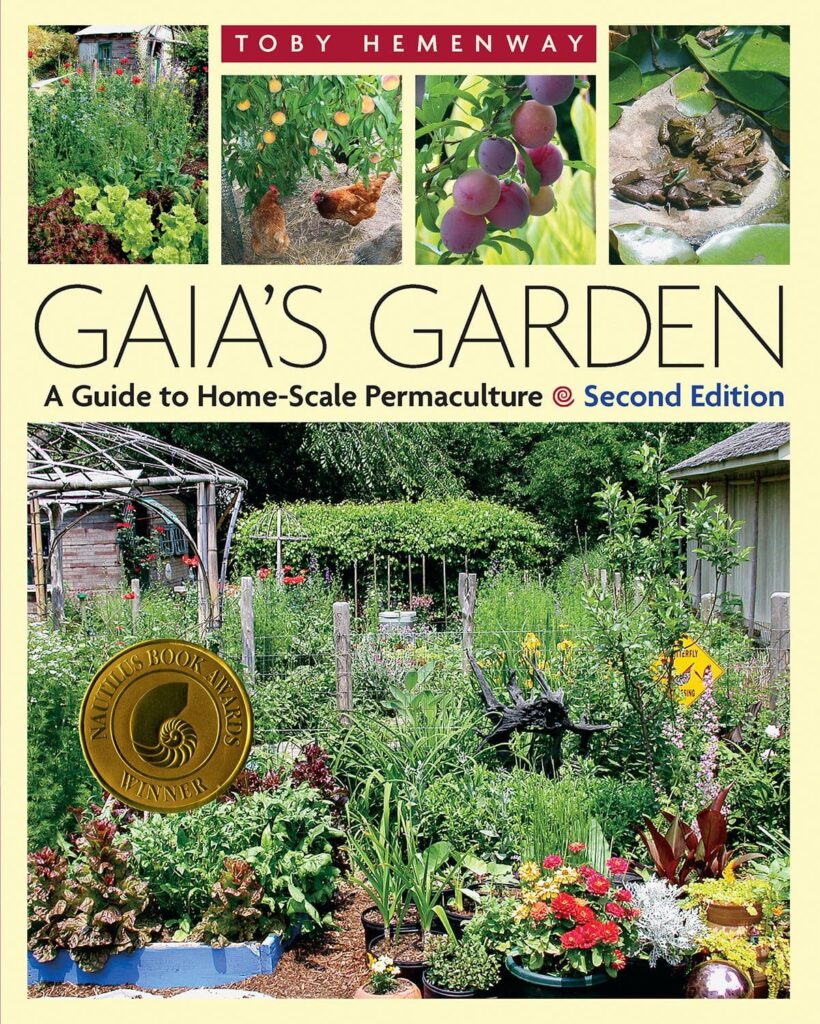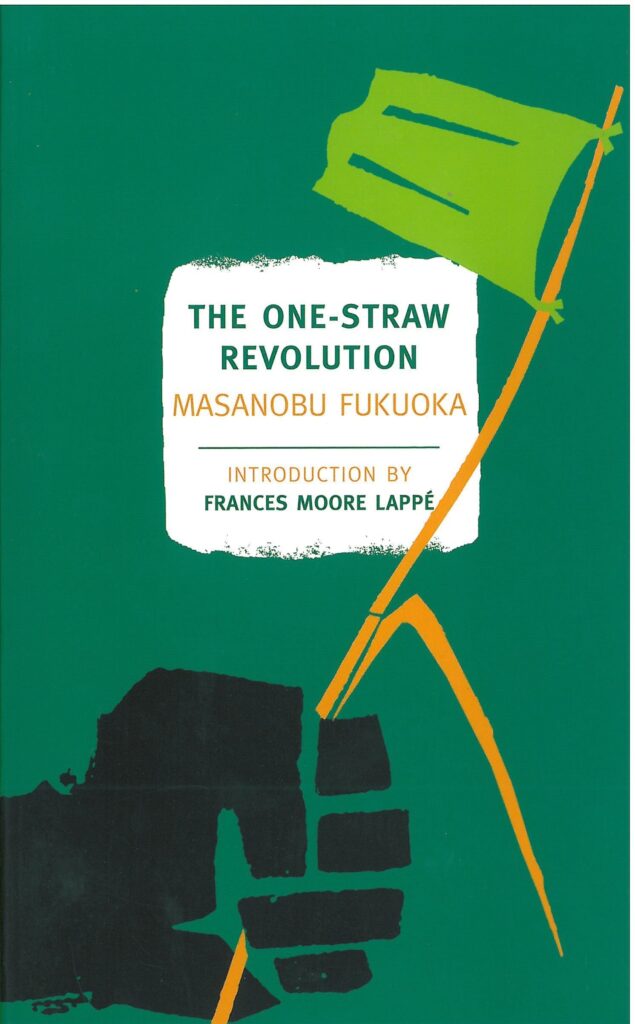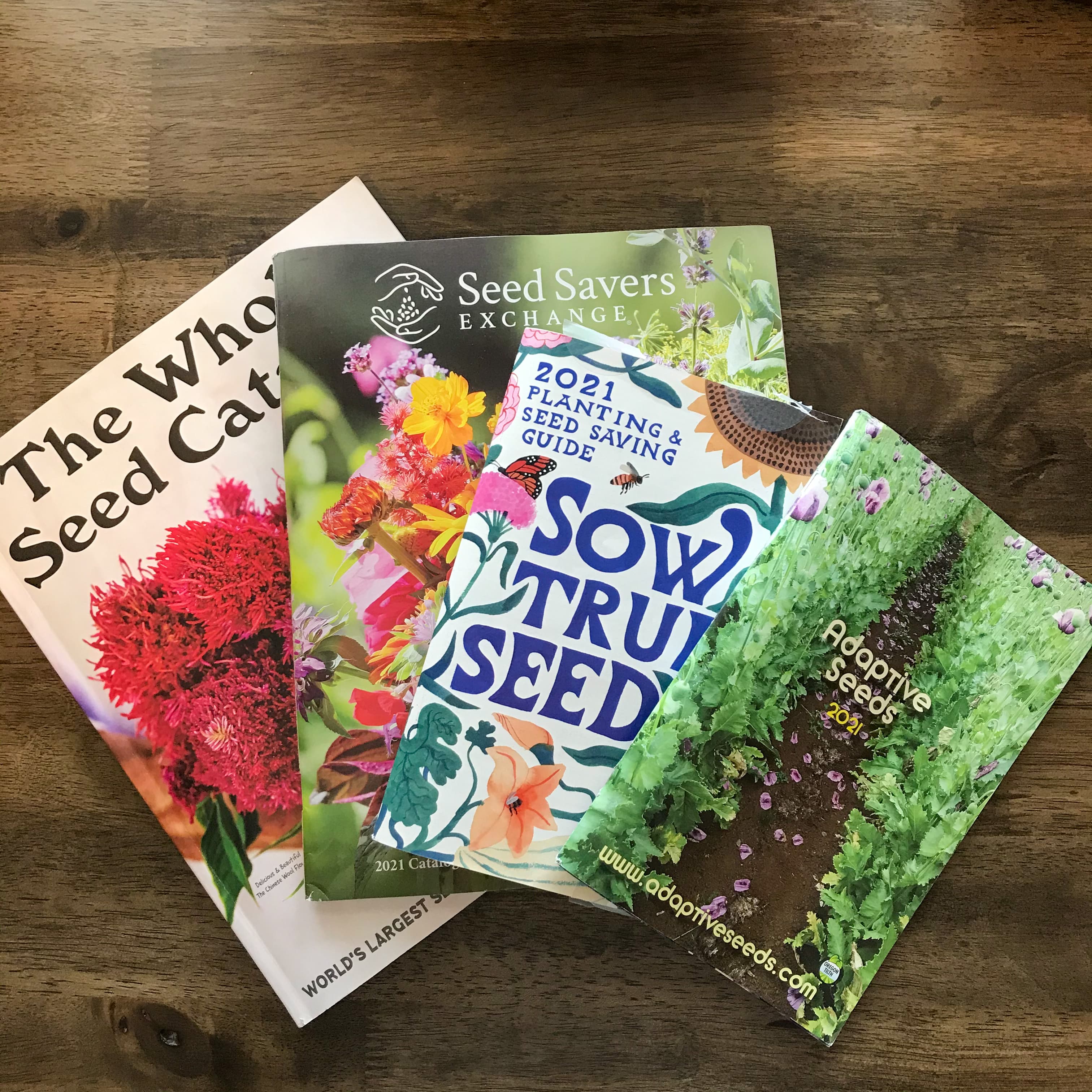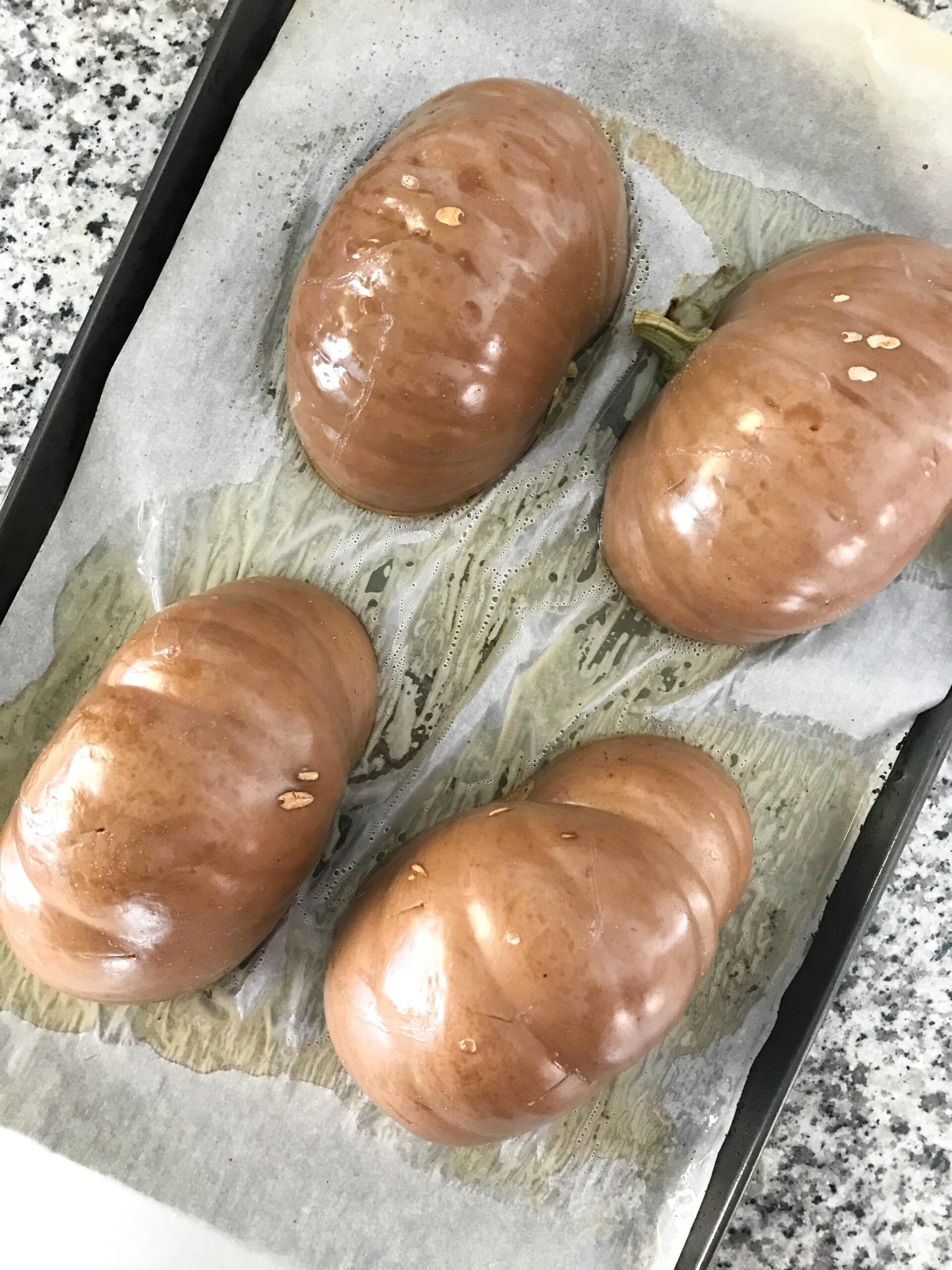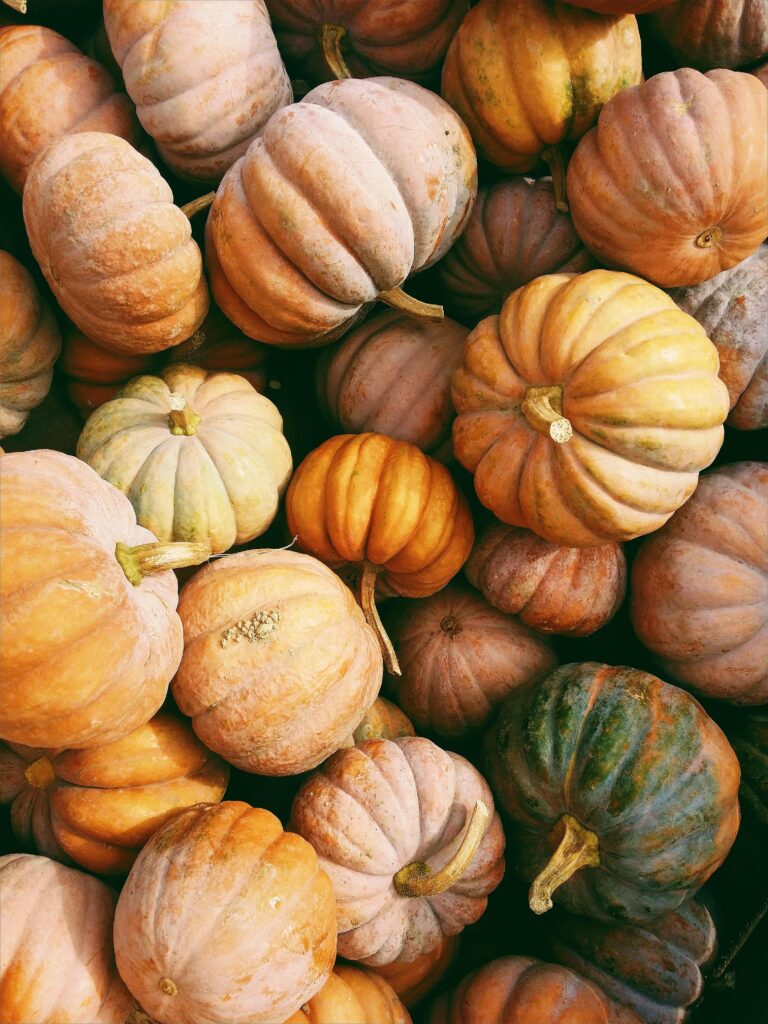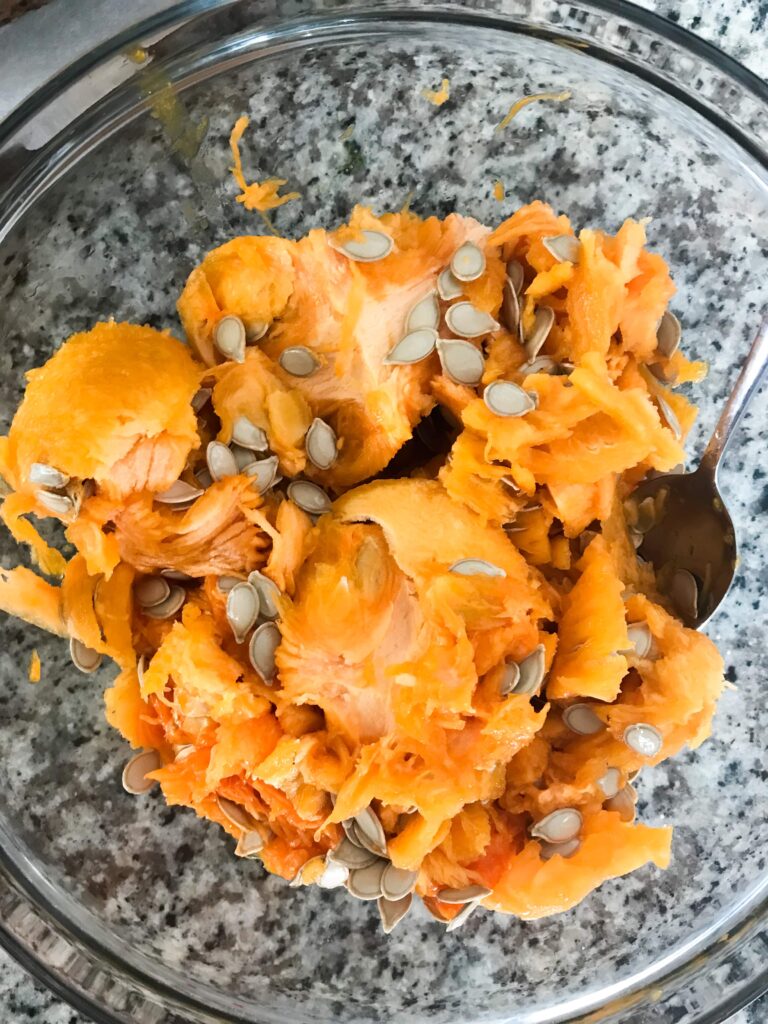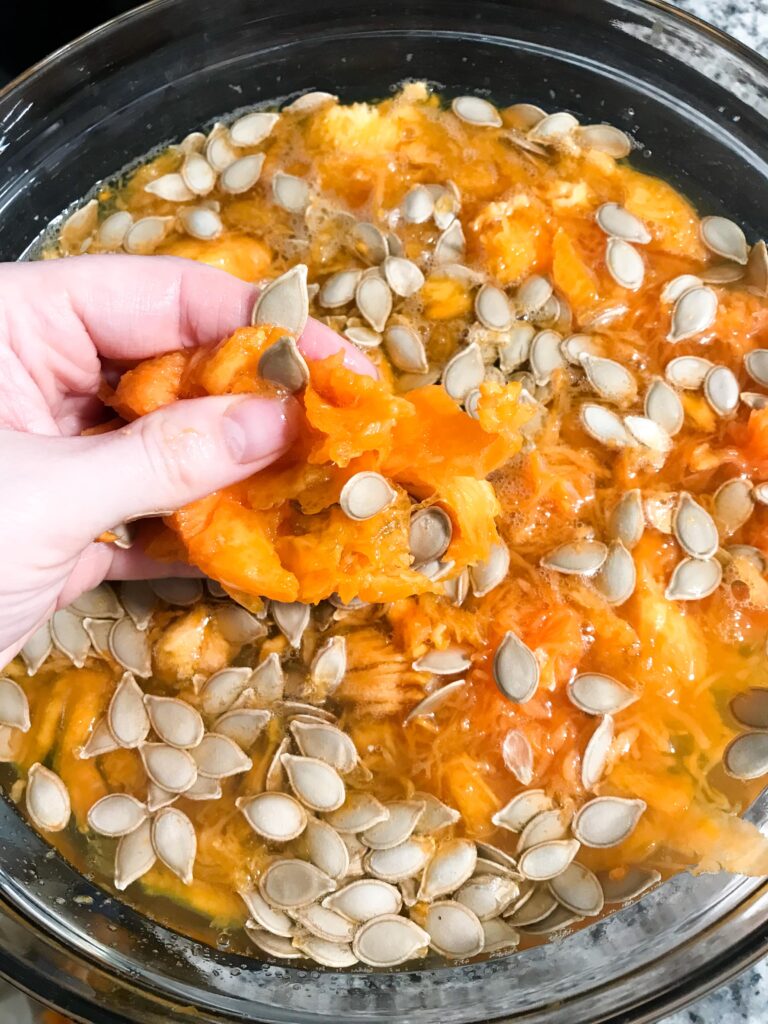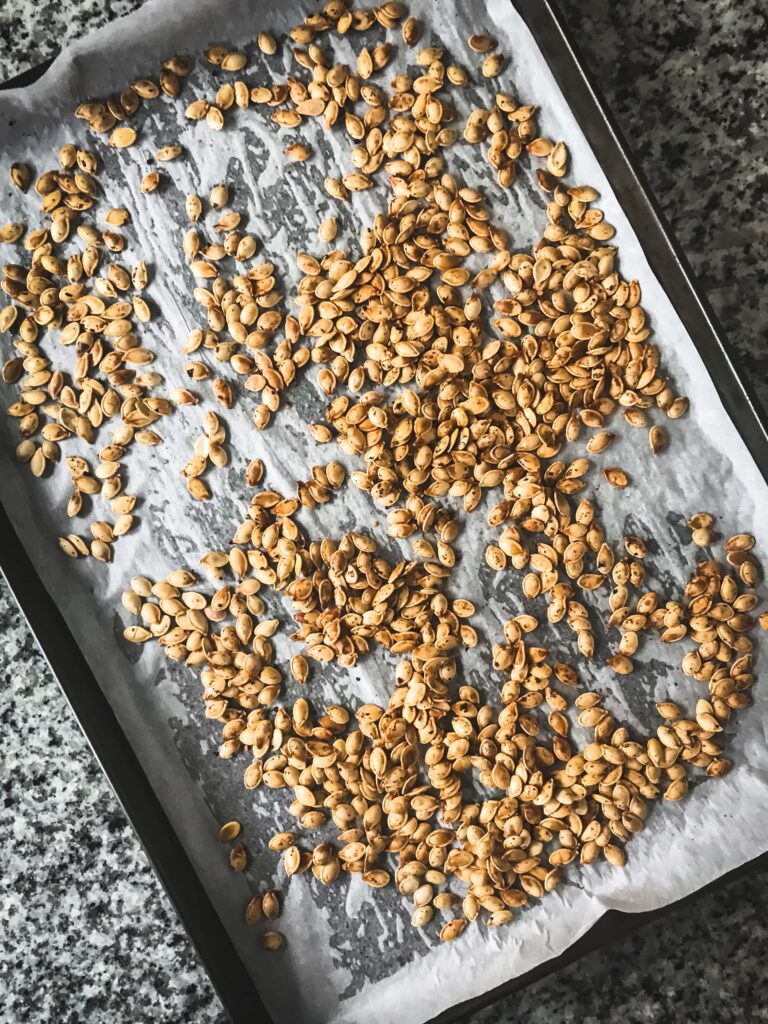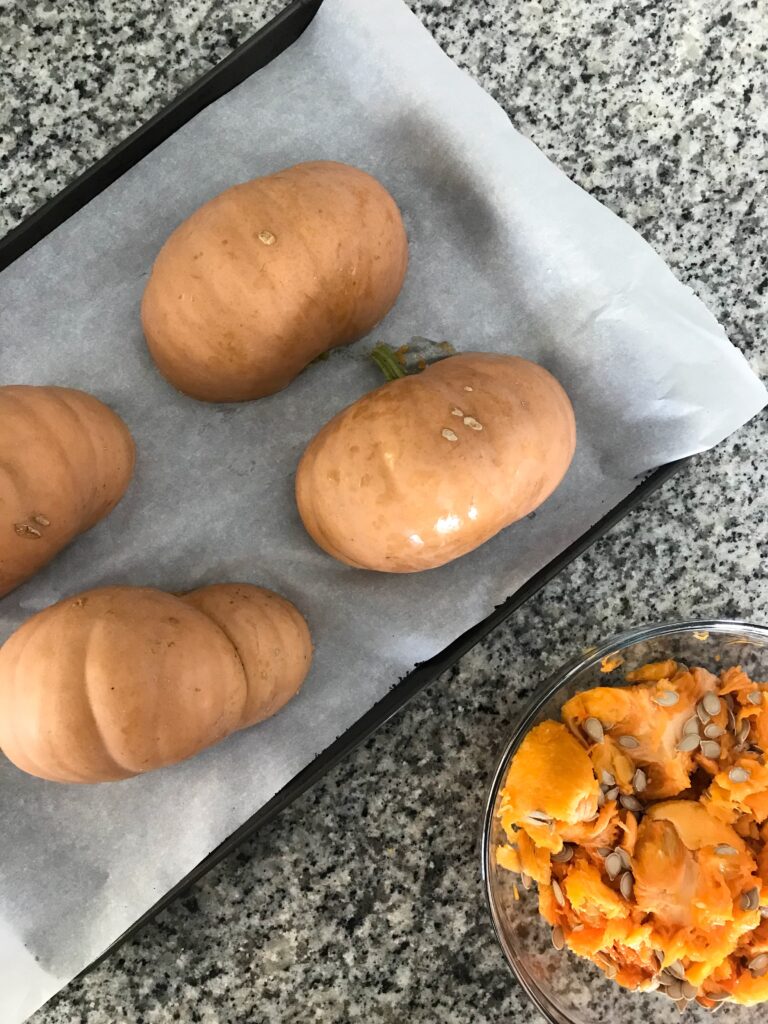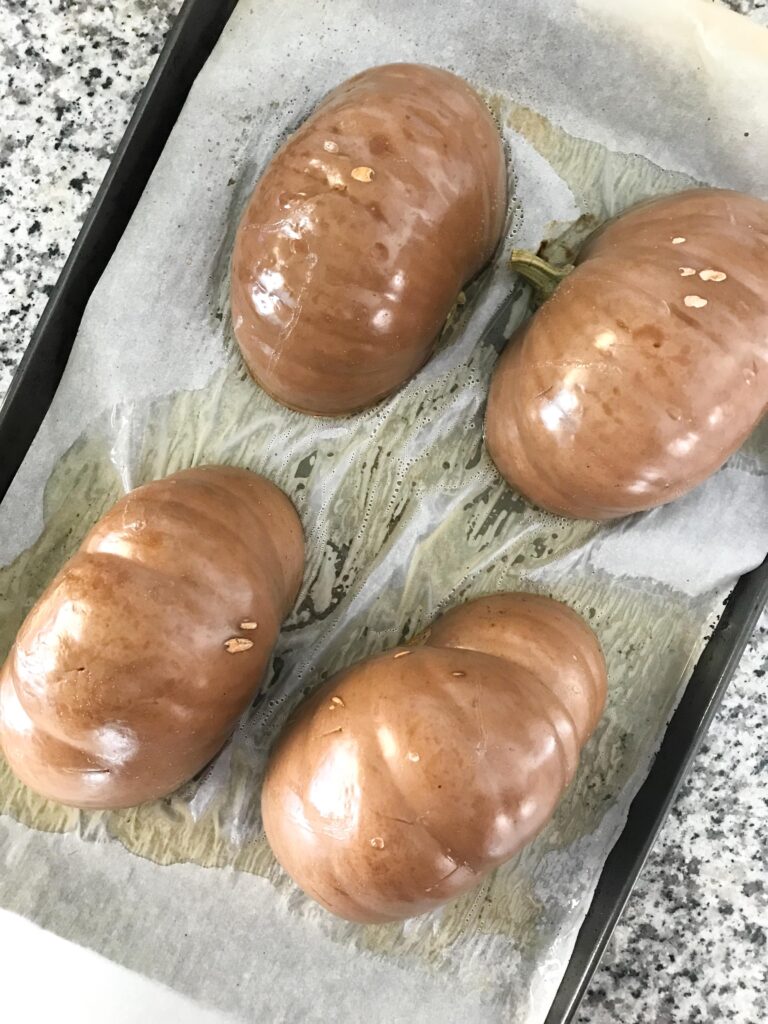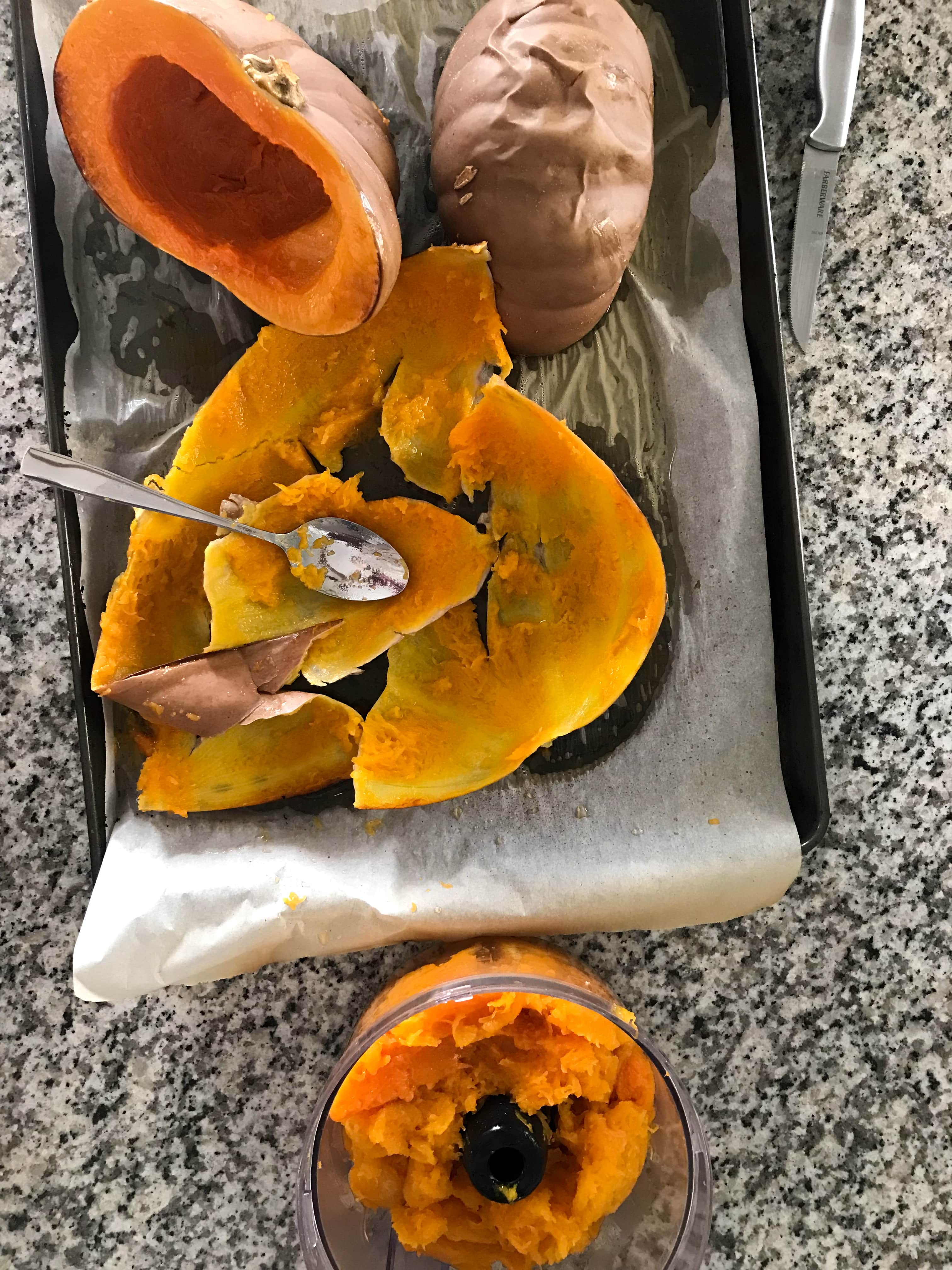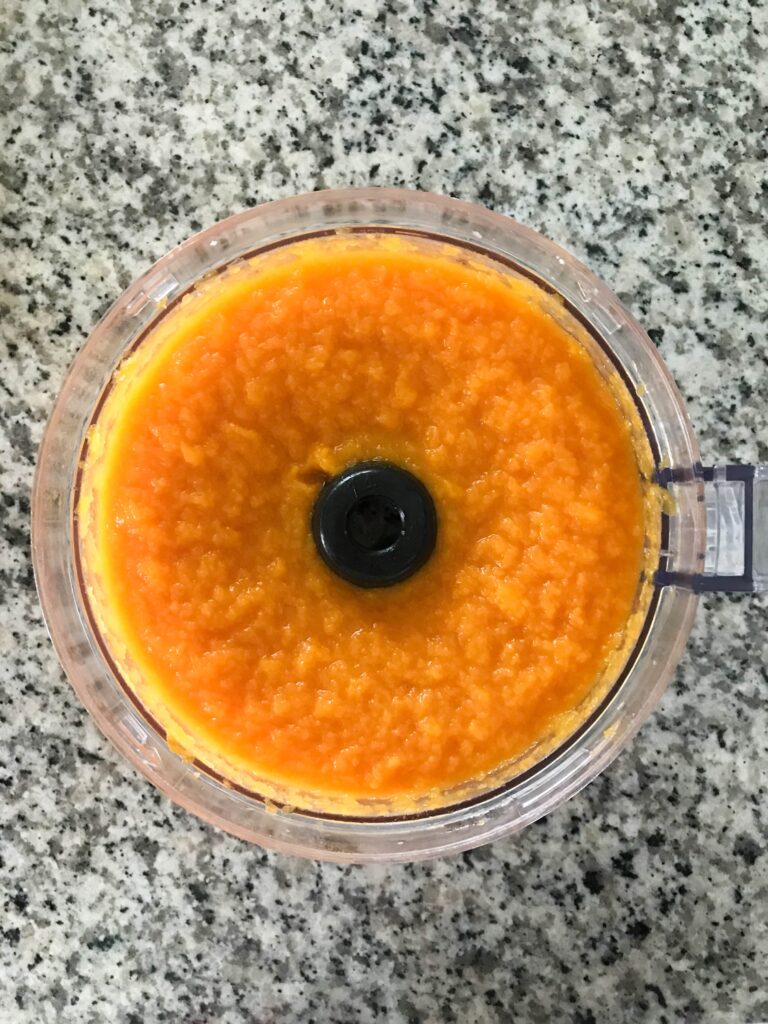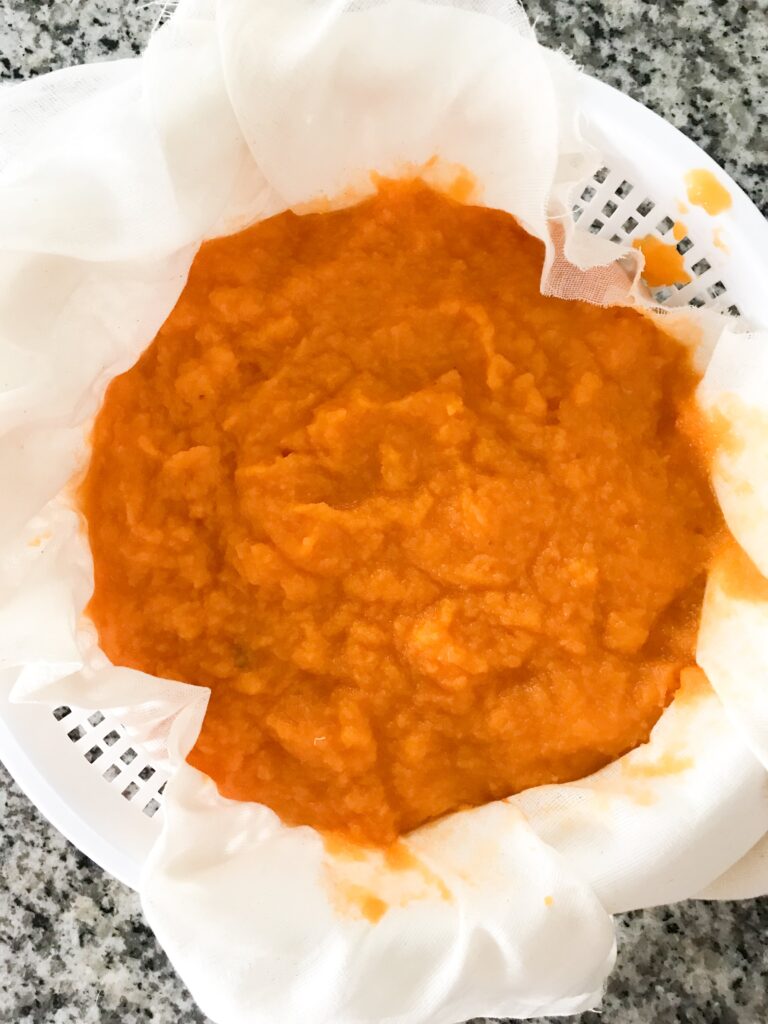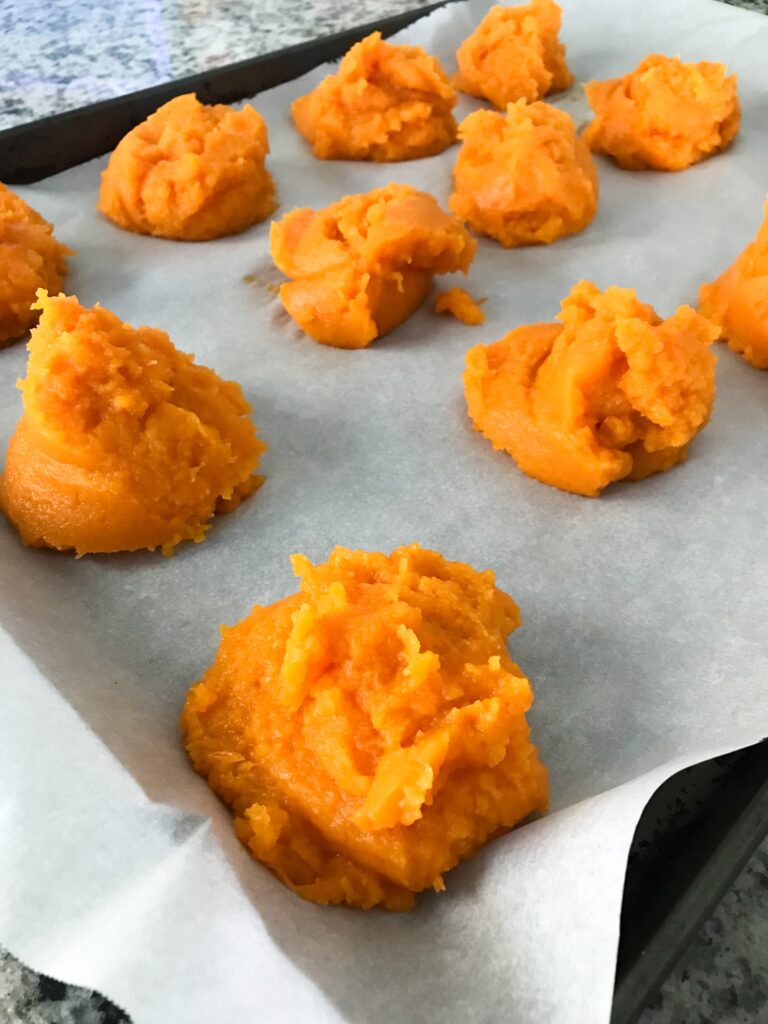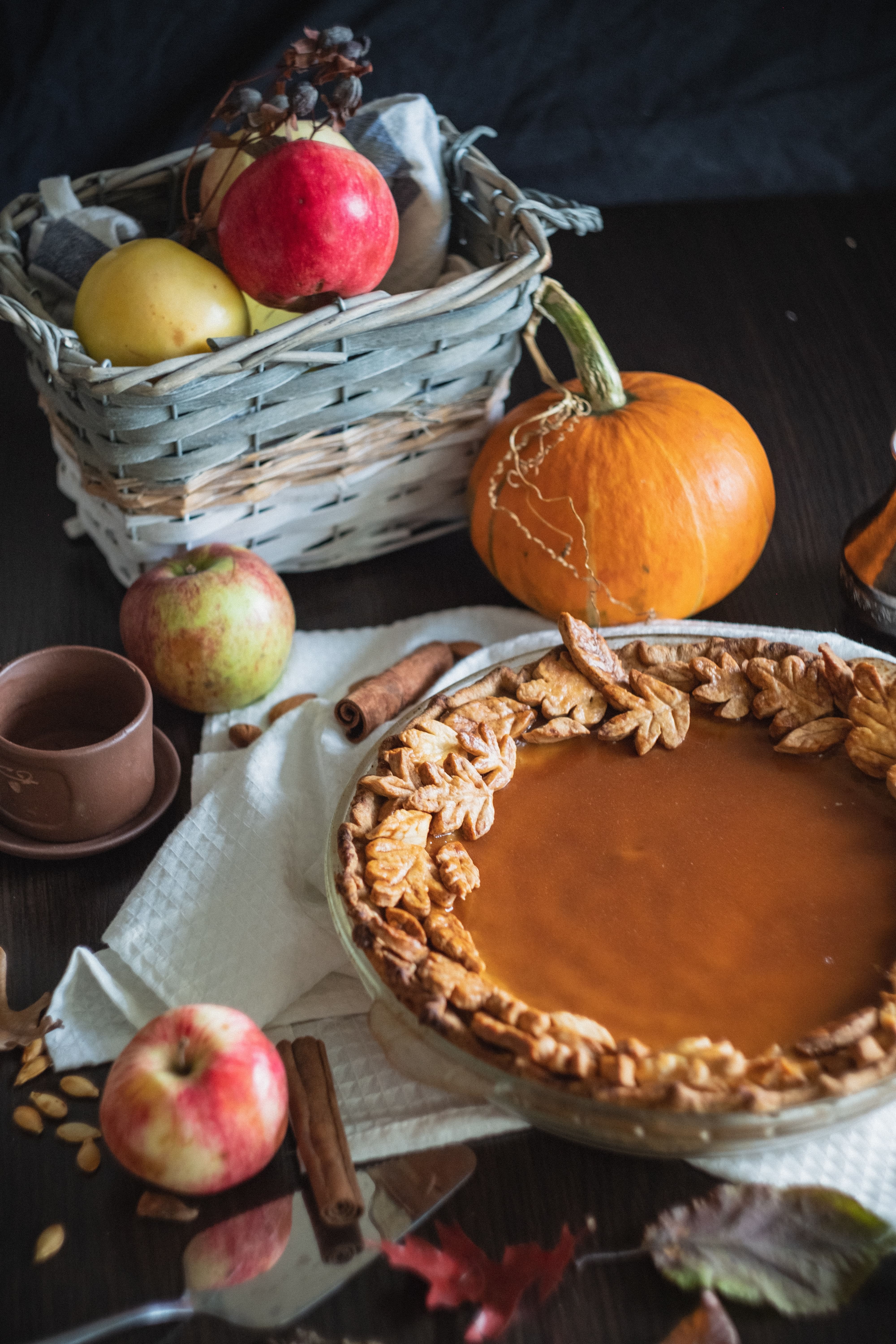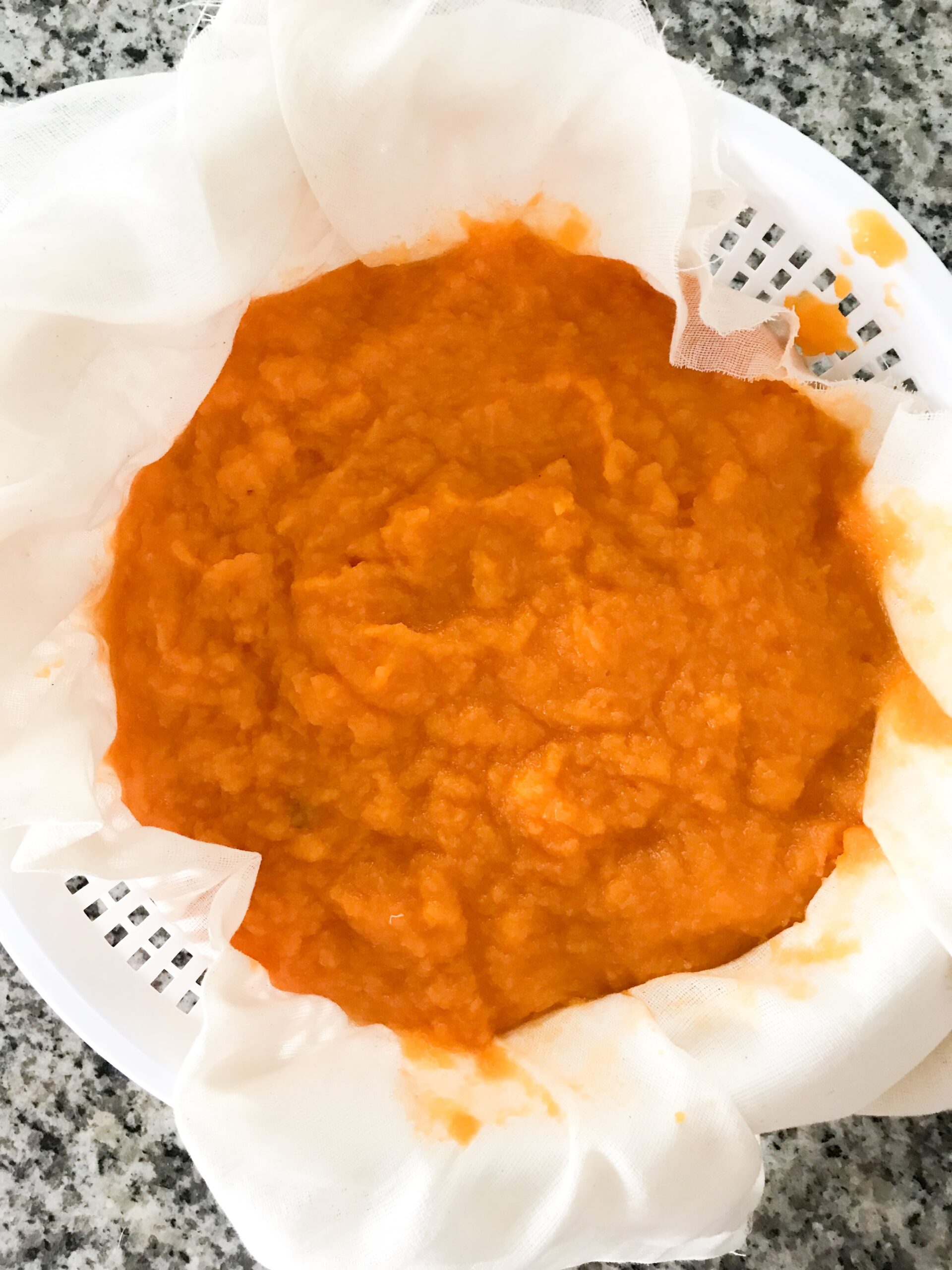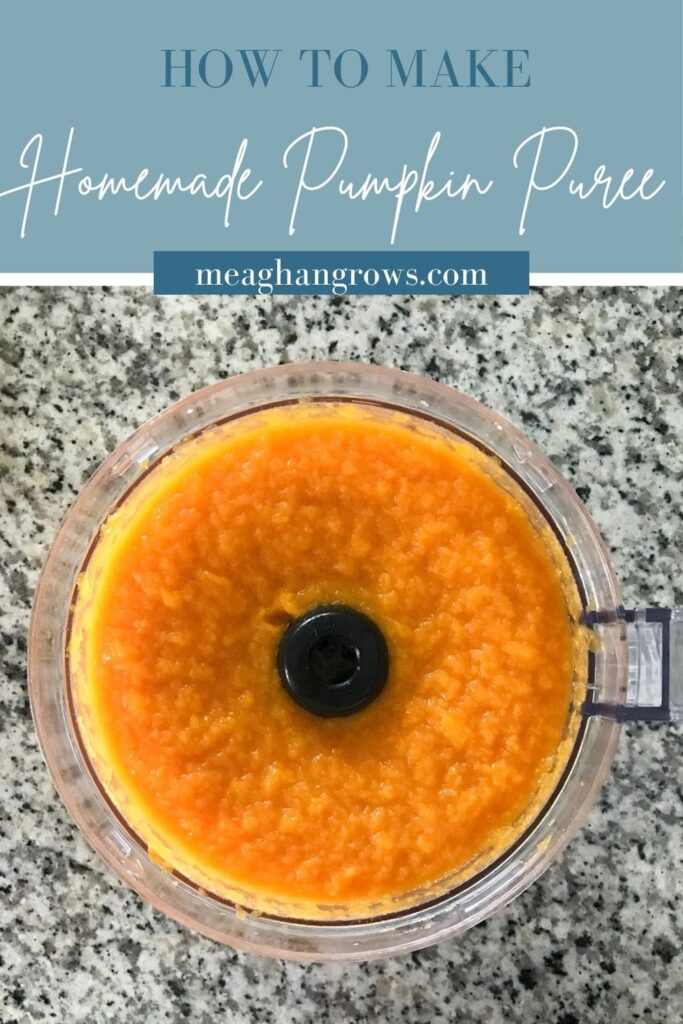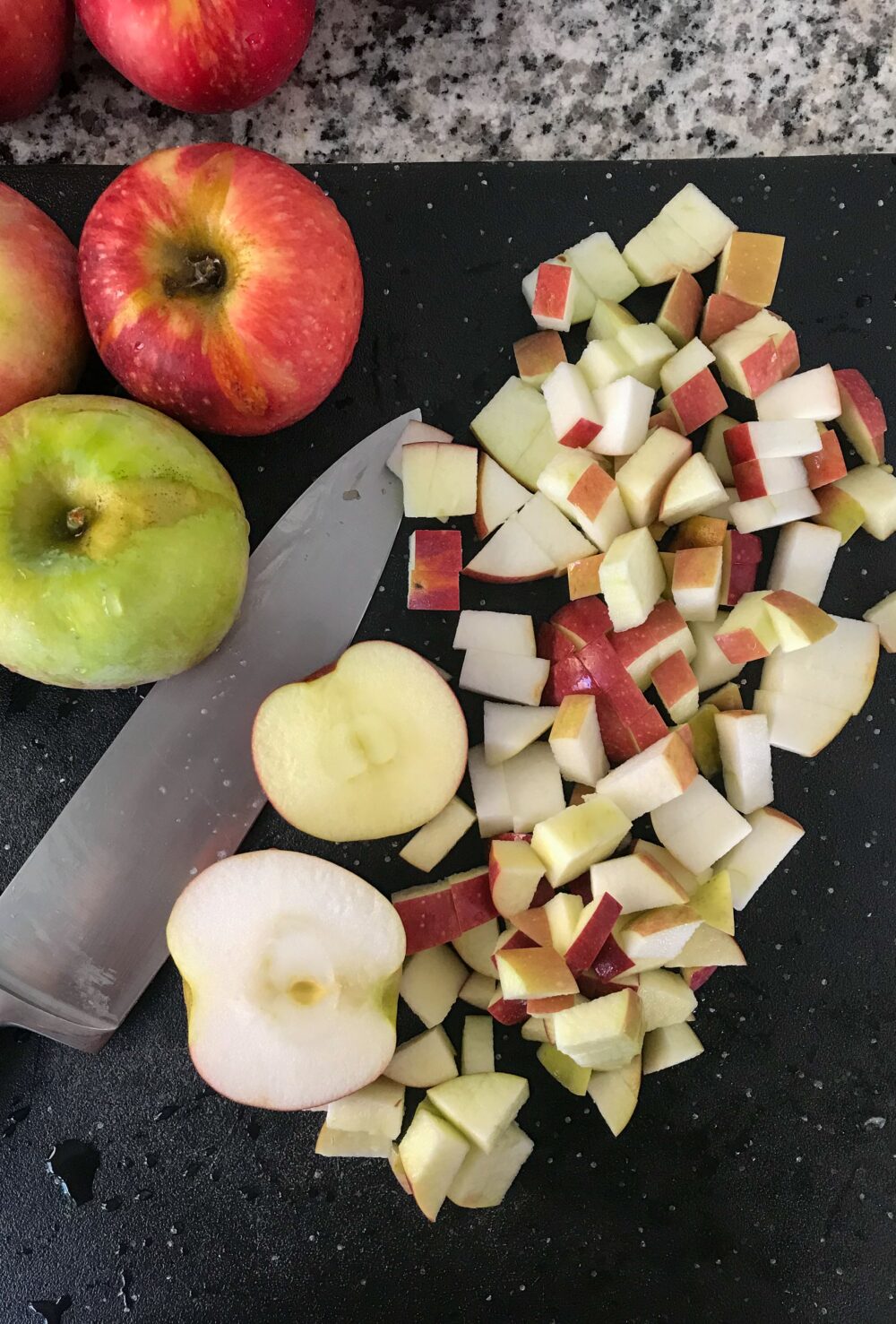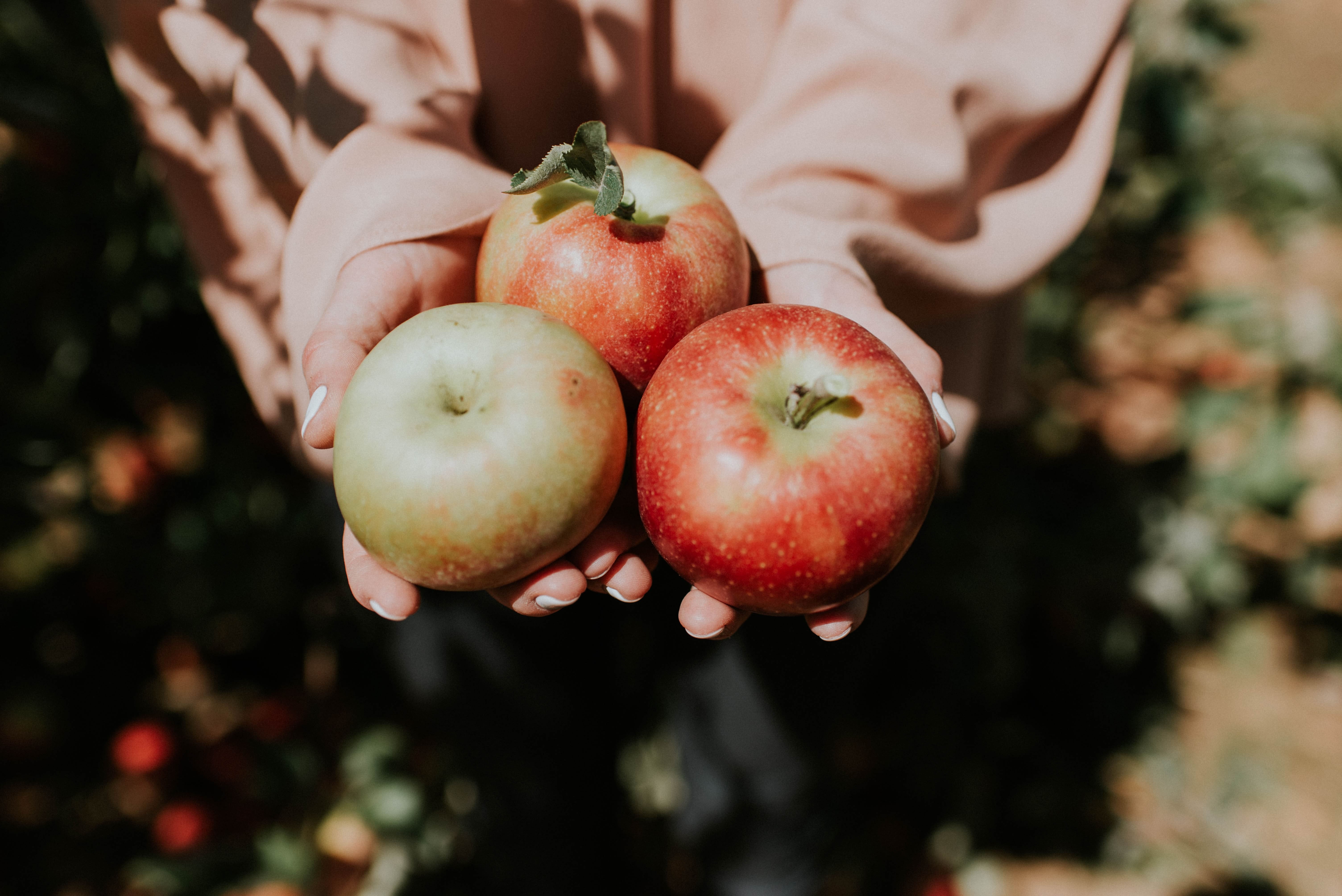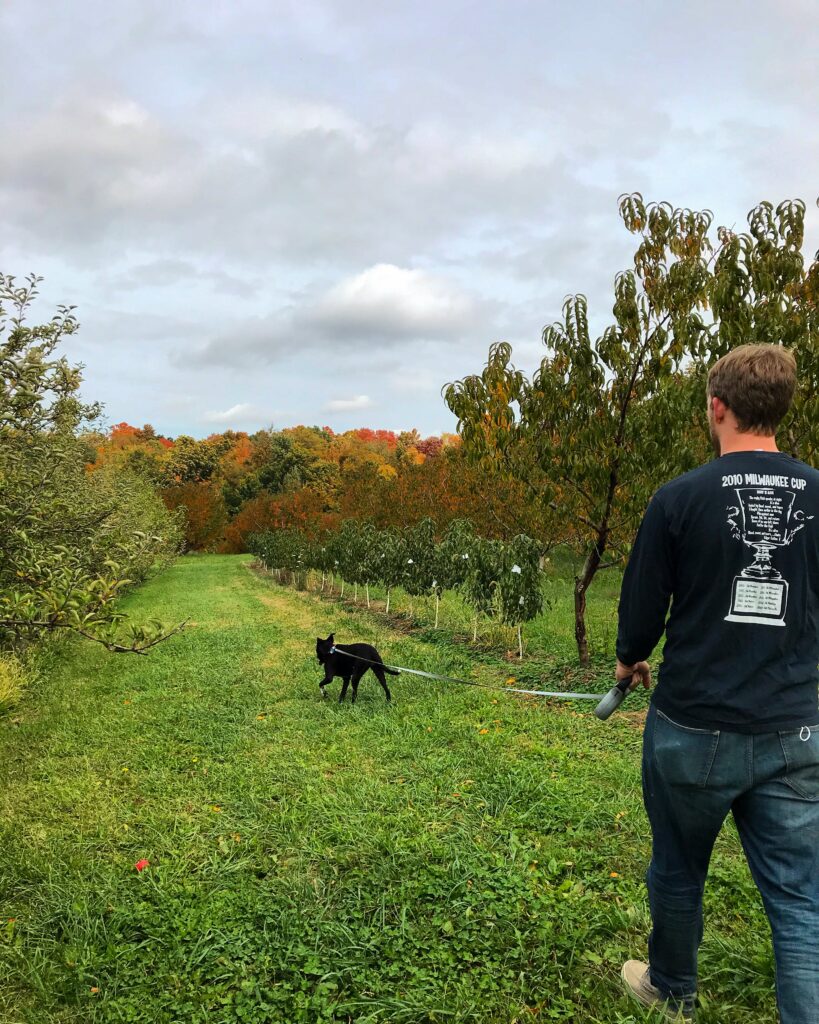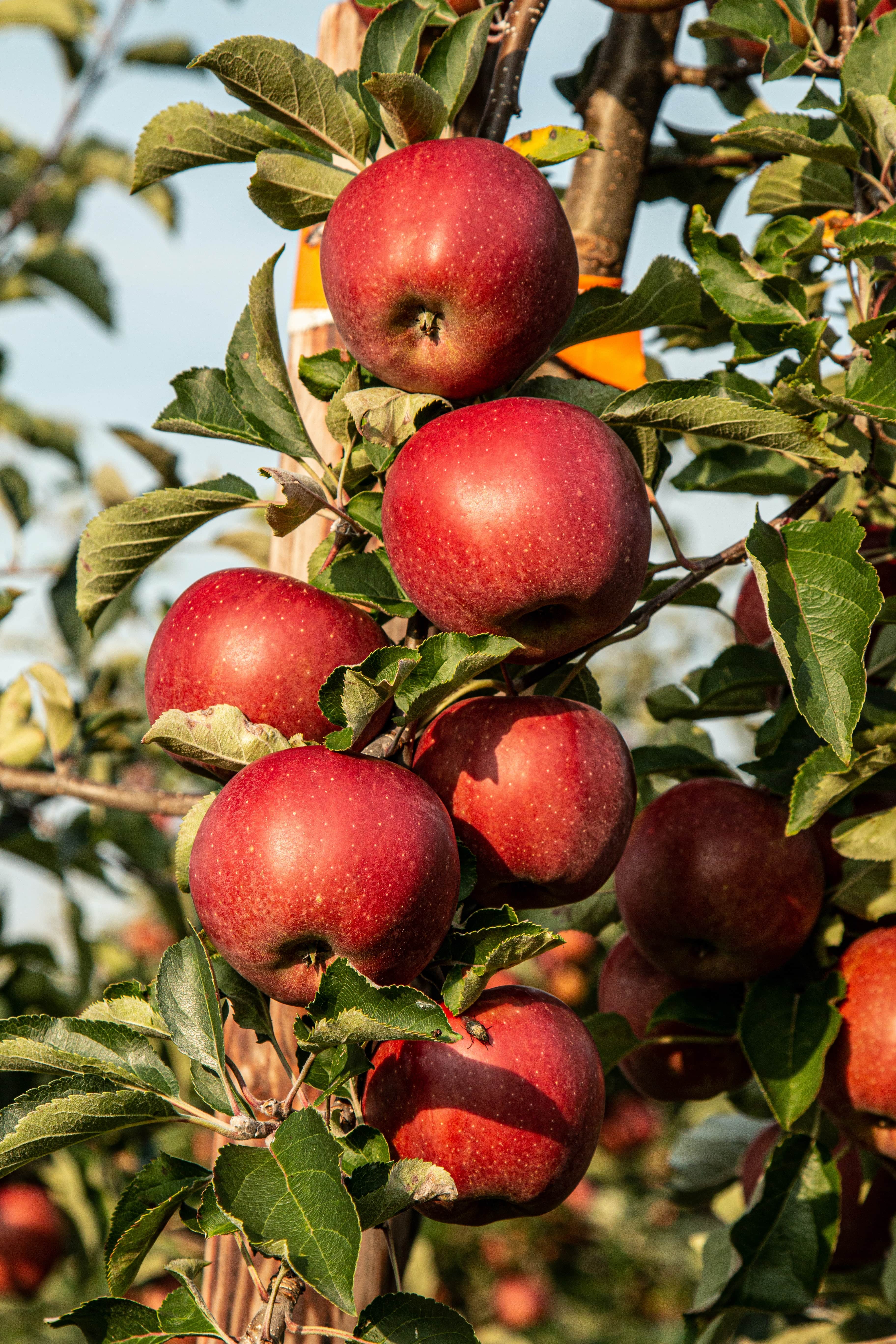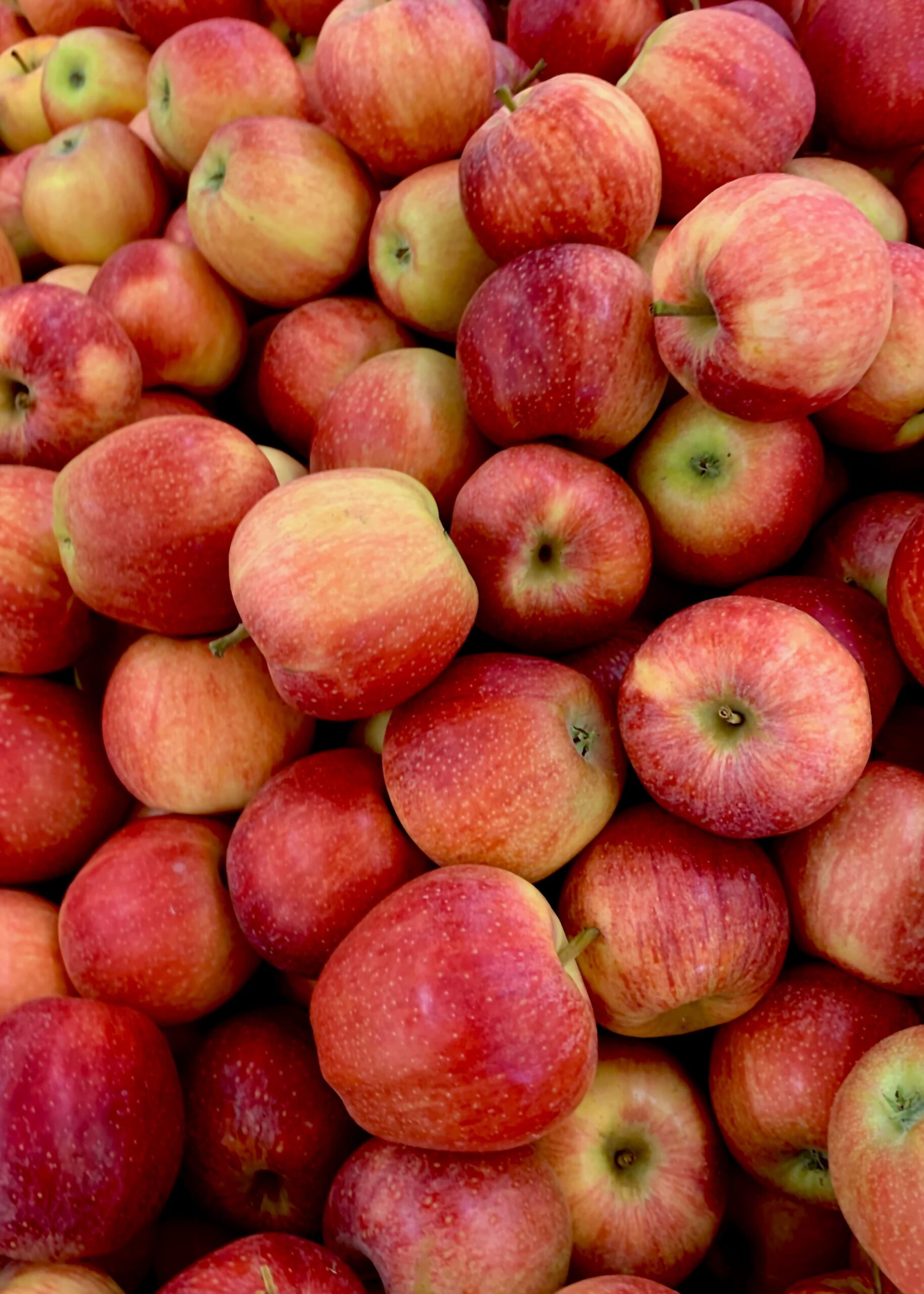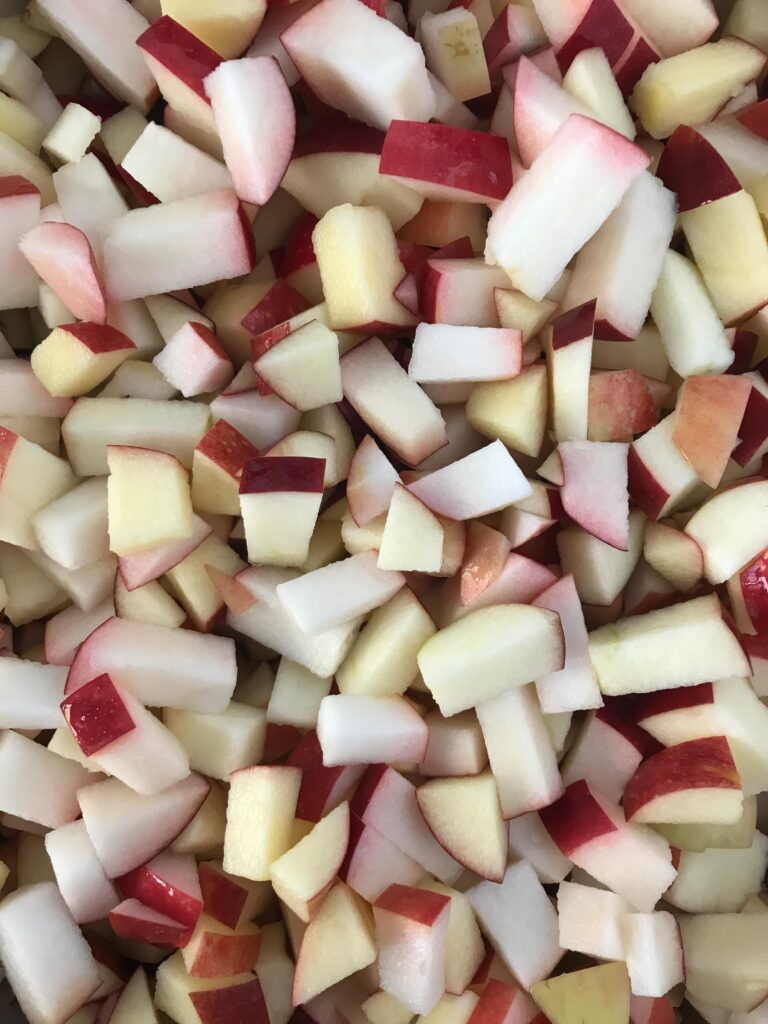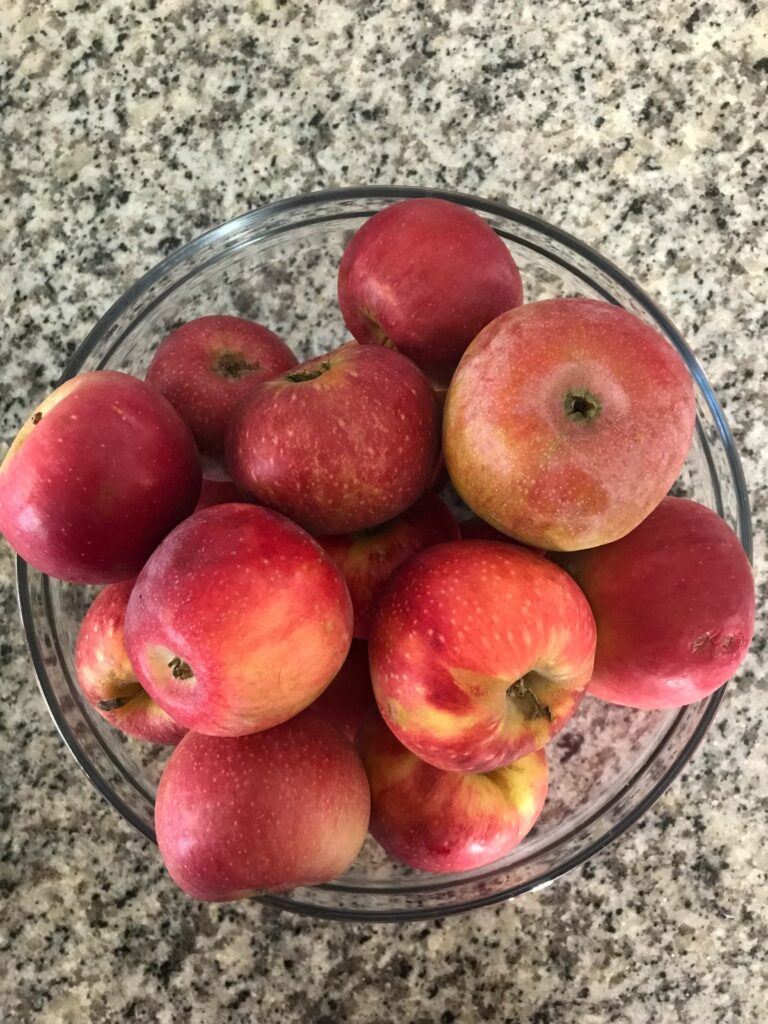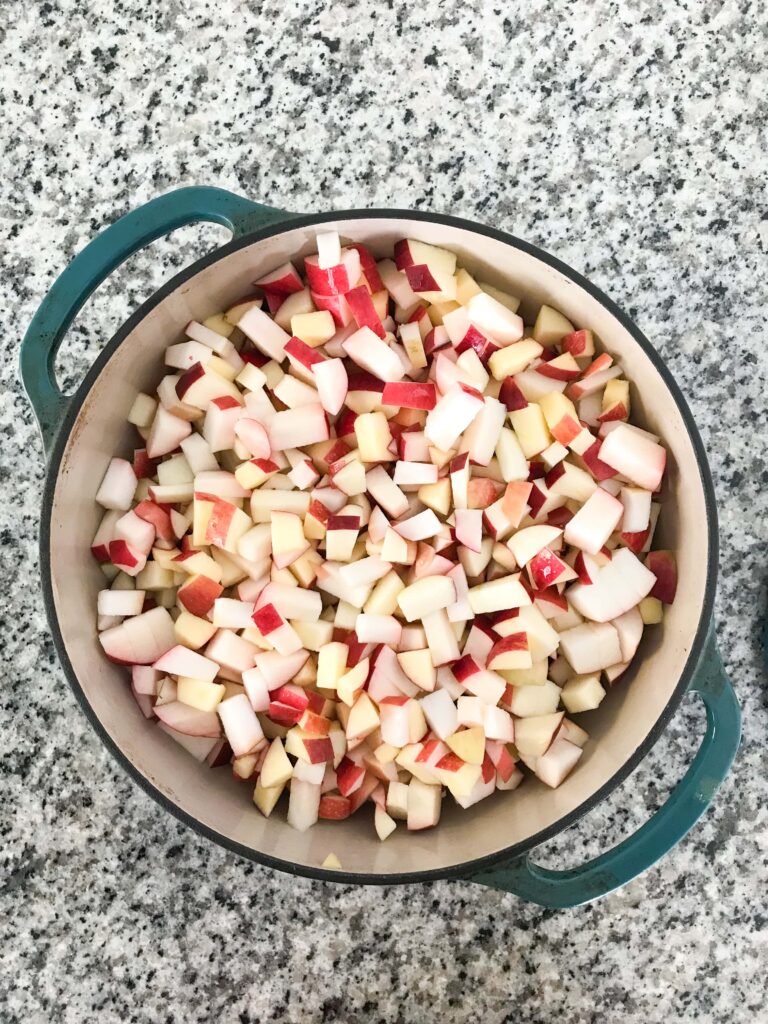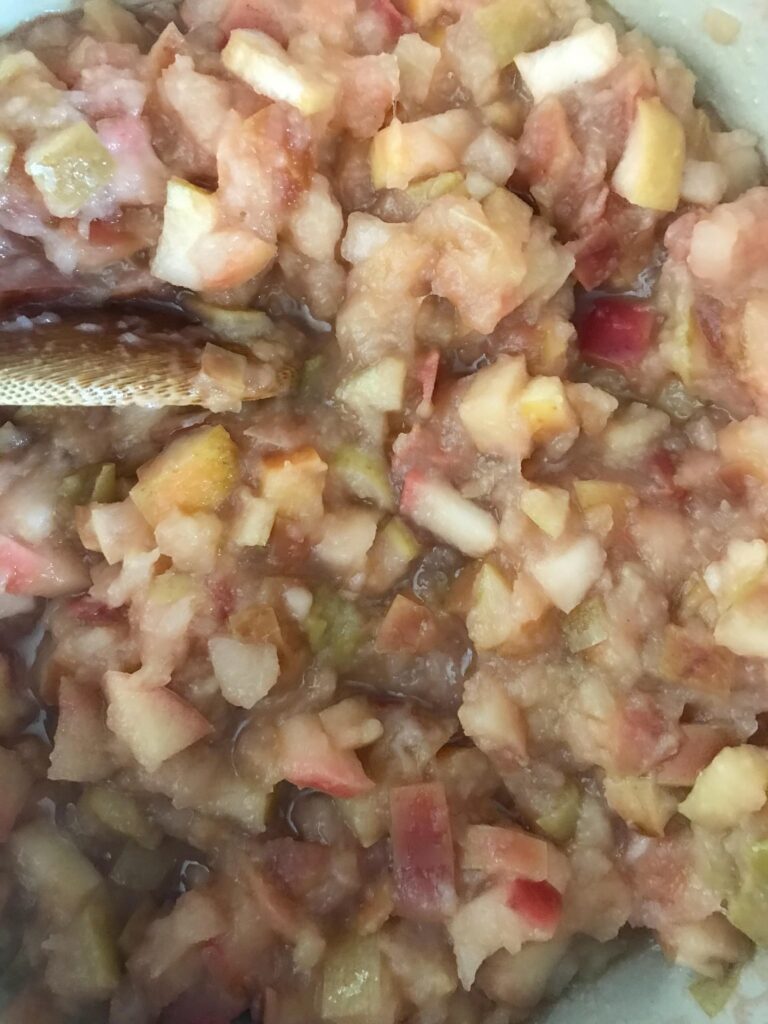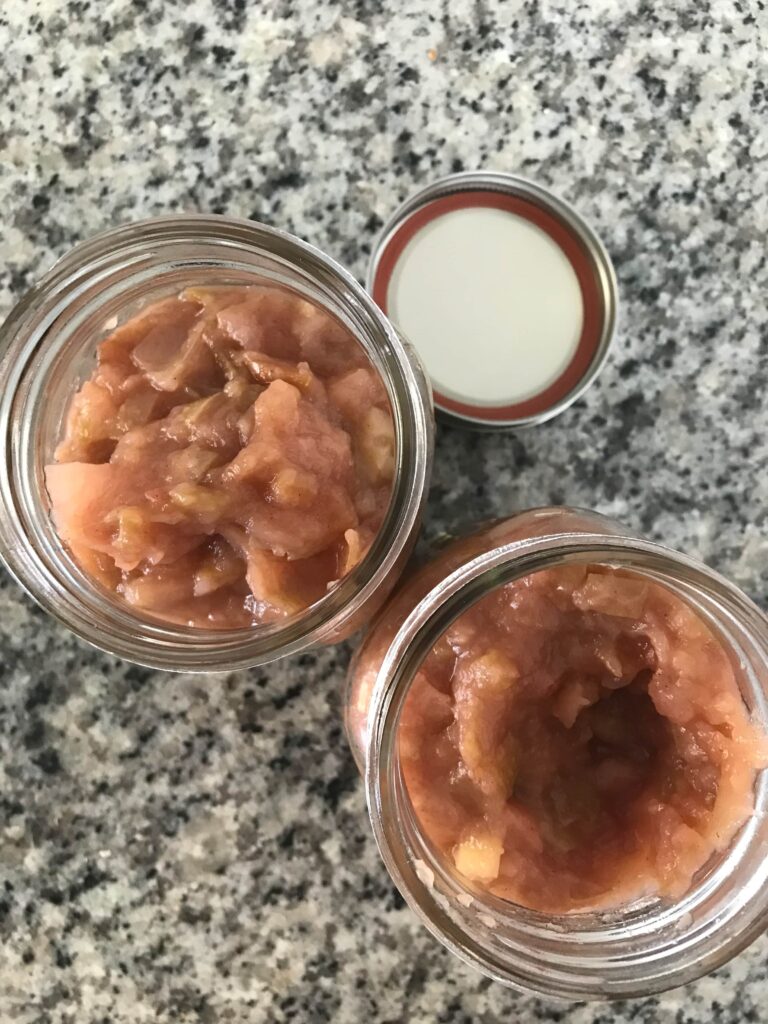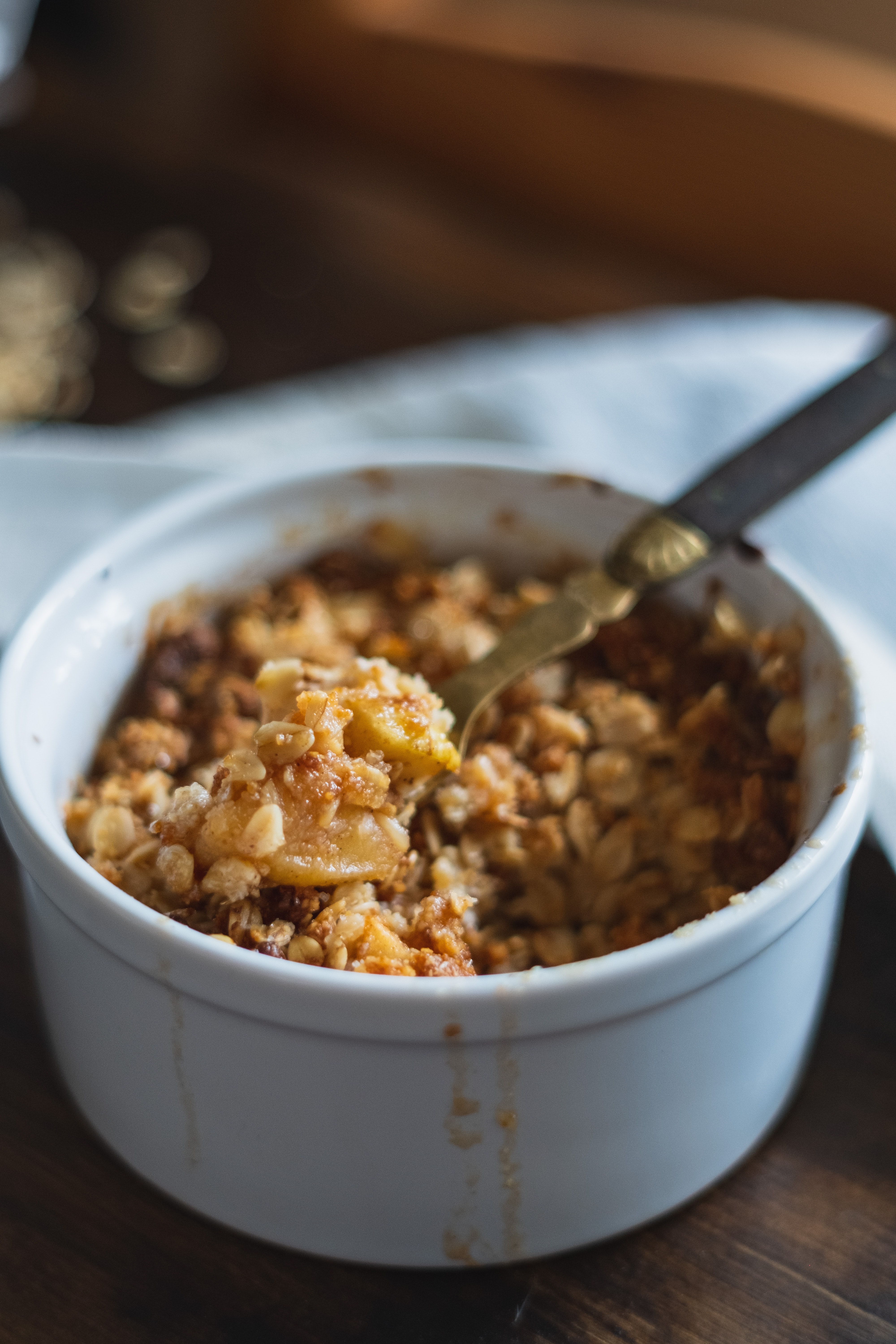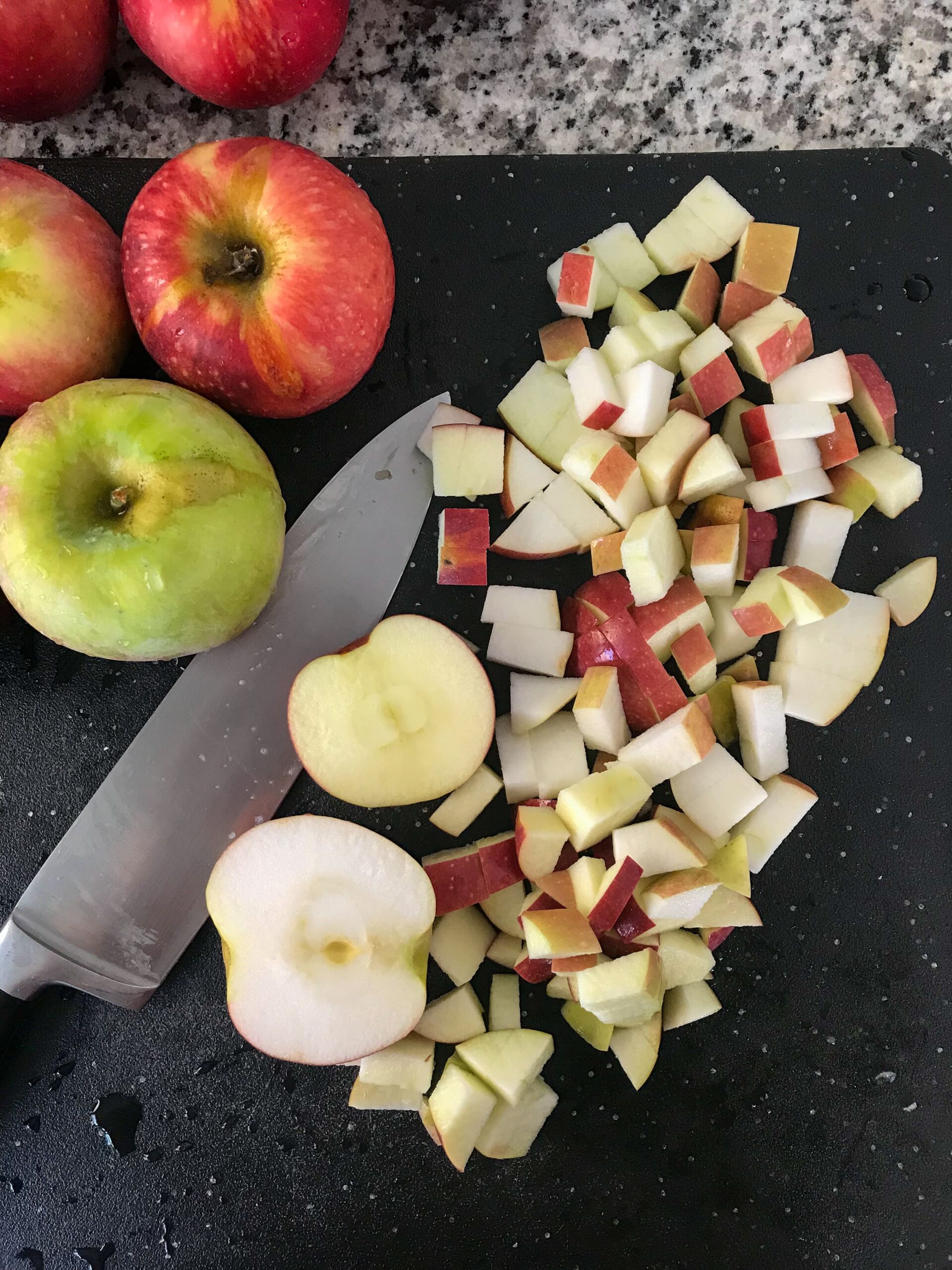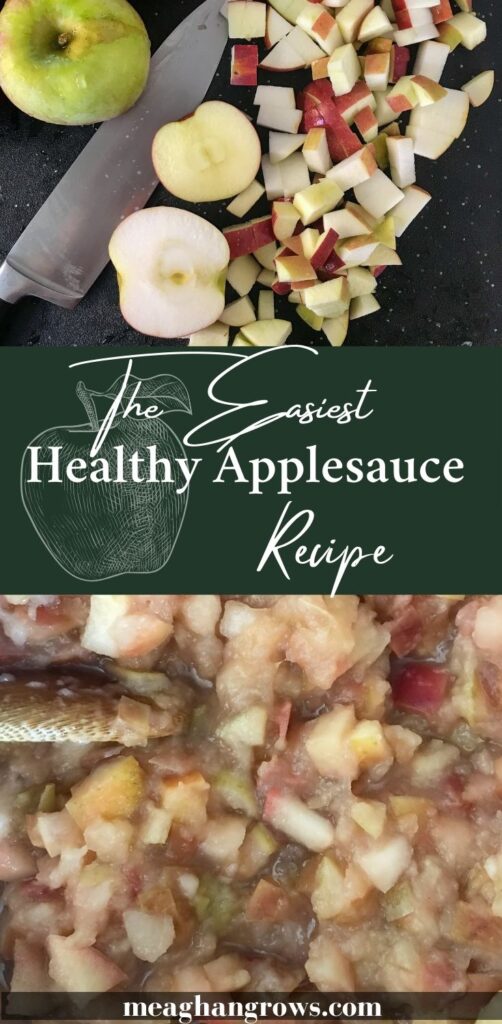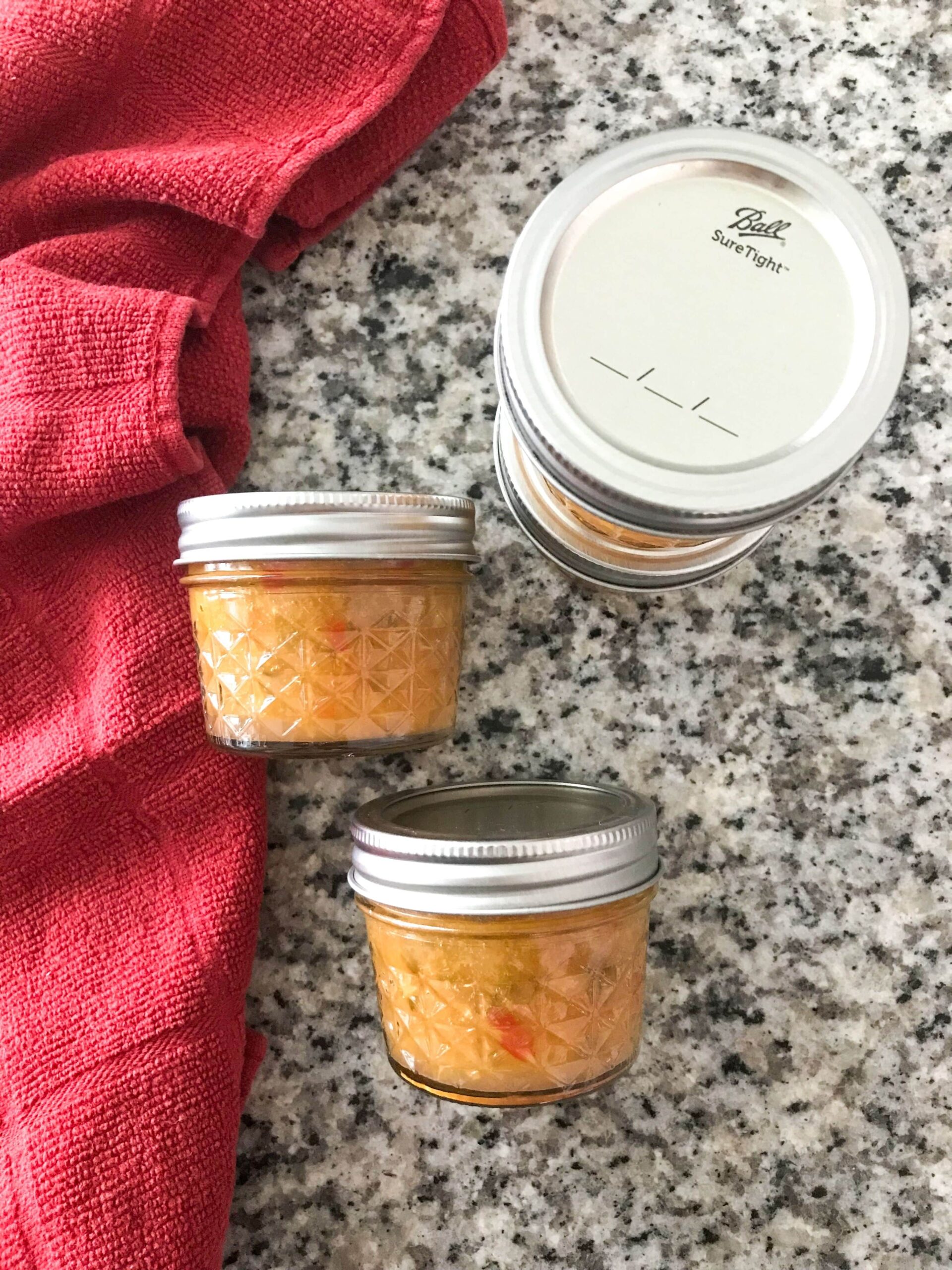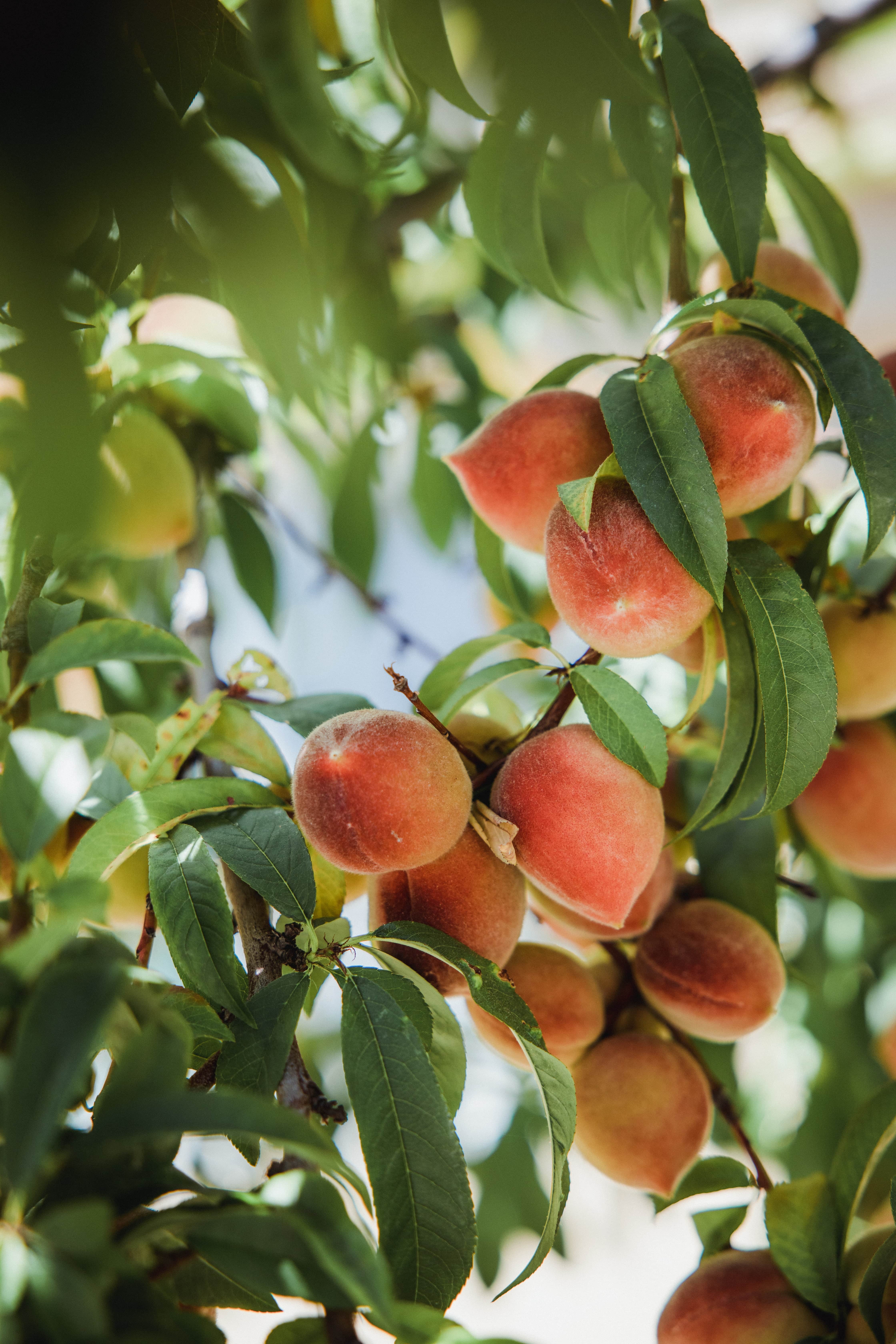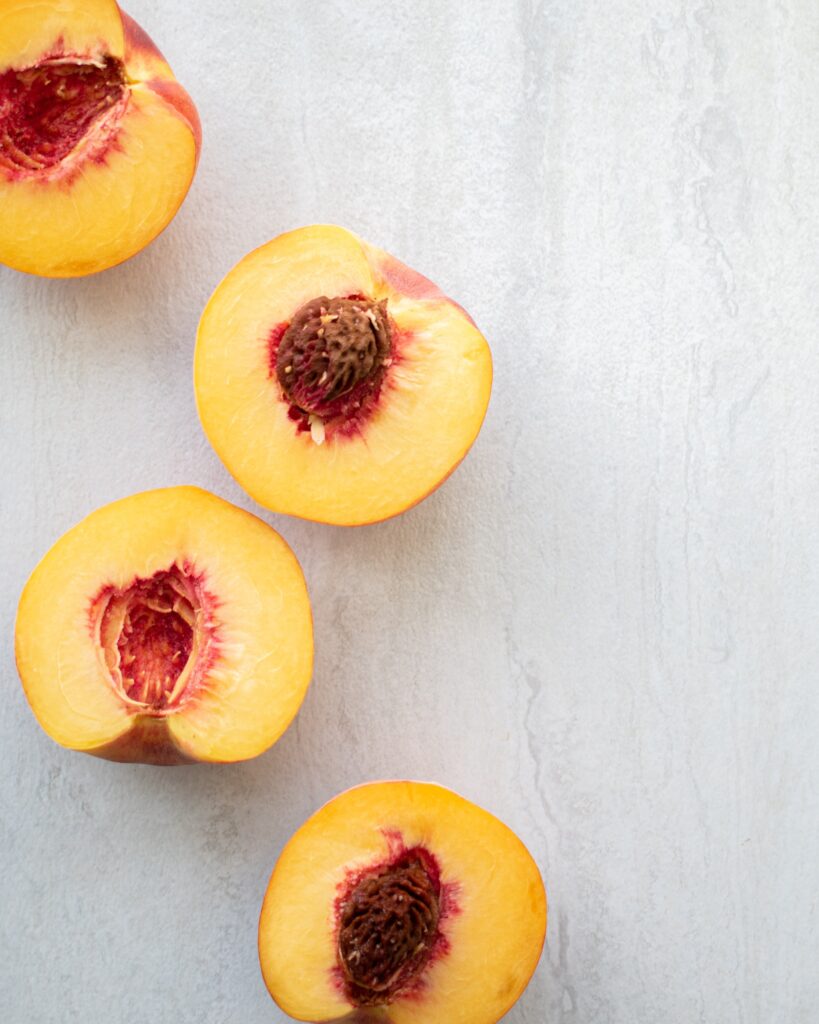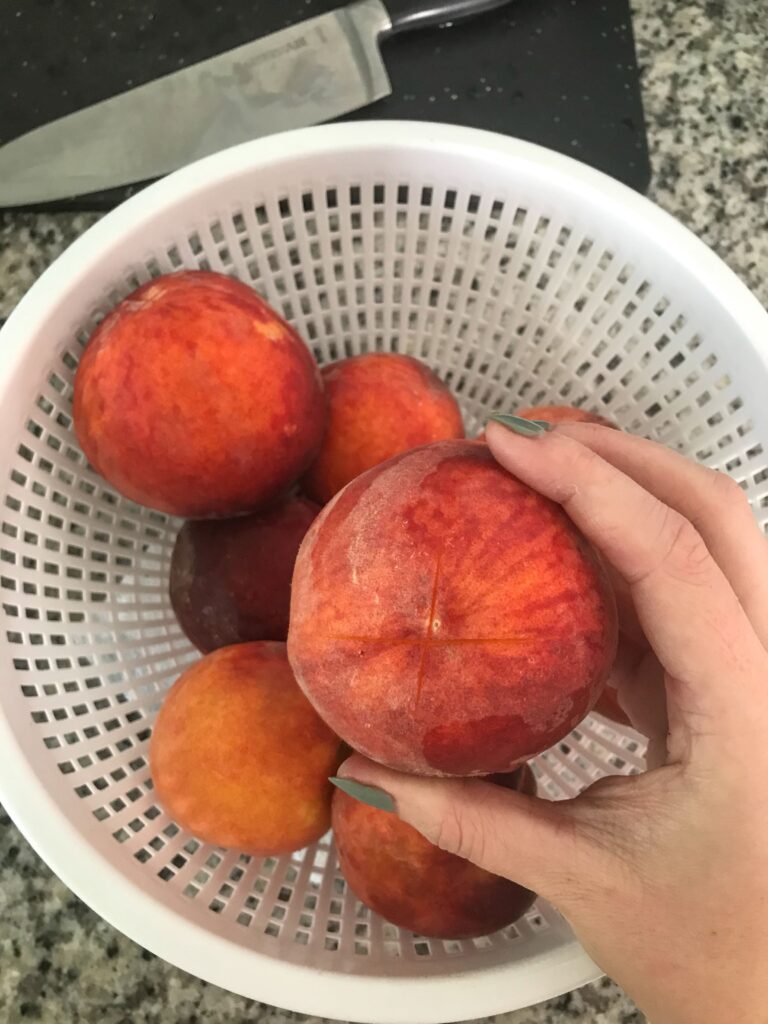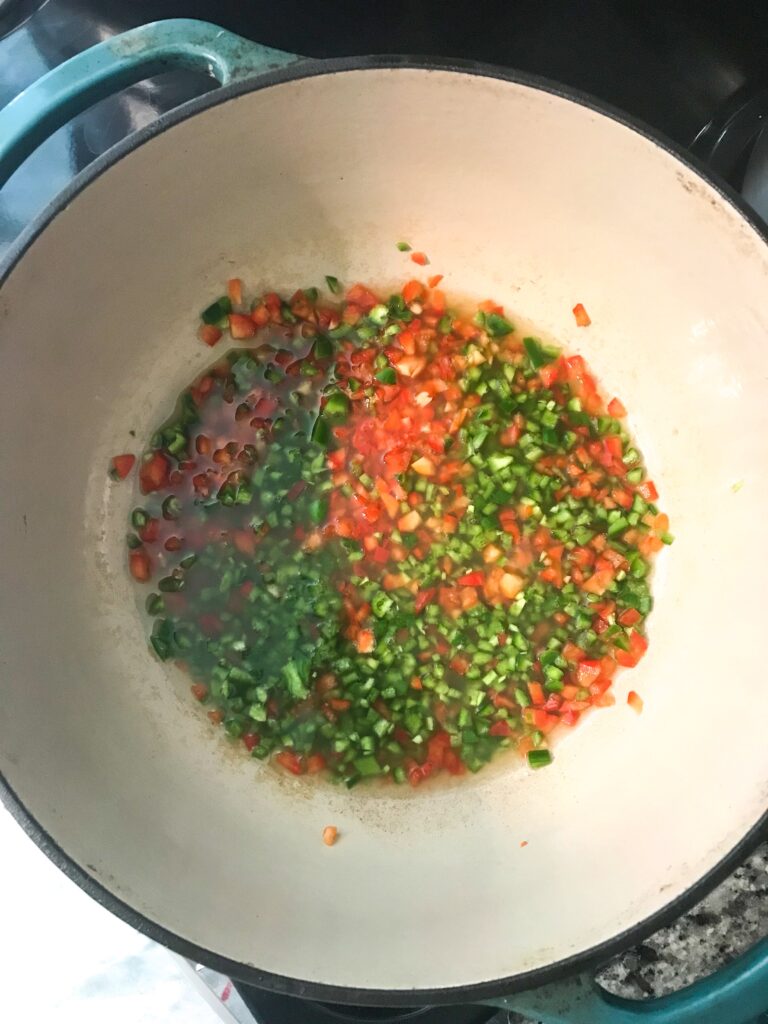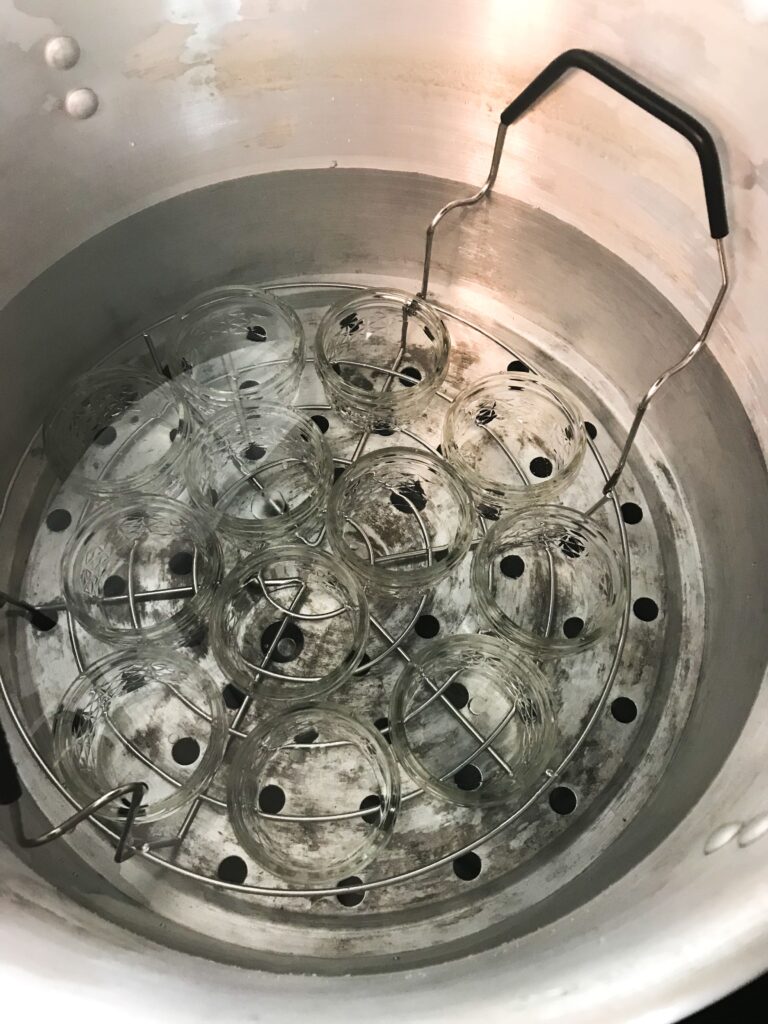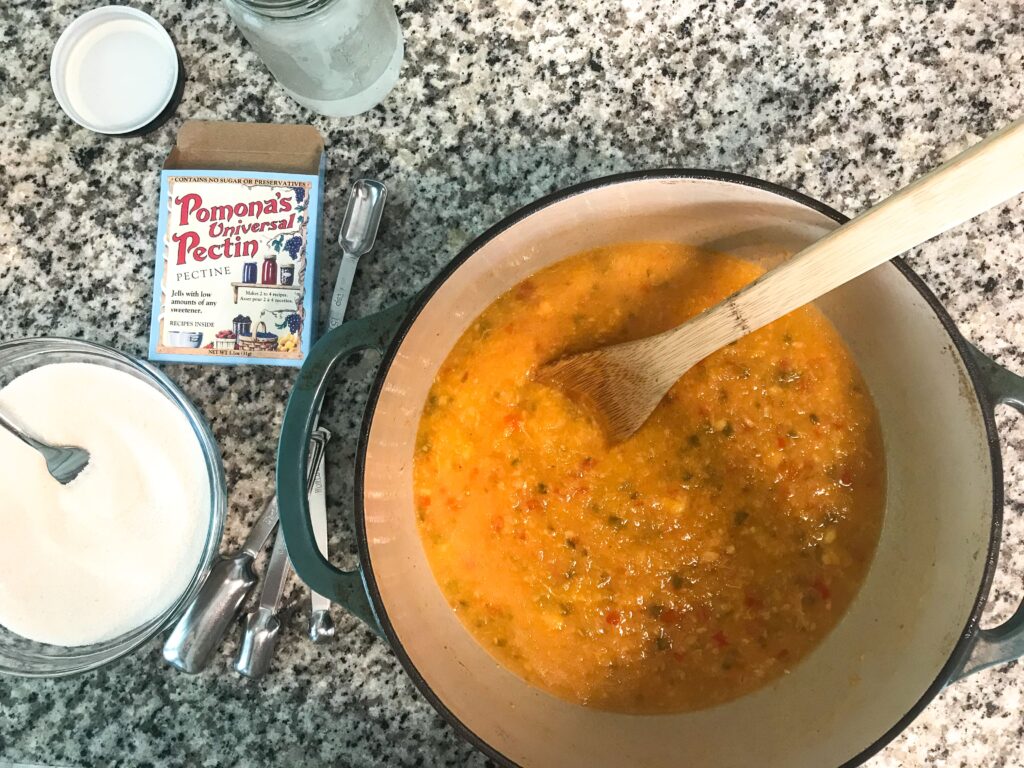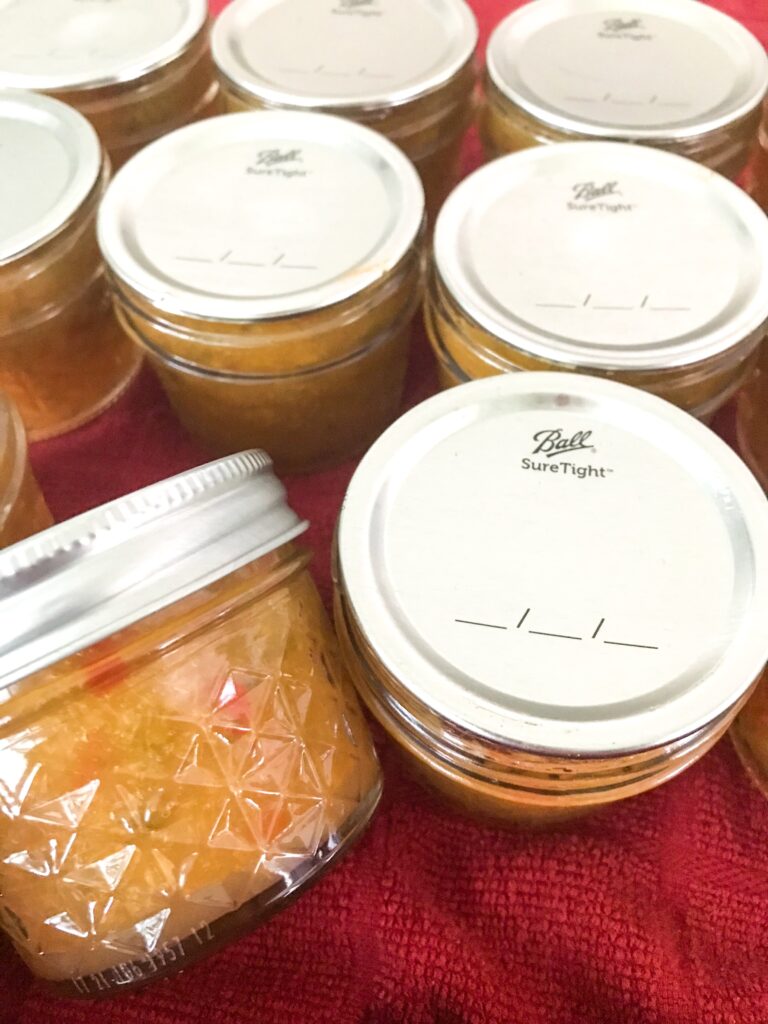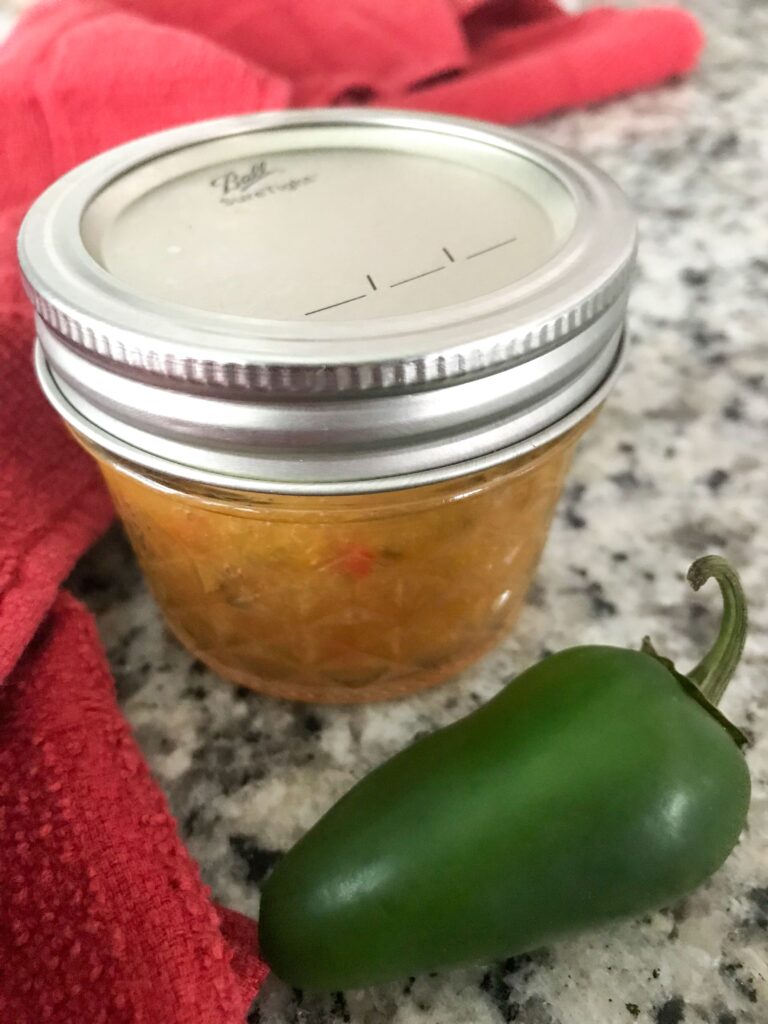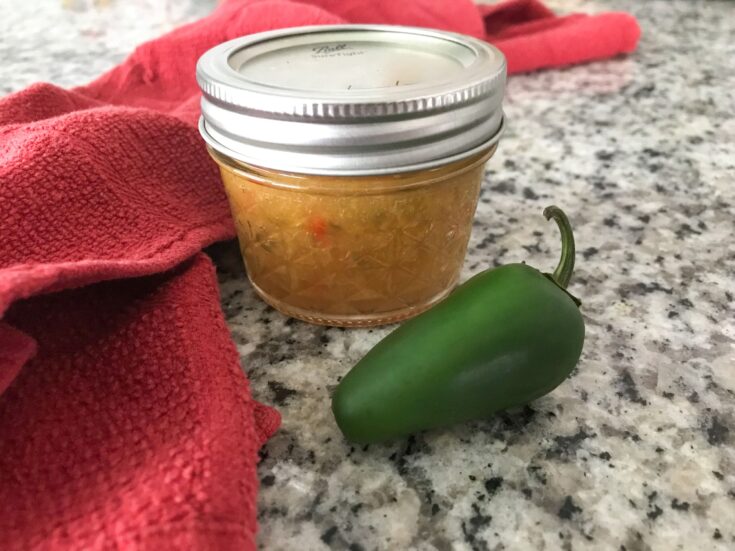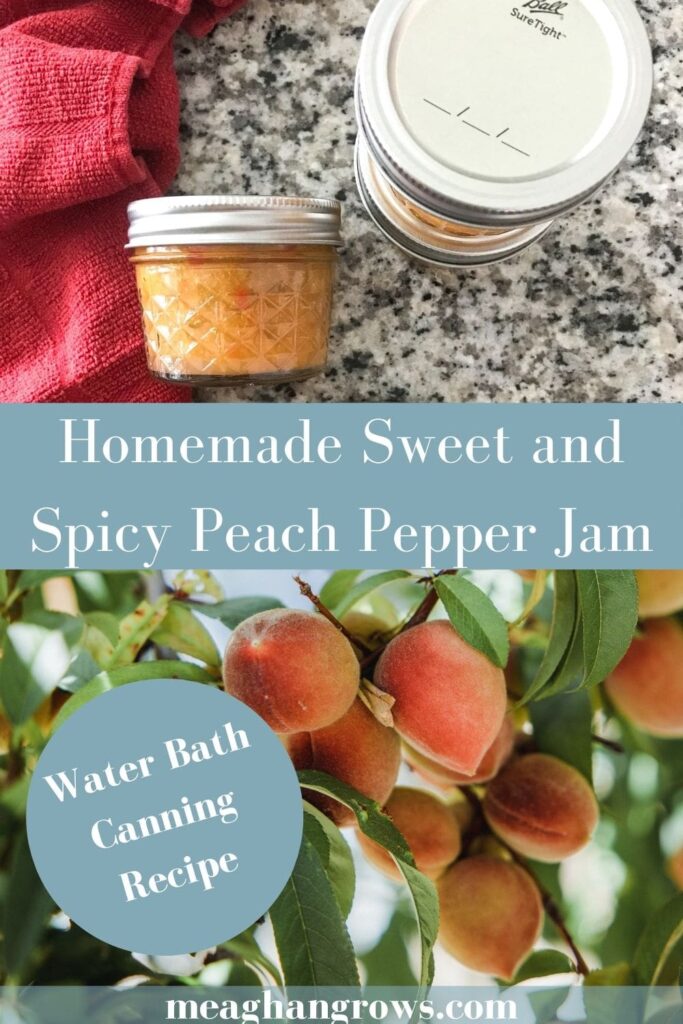In today’s post, we’re walking through how to make my simple sourdough sandwich bread – literally the recipe I use once a week. It’s a simple intro to some standard sourdough techniques, good for your gut, and so, so delicious!
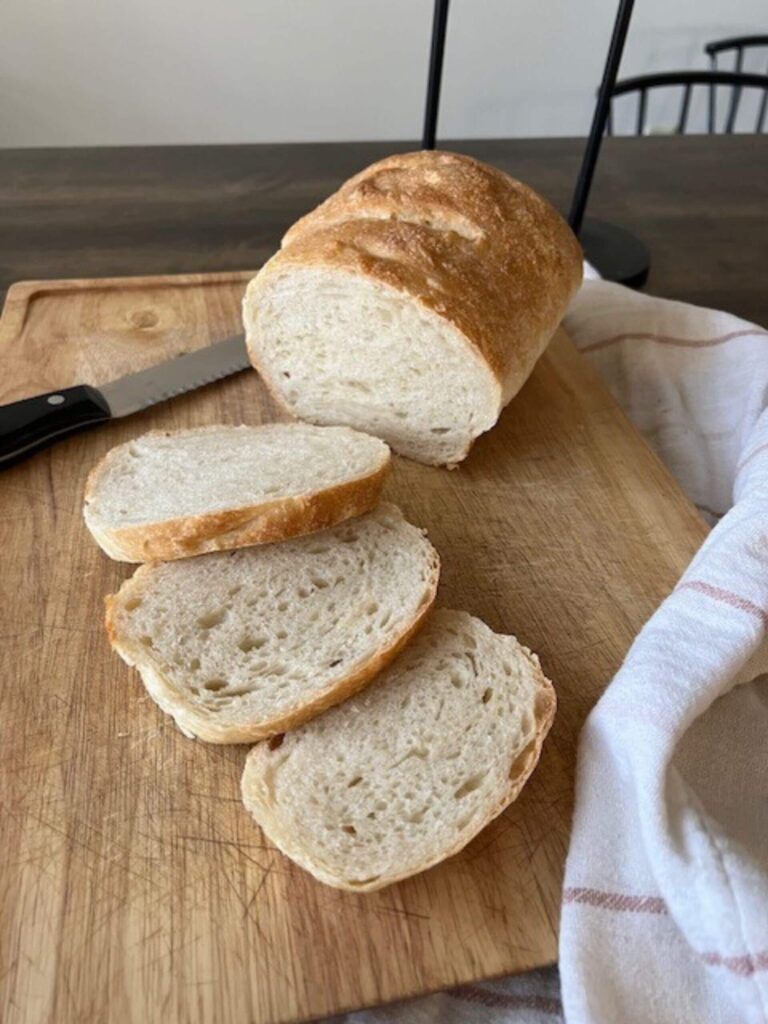
It takes more time and a little more planning, but I truly believe sourdough bread is easier than yeast bread. This recipe has become a part of my weekly routine, so we never buy bread!
Sourdough sandwich bread is the perfect bread to keep on hand: you can use it in any number of situations. And it’s mild-tasting enough to convert even the most sourdough-skeptic.
I developed this recipe specifically for my family’s sandwich and toast needs. I could do artisan bread all day everyday, but my husband wanted a soft, squishy bread with minimal holes for his daily PB&J toast.
This recipe is so simple and easy – once you make it part of your routine, you’ll never want to go back to store-bought bread.
I go through my weekly baking routine below, but sourdough sandwich bread is the my “last” bake of the week on Sundays. I mention that because by then I’ve fed and discarded from my starter a few times so it’s super bubbly and active.
Note that this is the recipe I used with regular, store-bought flour. For a fresh flour, like one you mill yourself or get from a coop like Azure Standard, I use a different recipe that’s higher hydration (i.e., a higher percentage of water to flour) – I’ll share that recipe soon. (Note: if you use my link to place your first Azure Standard order, I get a $25 referral bonus towards my next order.)

why sourdough?
It seems like everyone got into sourdough at the beginning of the pandemic. But if it’s still new to you, here’s the rundown:
- Sourdough is much healthier and more gut-friendly than standard yeast-risen breads. Did you know many people with gluten sensitivities (not celiac) can actually digest sourdough just fine? The slow ferment consumes the gluten and changes the protein structure of the finished bread, making it much easier to digest and the nutrients more bio-available to our bodies. Even if you don’t have a gluten sensitivity, you may find it easier to digest sourdough, especially if you’re prone to bloat or a post-lunch slump.
- In breads leavened with commercial yeast, even if it’s a super hearty whole-grain bread, phytic acid limits the body’s ability to absorb minerals. The phytates bind to vitamins and minerals, and because your body has a hard time digesting phytates, it can’t get the vitamins and minerals either. The lactic acid in a sourdough starter reduces the bread’s pH, which degrades the phytates so fewer of them can bind to the minerals in the flour.
- The combination of lactic acid and wild yeasts makes the bread rise; it just takes a lot longer than commercial, or baker’s yeast. Sourdough is how people have made bread for thousands of years – baker’s yeast didn’t become available until the late 19th century. That slow fermentation process also leads to healthier bread on another front – the slower the fermentation, the higher the soluble fiber. High-fiber foods keep you feeling fuller longer and have a lower glycemic index. So no sugar spike and ensuing crash!
Personally, I also just find sourdoughs much tastier and more interesting than “normal” breads. And as a baker, while they are time-consuming, I find sourdoughs more forgiving. Once you get the basics down, they’re pretty hard to mess up and support any number of fun variations. Check out these make-ahead sourdough cinnamon rolls I developed for my family’s Christmas brunch or the pizza dough we make every weekend!
is sourdough bread good for you?
I’m not going to claim bread on its own is healthy. Naked carbs are still more likely to throw off your blood sugar balance than a carb paired with a protein and a fat. But I’d say it’s probably healthier than the commercial yeast alternative. And it’s definitely healthier than grocery store bread. You have total control over the ingredients, and there’s no weird additives or preservatives.
is sourdough bread sour?
Only if you want it to be! This is true for just about all sourdough baking – it’s only sour if your starter is hungry.
If you’ve ever gone a while without feeding it, you may have noticed a greyish liquid forming on top and a much more sour smell. This liquid is called hooch, and it’s just an alcohol byproduct that indicates your starter has used up all available food.
If you were to try to bake with your starter in this state, yes it would probably be sour. But a good established starter that’s fed regularly should not be. There might be a slight tanginess that’s not present in commercial breads, but I think that just adds to the complexity of the flavor!
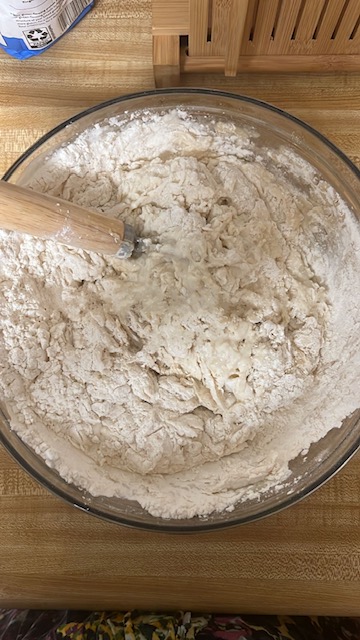
how can I modify/personalize this sourdough sandwich bread recipe?
There’s a number of ways you can tweak this sourdough sandwich bread to suit your family’s tastes. On the more basic level, you can swap out the source of oil or sweetener. Instead of coconut oil, avocado oil is a great choice. I’ve also tried melted butter. Instead of honey, you can use sorghum or maple syrup. I haven’t tried cane sugar but I can’t image the results would be that different.
You can also tweak the flour ratios depending on what your family likes. As written, I call for 350 g of white flour and 150 g of whole wheat flour, but as long as your flour totals 500 g you can change the proportions.
Finally, you can make this sourdough sandwich bread into a multigrain bread by following the instructions for the soaker included below. Add to the heartiness by pressing rolled oats or pepitas/sunflower seeds into the top before baking!
how do i get a sourdough starter?
You can make one! It takes nothing more than flour, water, and wild yeasts you capture out of the air! I’m on my third starter in the last decade (I opted not to bring it with me on moves to and from the US for grad school). But currently starter did survive the 12-hour drive from Ohio to North Carolina just fine.
I don’t have a sourdough starter from scratch guide on this site yet (hopefully coming soon) but there are any number a quick google away.
If you’re impatient, you can also buy some from local or online bakeries. I know King Arthur flour sells it! (This is just information not a recommendation, as I’ve never tried their starter myself. Big fan of the flour though!)
how long does sourdough sandwich bread take to make?
Hands-on time is maybe half an hour, spread out across the first couple hours of the bulk fermentation period. So it’s best if you’re be home to do the stretch and folds (more on that below), but I do the majority of the bulk fermentation time overnight while I’m sleeping. Then in the morning you shape the bread and let it proof in the pan another hour or two before baking. The total time from start to finish is probably around twelve hours, but you can spend most of that sleeping!
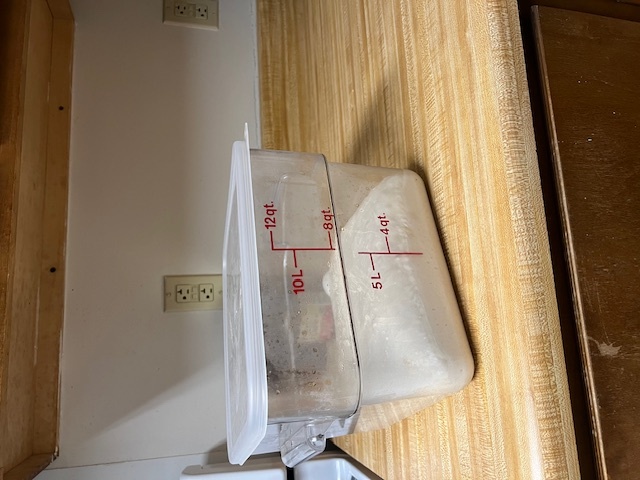
how long will sourdough sandwich bread last?
On the counter, our loaf lasts most of a week when wrapped in a plastic bag. I bake on Sunday, and then if there’s any substantial amount left the next Saturday I make a French toast casserole for breakfast. Any remaining ends get frozen for future breadcrumbs.
can i freeze sourdough sandwich bread?
Sure, you can freeze it just like you do regular bread. I would wait ’til it’s baked and cooled, and then slice it before freezing.
how do you shape sourdough sandwich bread?
The big thing to know is do not use a rolling pin. Doing so will squish all the lovely yeast bubbles your dough has formed throughout its fermentation. Do some experimenting to see what you like – sometimes I lightly flour the counter, sometimes I sprinkle it with water, sometimes I used avocado oil spray.
After prepping the countertop in the method of your choice, turn out the dough and pat it into the big rectangle. Then fold the two outer thirds in to meet in the middle. Then starting at either the top of bottom, roll the dough in on itself like you’re rolling up cinnamon rolls. Now you can pick it up and plop it in the preferred pan.
what’s the best kind of pan to bake sourdough sandwich bread?
I use a regular metal loaf pan lined with parchment paper. I find the loaf has a tendency to stick without the paper. I’m sure you could use something fancier like a stoneware pan or cast iron or a cloche. But for sandwich bread, I’m trying to keep a softer crust so I keep it simple.
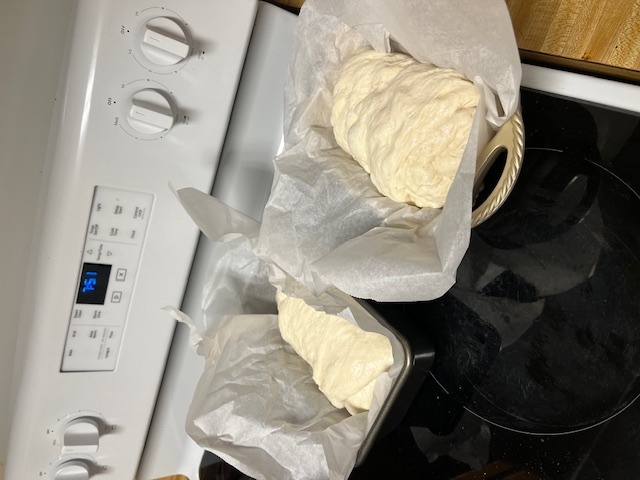
basic sourdough techniques + terms:
levain
Surprise, this is the French word for leaven, from the verb ‘to rise’ which is lever. Basically, it’s just the fancy term for your sourdough starter. Some recipes will call for a levain step in which you mix a small amount of starter with a small amount of flour and water. You could also just take that full weight amount from your fed starter jar if you have enough.
discard
Because it’s a living thing, you do have to regularly feed your starter by adding flour and water. Now, unless you have some magic, infinitely expanding jar, at some point you’re going to run out of room. It may also not be advisable to keep so much on hand as you should be feeding it in proportion to its size. Honestly, you probably won’t need more than a cup at any point in time.
So discard refers to the portion that you discard before feeding so your jar doesn’t overflow. When feeding, you should aim to replace what you removed. When I feed, if there’s more than ~25g in my jar, I move the excess to a different discard jar. Then I feed ~50 g flour and ~50 g water. I use the discard weekly in Diner-Style Sourdough Buttermilk Pancakes, as well as in things like cornbread, chocolate chip cookies, biscuits, etc.
autolyse
The autolyse is usually one of the first (if not the first) steps in a sourdough recipe. It’s just mixing the flour(s) and water and then allowing it to rest for up to an hour.
You want to do this step because the water activates the enzymes in the flour which begin to break down protein bonds, relaxing the dough. A relaxed dough has higher extensibility, which is its ability to stretch without tearing – something necessary for a good rise. A good dough will have a balance of extensibility and elasticity, or the tendency to resist stretching. Together, they make it so your dough can expand while still trapping the gaseous byproducts of its fermentation, aka it rises without exploding.
pincer method
If you make the multigrain version of this bread, I call for incorporating the soaker using the pincer method.. In it, you use a pinching, or crab claw-like motion, to cut ingredients into the dough. Weirdly, it works better than mixing or stretching. It helps get wet ingredients more evenly distributed.
stretch and fold
This is the standard way to knead sourdough doughs – and is much easier and less work than how you need commercial yeast dough. Basically, using wet hands, get your hand under the dough, pull it up as far as you can without it tearing, and fold it over itself in the bowl. Rotate 45° and repeat until you’ve worked your way around the dough.
bulk fermentation
Bulk fermentation is basically just the dough’s first rise – after you’ve added the starter but before you’ve shaped. This, surprise surprise, is when it ferments.
proofing
In contrast, proofing is the second rise, after shaping and before baking. In this recipe, it happens the next morning after you shape the dough..
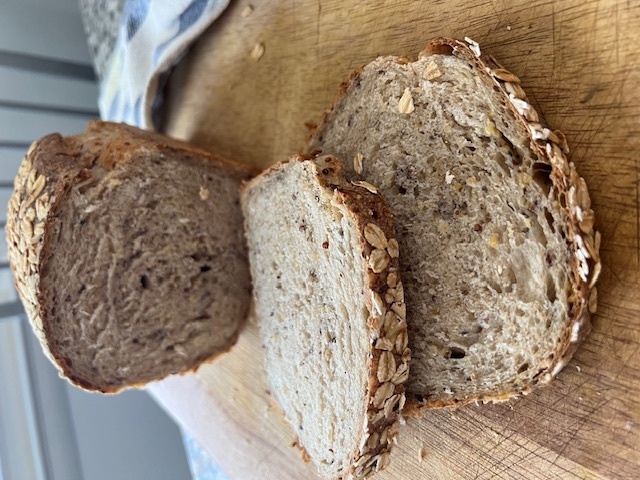
my weekly sourdough routine
Obviously, sourdough takes more time and forethought than commercially yeasted doughs. I tend to do the bulk of the week’s baking over the weekend, so here’s how I approach making sure my starter is ready to go whenever I want to bake:
- Thursday night: Before bed, I pull the starter out of the fridge and let it wake up on the counter overnight.
- Friday morning: Discard and feed starter.
- Friday lunchtime: Make my sourdough pizza crust dough. Feed starter to replenish what went into the dough.
- Saturday morning: Discard and feed starter.
- Saturday night: Use discard to make sourdough pancake batter (recipe coming soon!). Use active starter to make sourdough sandwich bread dough.
- Sunday morning: Proof and bake sourdough sandwich bread.
If I don’t need the starter again til next week’s pizza dough, back into the fridge it goes! I use my starter every week, but you don’t actually have to. A healthy starter can live in the fridge a few weeks between feedings!
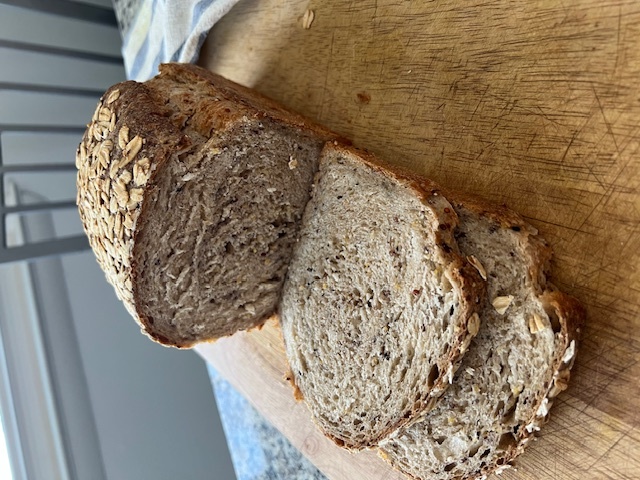
Sourdough Sandwich Bread

It takes more time and a little more planning, but I truly believe sourdough bread is easier than yeast bread. This recipe has become a part of my weekly routine, so we never buy bread!
Ingredients
For the dough
- 50g bubbly, 100% hydration sourdough starter
- 300g warm filtered water
- 20g honey
- 45g melted coconut oil
- 150g whole wheat flourt
- 350g bread flour
For the multigrain soaker (optional)
- 75g multigrain cereal mix (I made my own w/ flax, hemp, chia, polenta, oats and quinoa)
- ~240g hot water
- Rolled oats for topping (optional)
Instructions
1. Prepare the soaker a few hours before baking. I usually use less water than called for, just enough to hydrate, because the chia will absorb liquid. If your mix doesn't have chia, be sure to drain excess water before adding to the dough.
2. When ready to make the dough, mix the starter with water, honey, and oil in a large bowl. Add flours and salt.
3. Mix by hand to form a shaggy dough. Cover and let rest for 30 minutes.
4. If using, add the multigrains to the dough using the pincer method to incorporate. Then do a round of stretch and folds (as best you can–this is a wet dough; resist the urge to add more flour). This begins bulk fermentation. Cover the bowl and let rise until doubled, about 8-9 hours. (I do this overnight.)
5. Optional: For the first couple hours of the bulk ferment, you can continue doing stretch and folds every 30 minutes.
6. Place the dough onto a surface lightly sprayed with water and press out to a rectangle. Roll into a log and place in an oiled 9x5 loaf pan, seam side down. See more on how to shape above.
7. Cover loosely and let rest until the dough has crested one inch above the rim of the pan, 1 to 2 hours.
8. Preheat your oven to 450F for at least an hour before baking the bread.
9. When it's time to bake, brush the loaf with water and press in some oats. Place the loaf on the center rack, bake for 5 minutes, then reduce the temp to 400F. Bake for 40-50 minutes longer, until it reaches an internal temperature of 190-195F. Cool in the pan for 10 min, then turn it onto a wire rack to cool completely.



